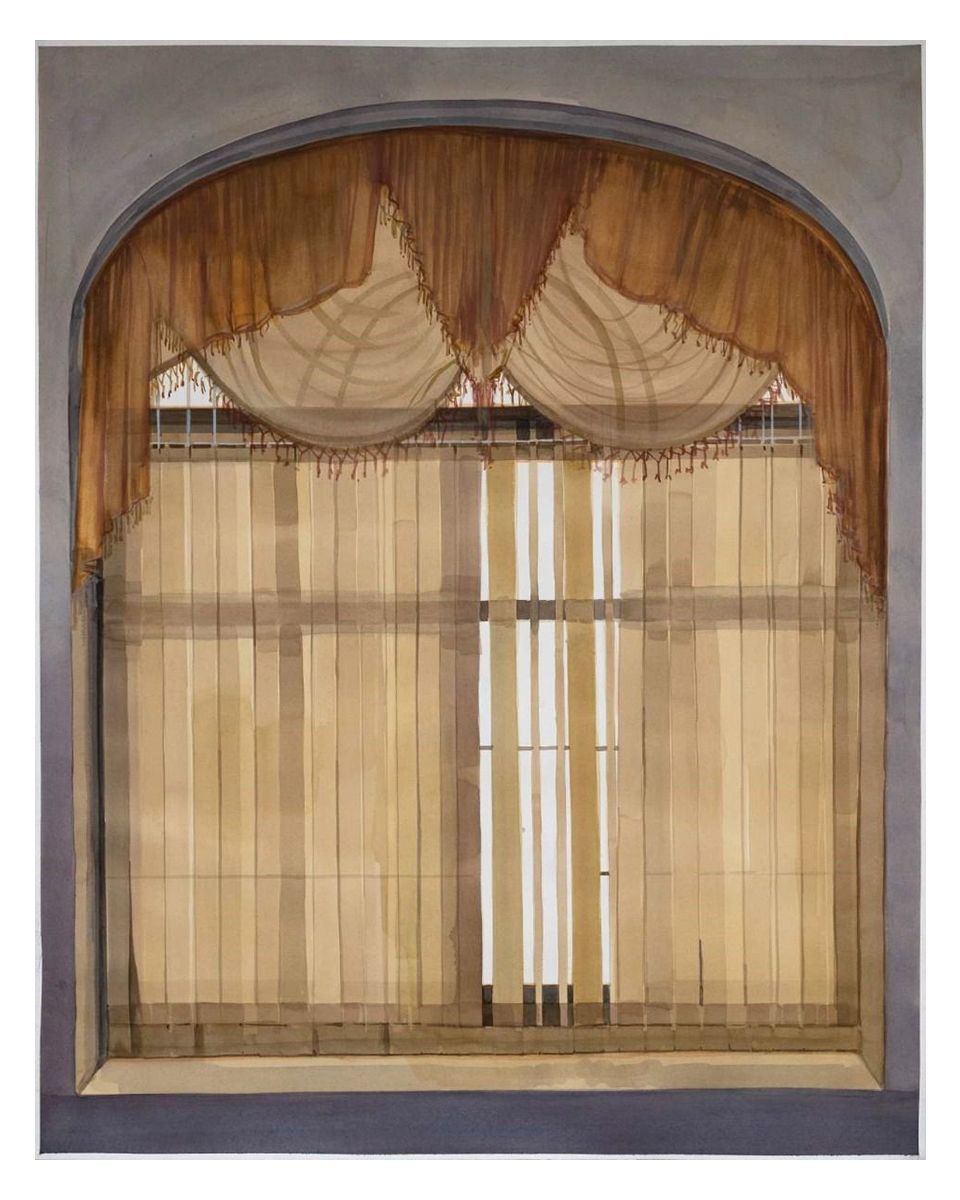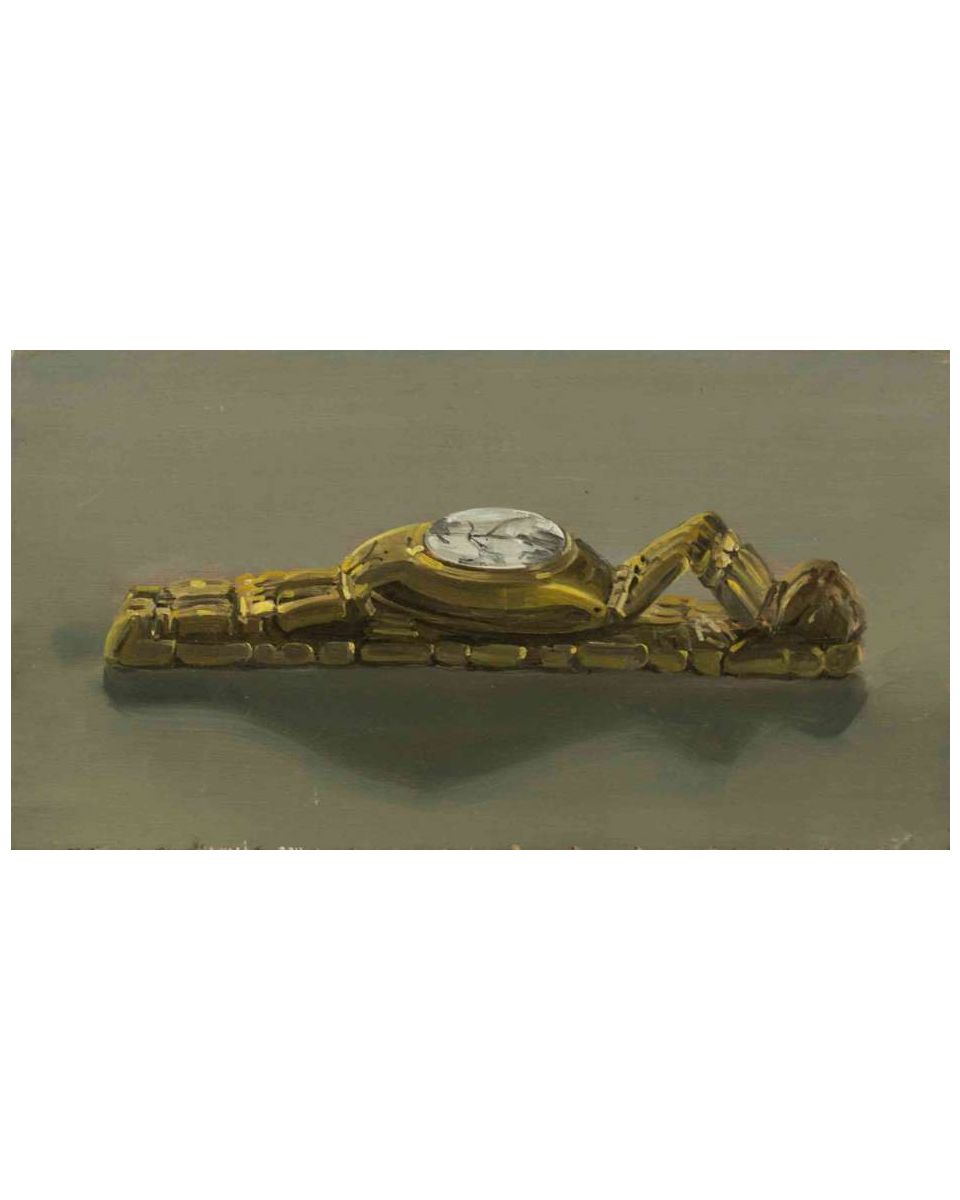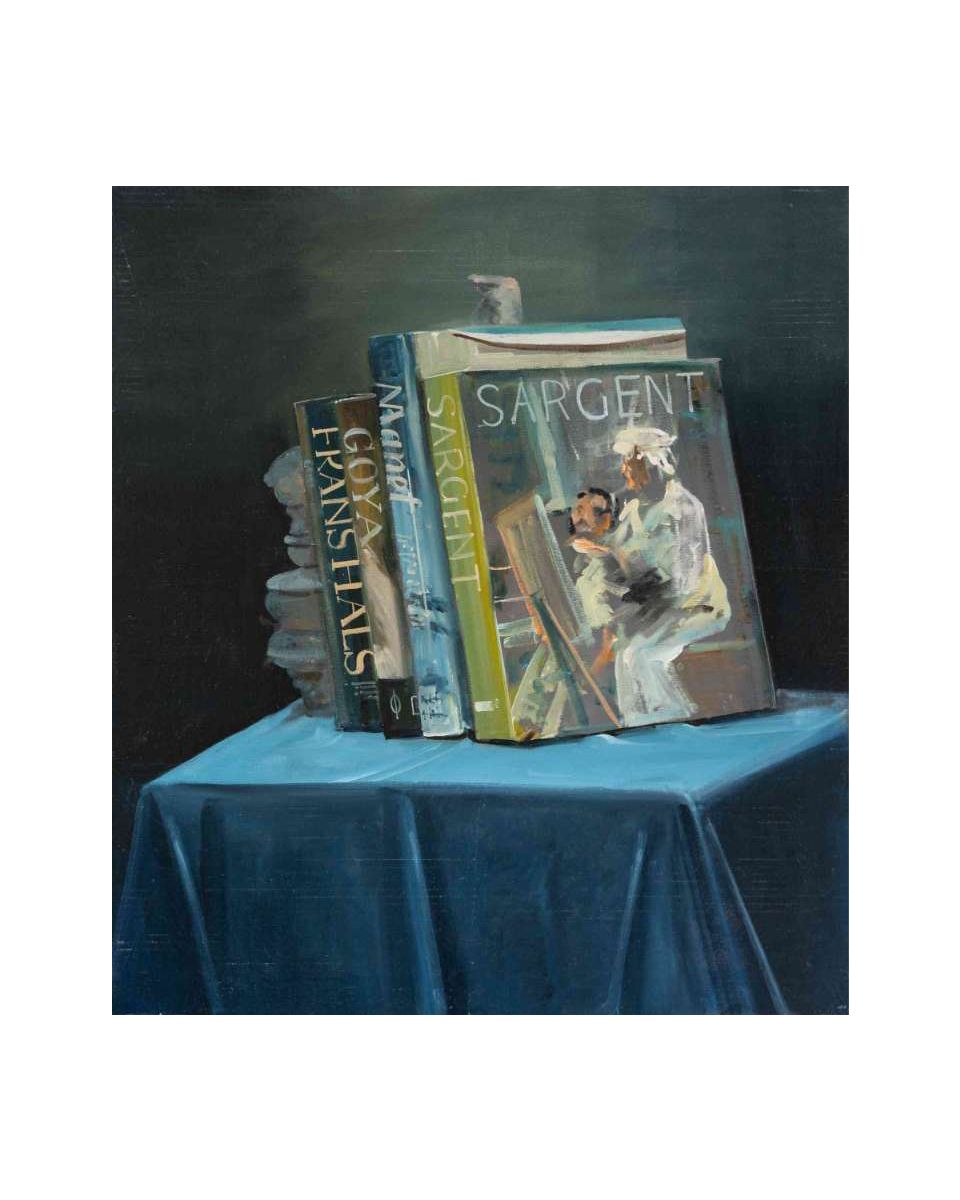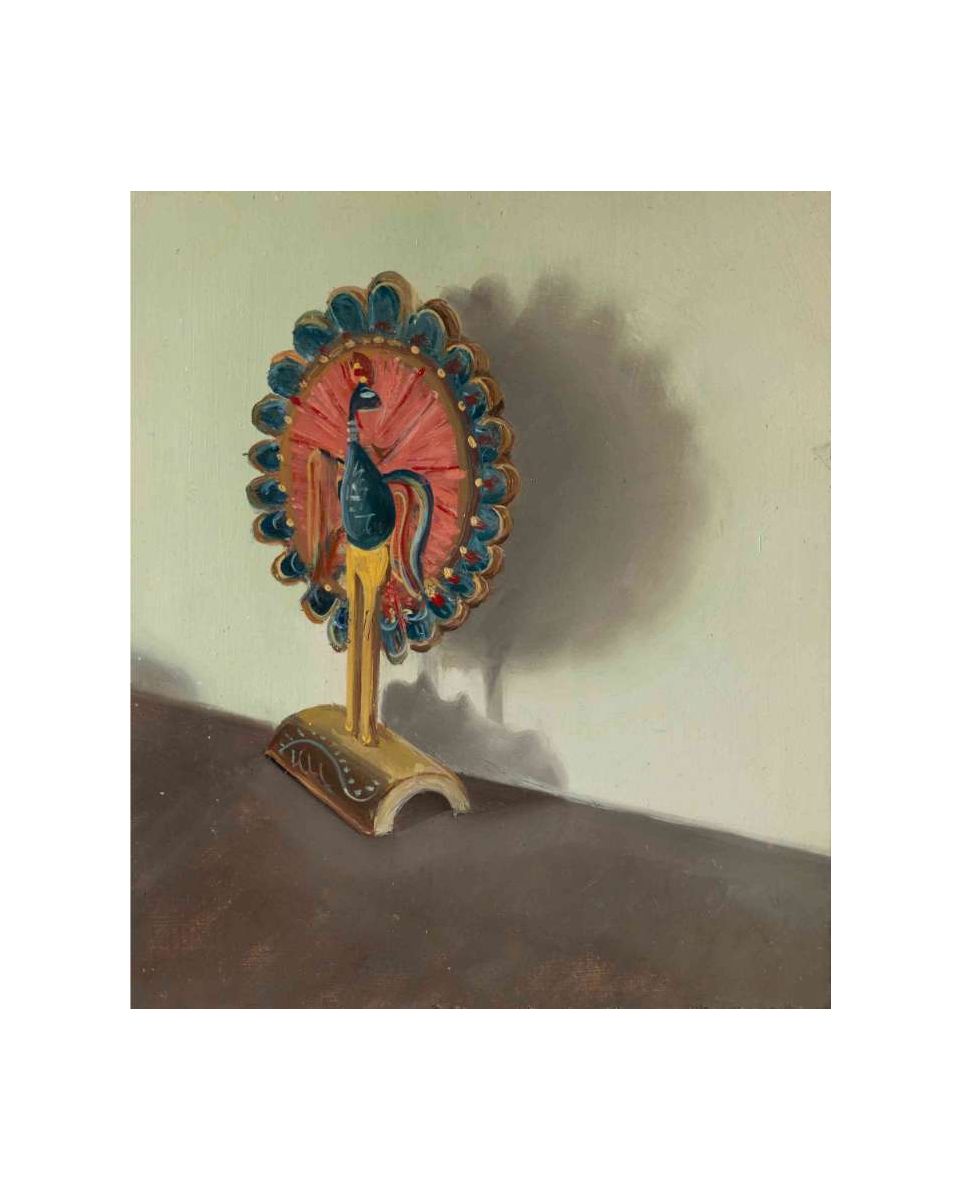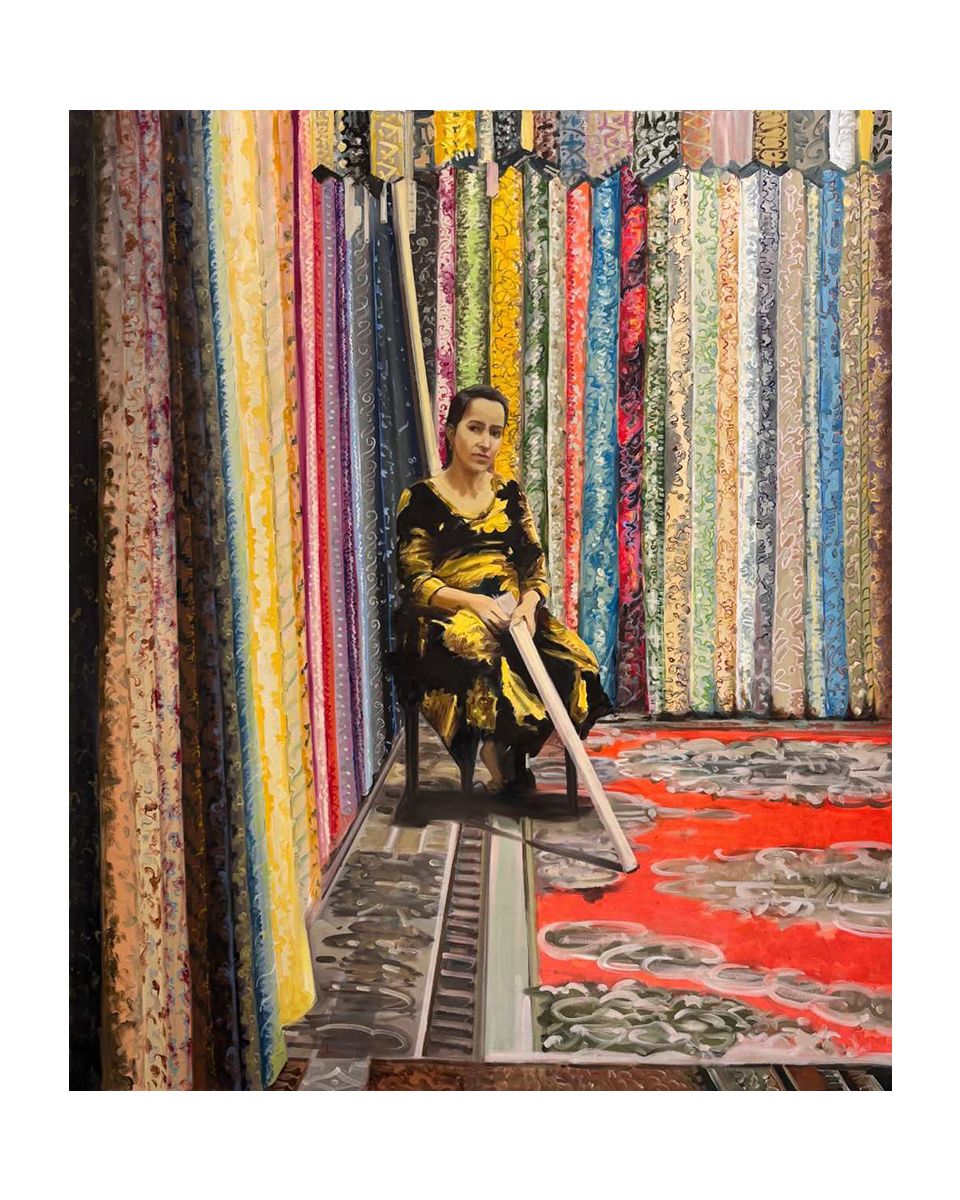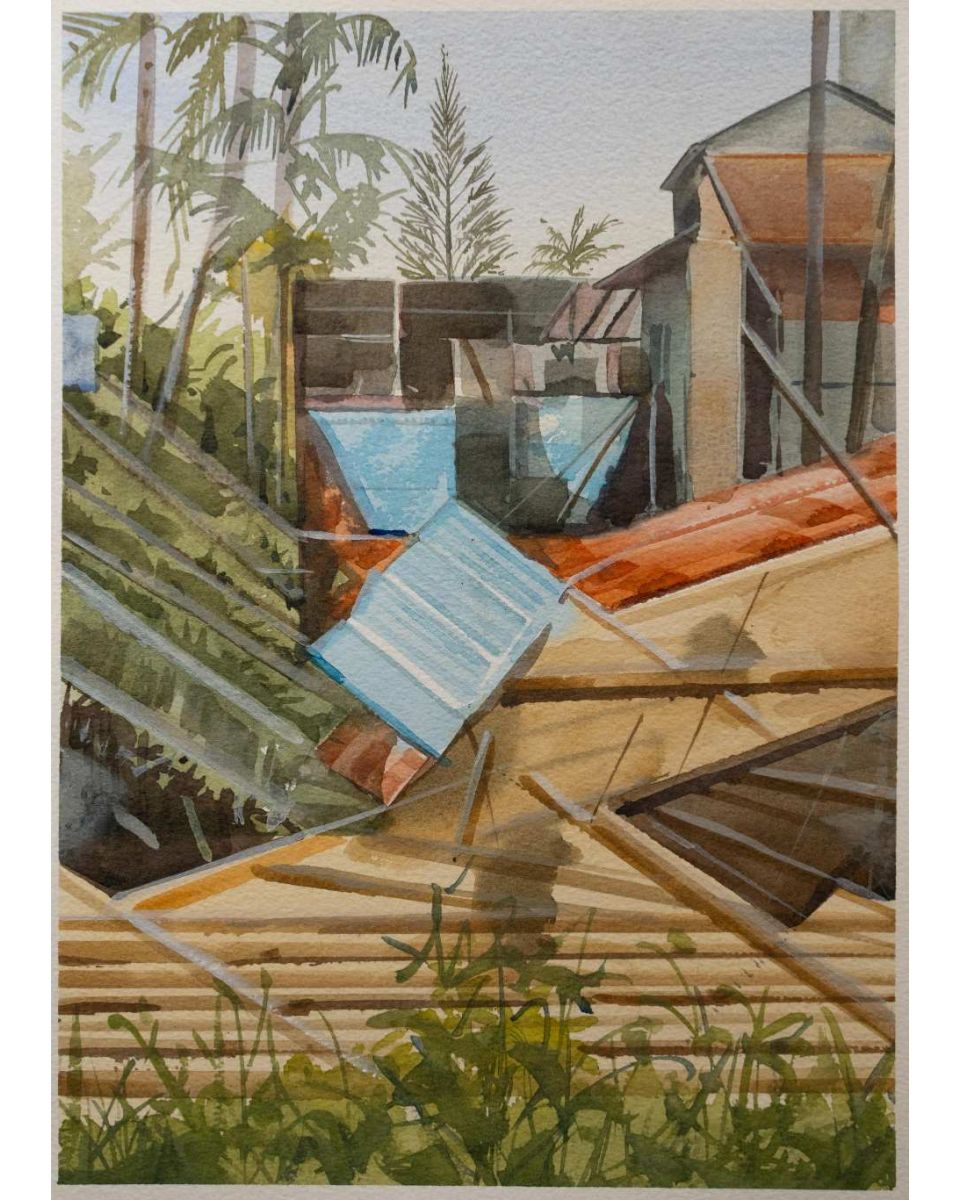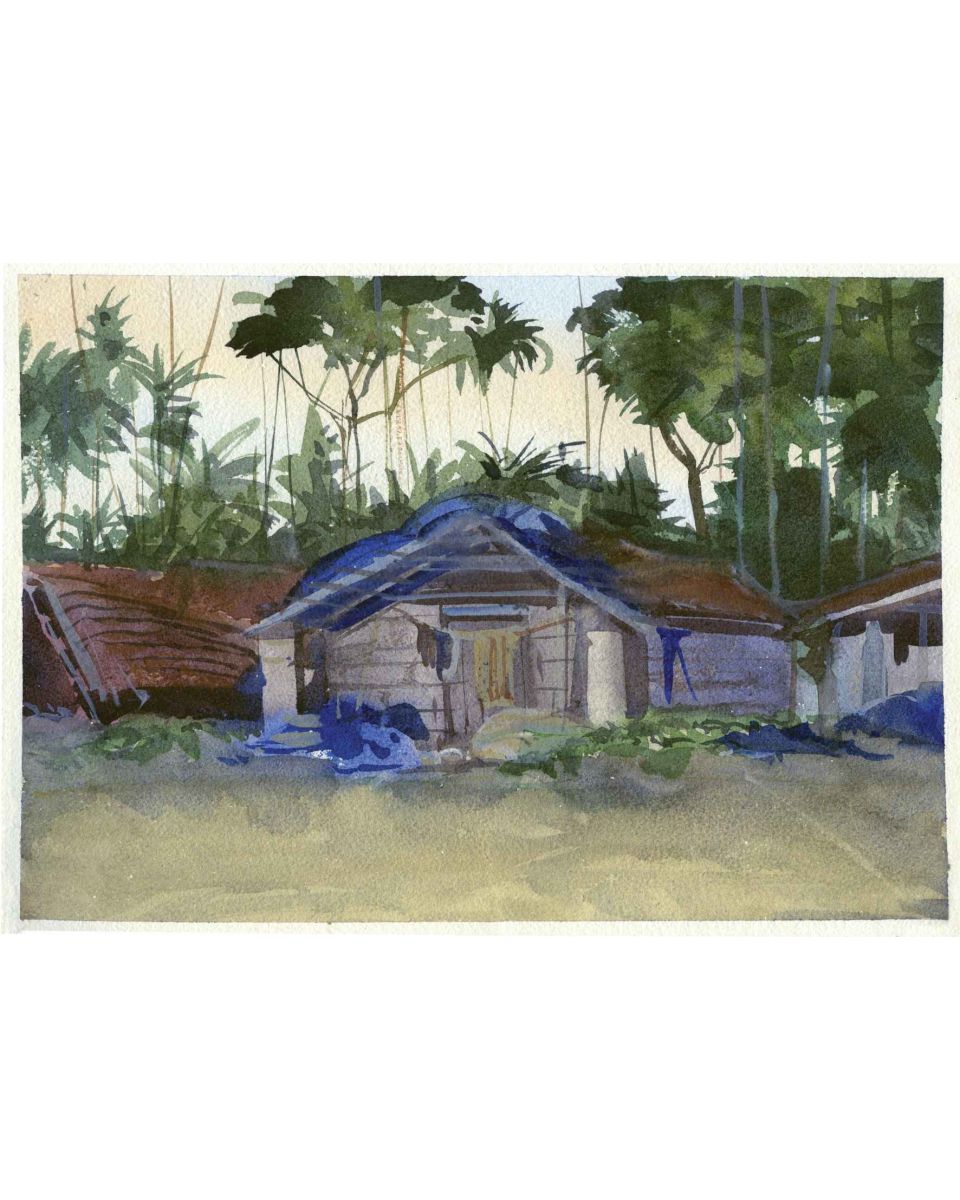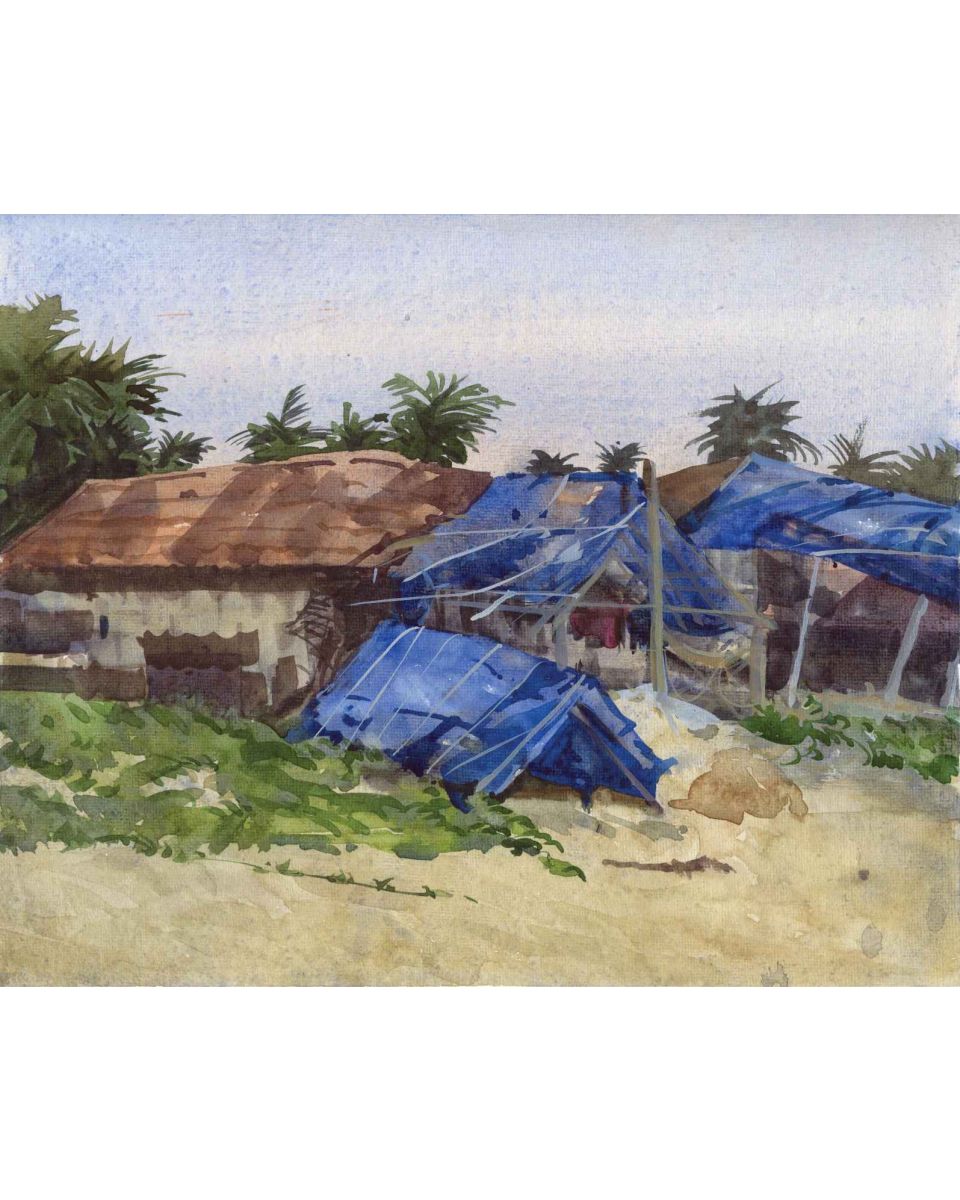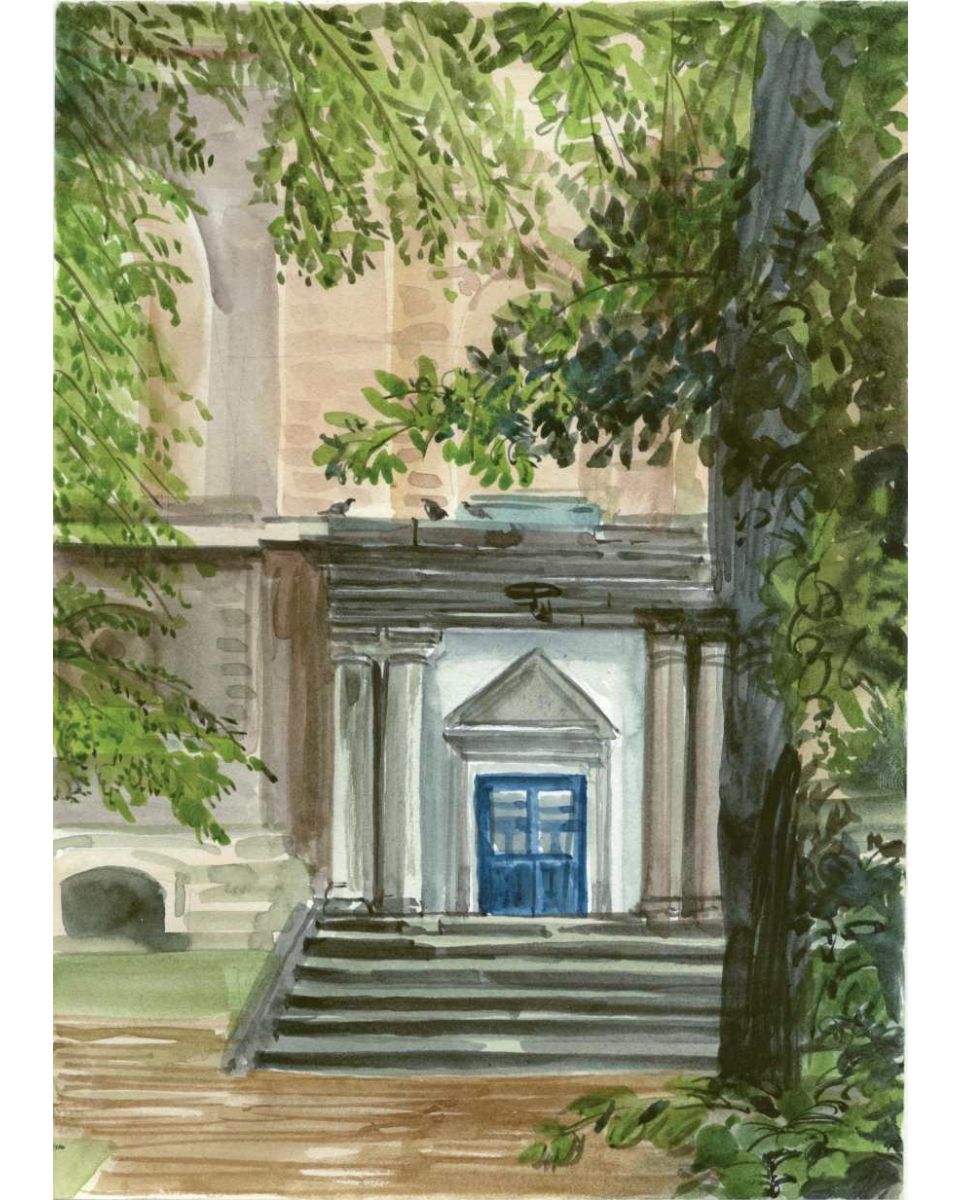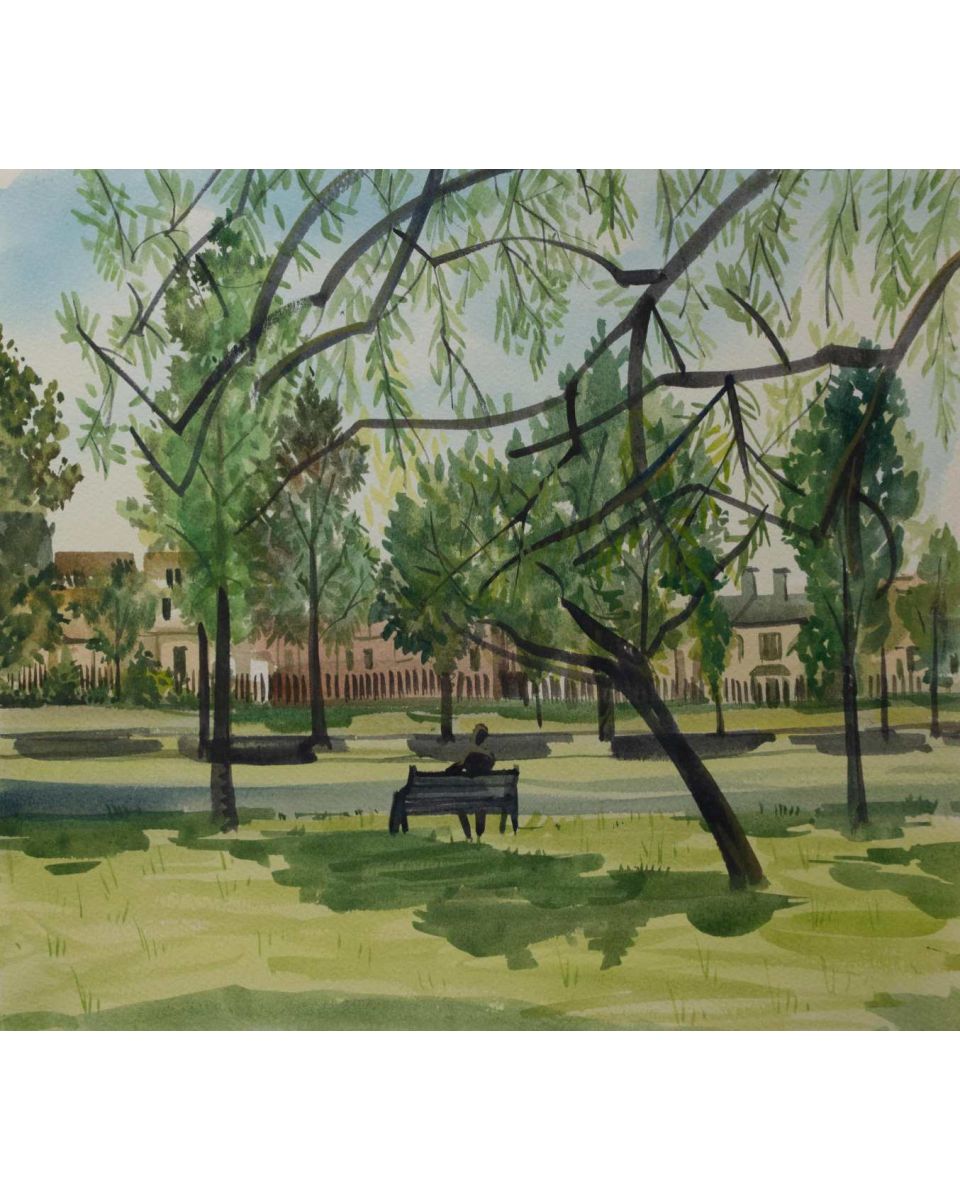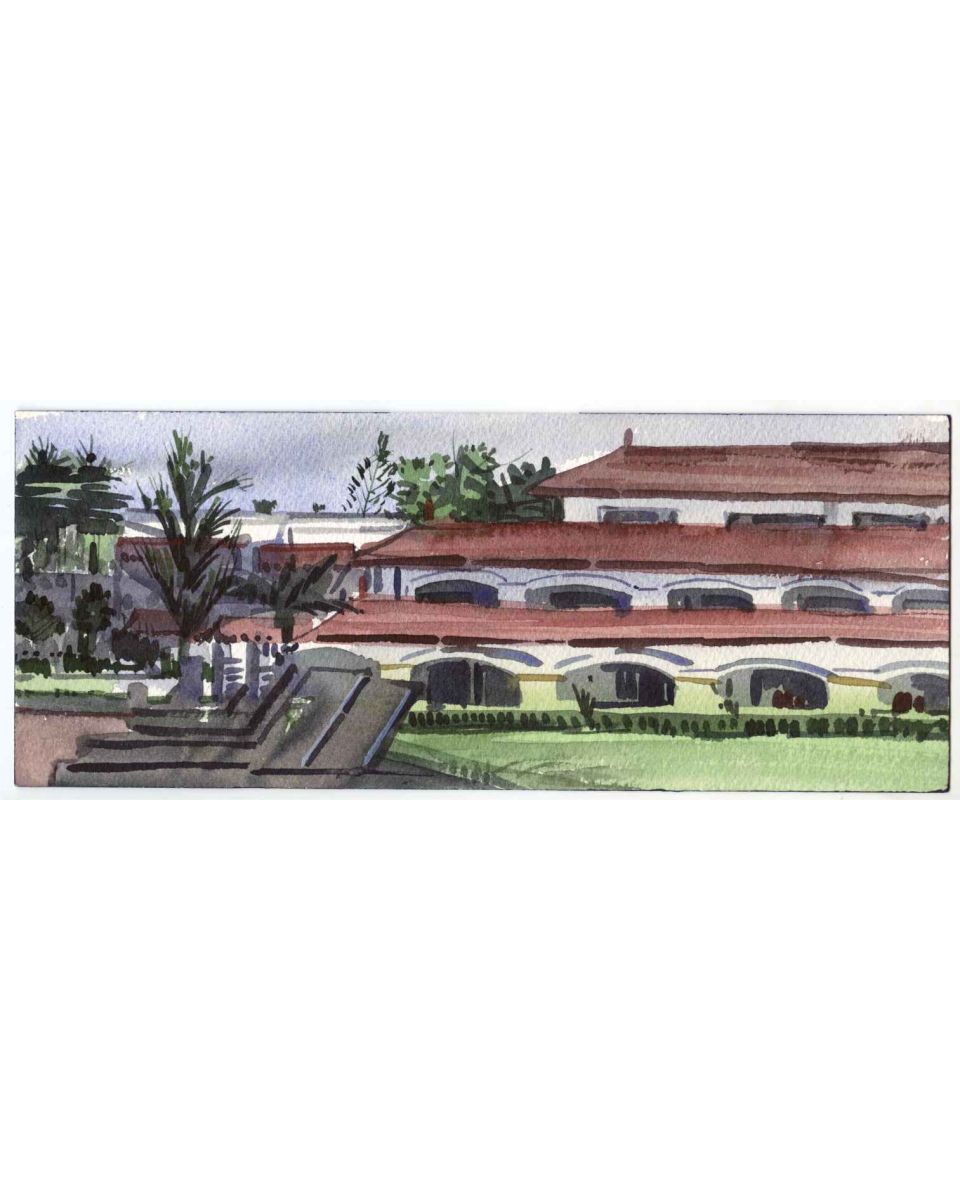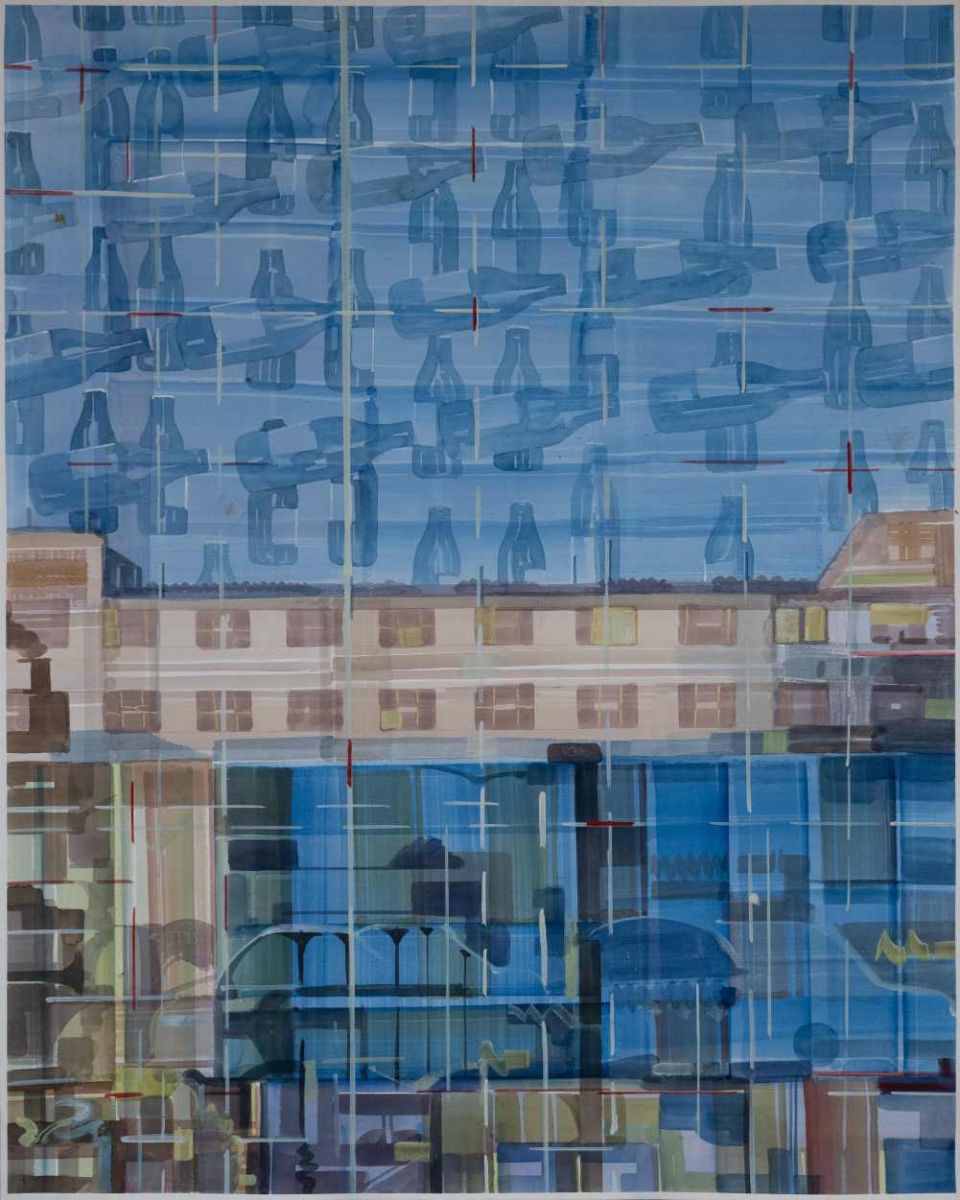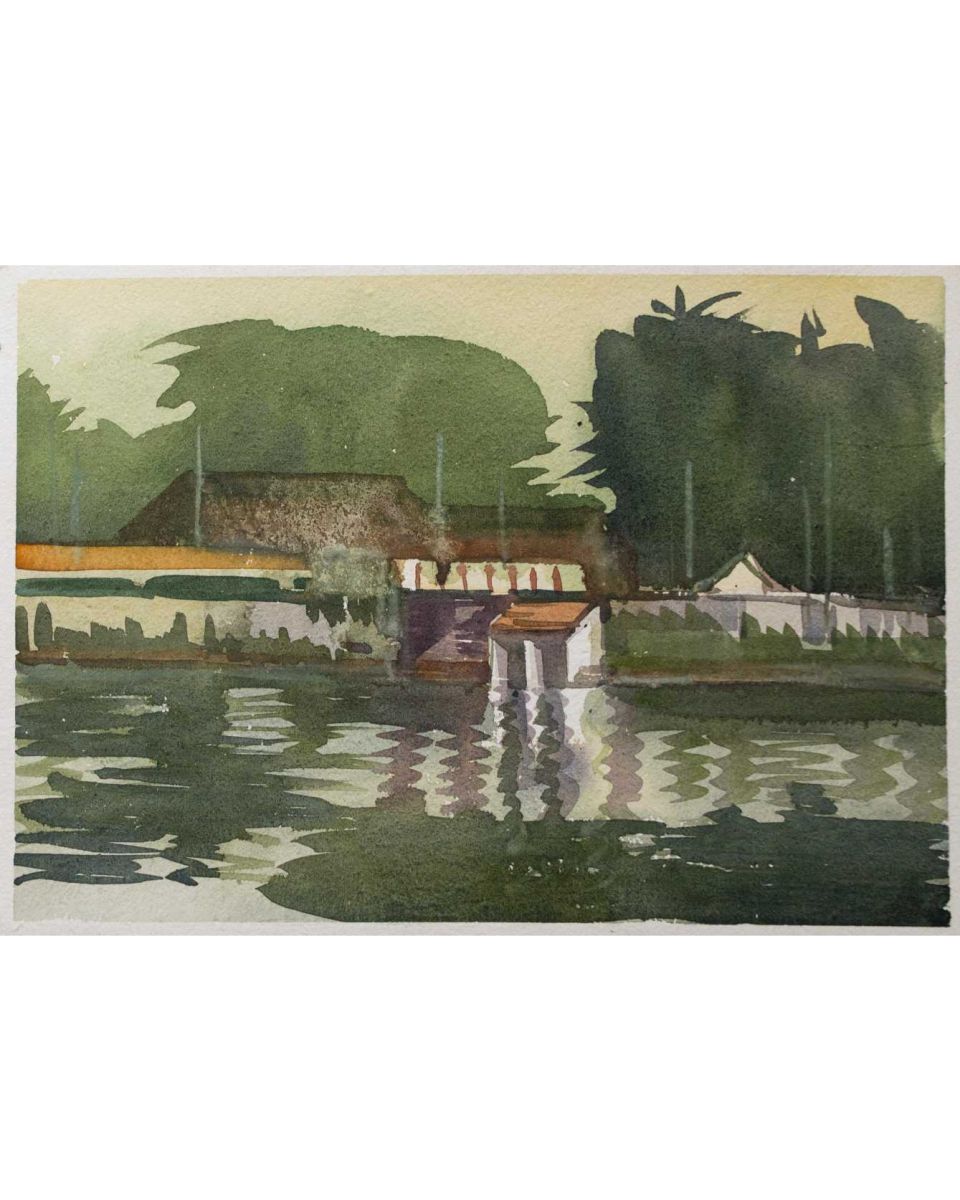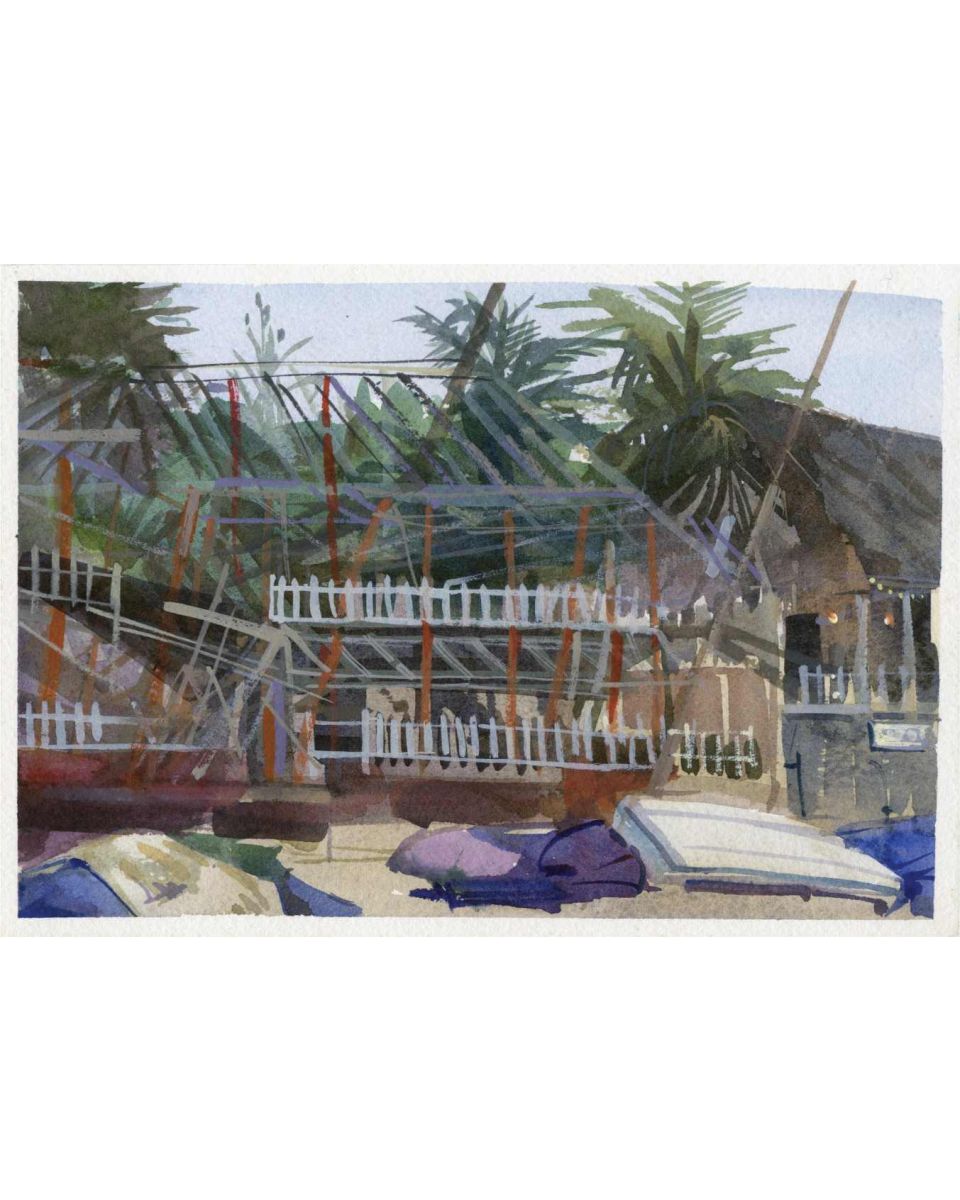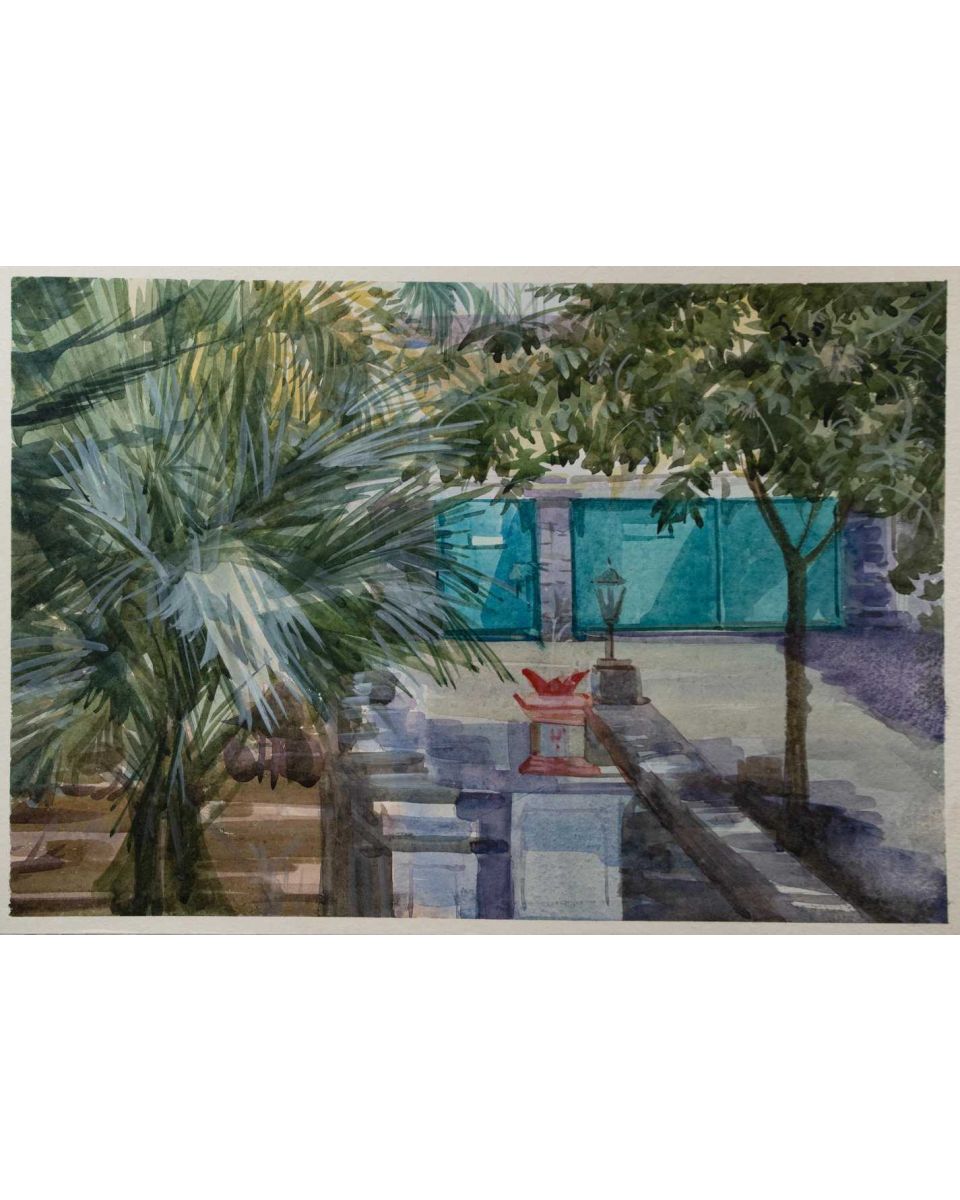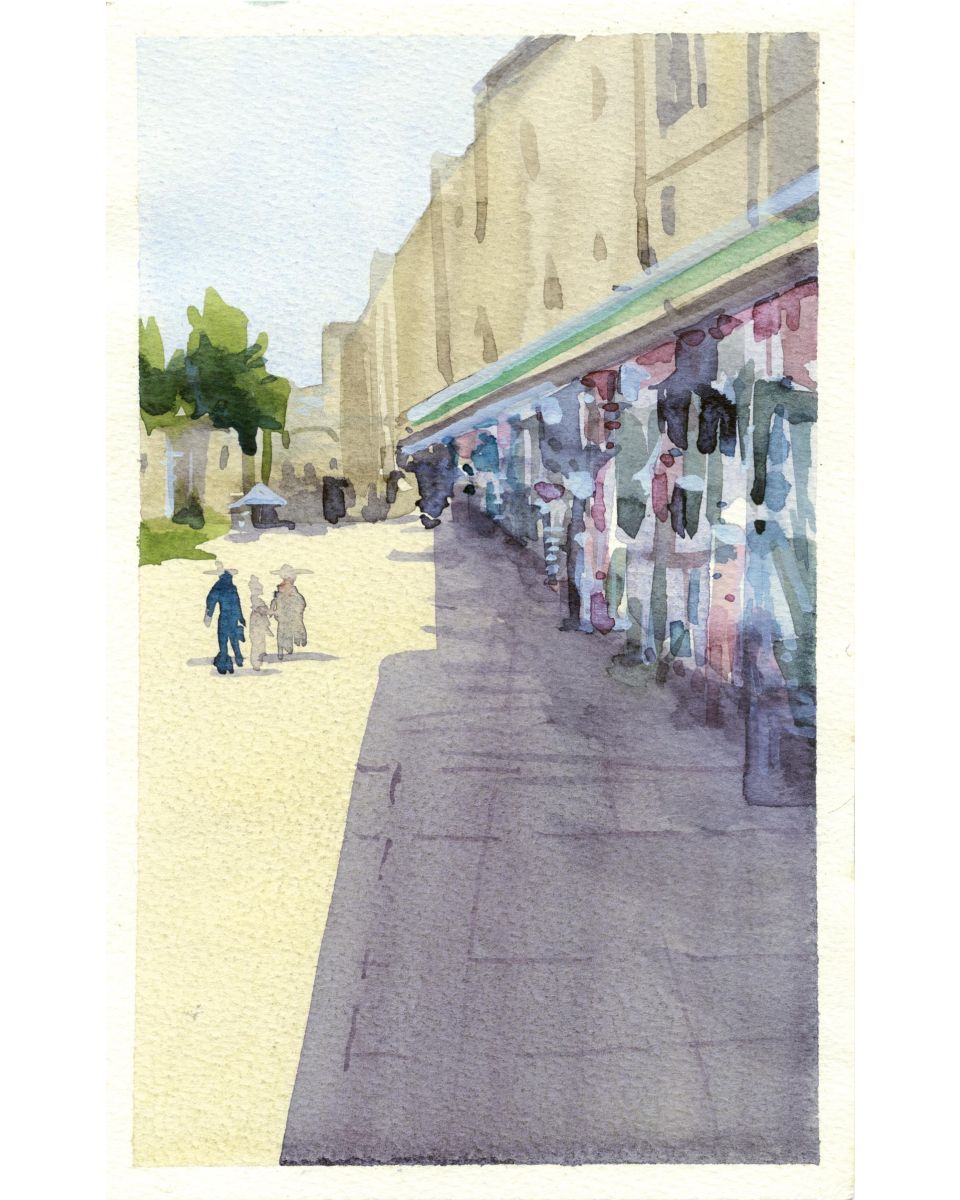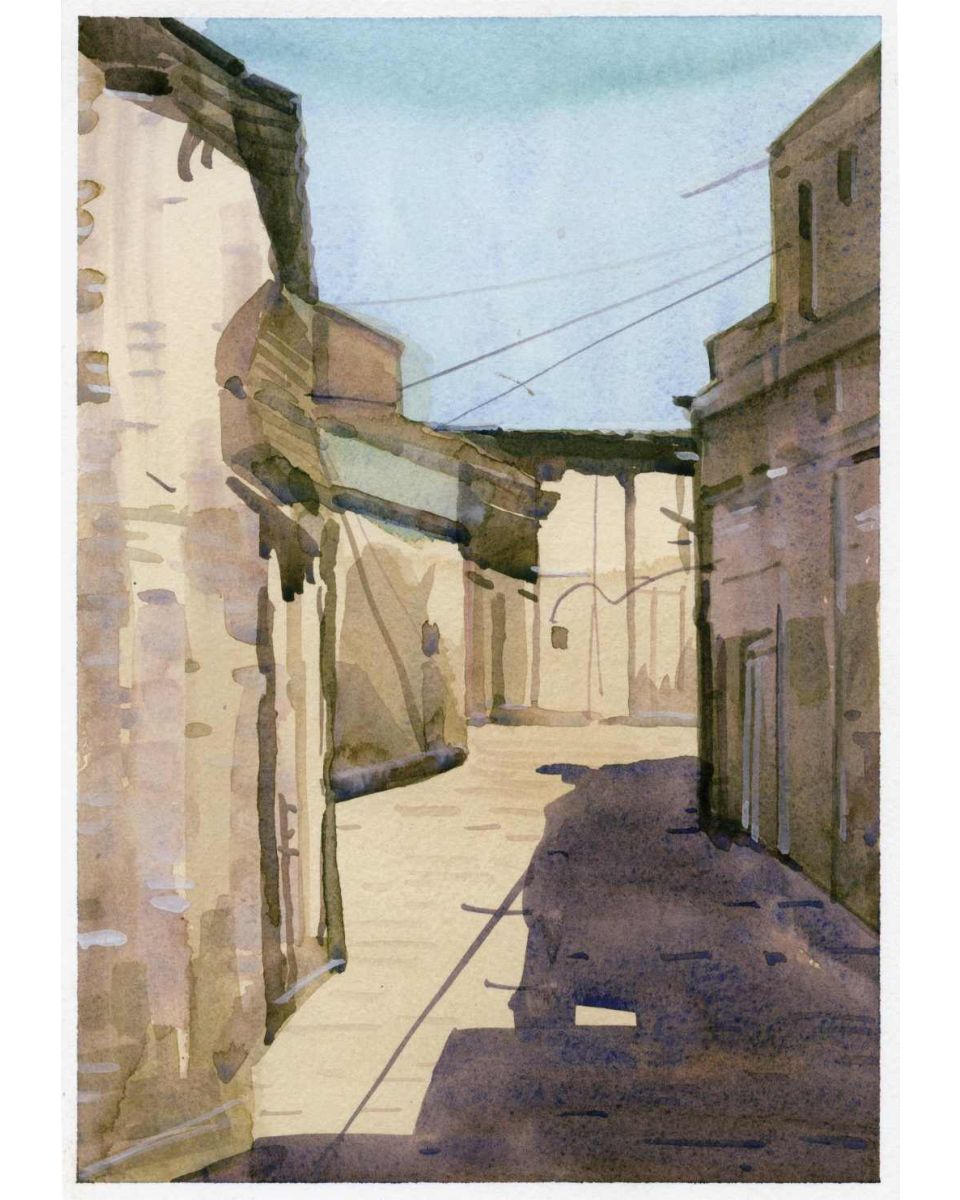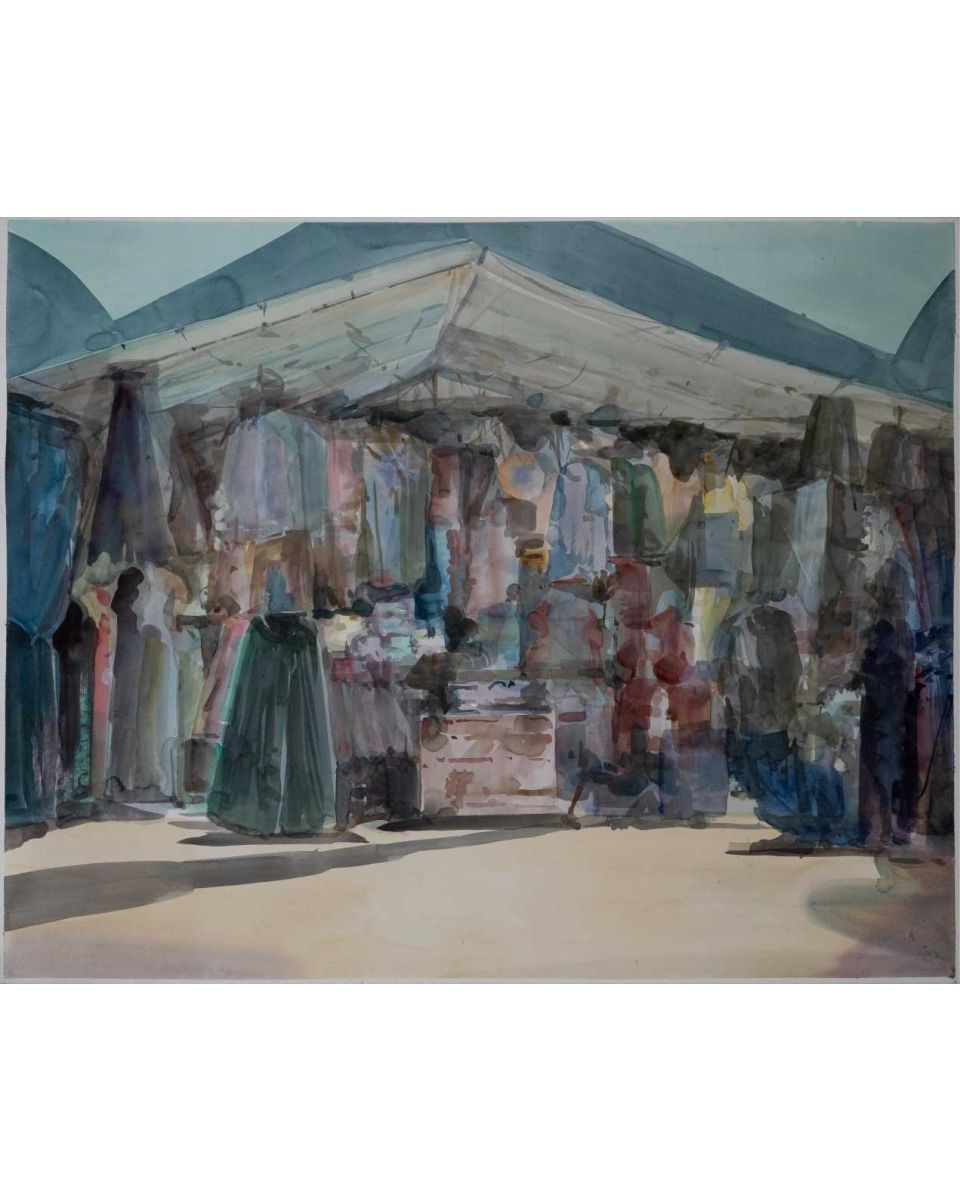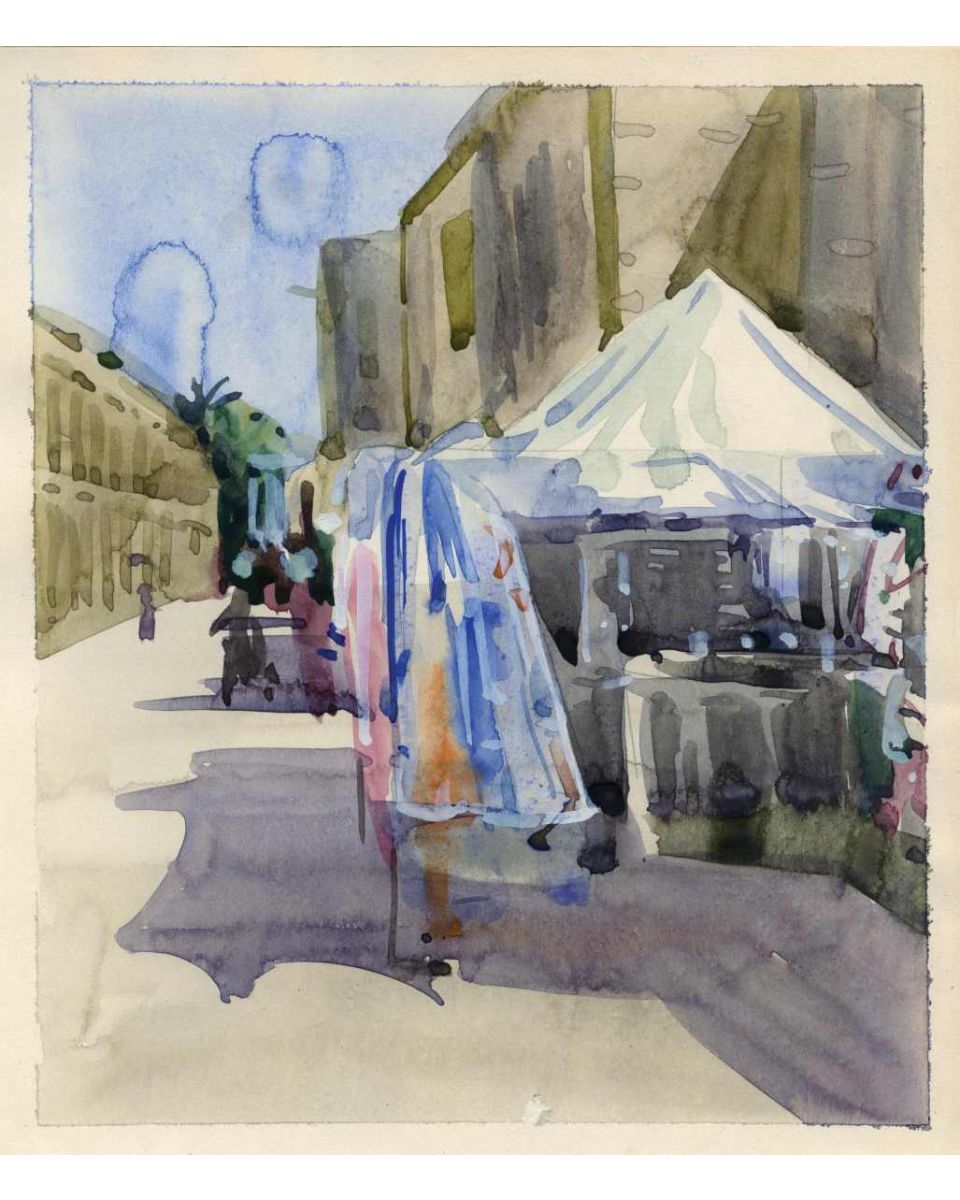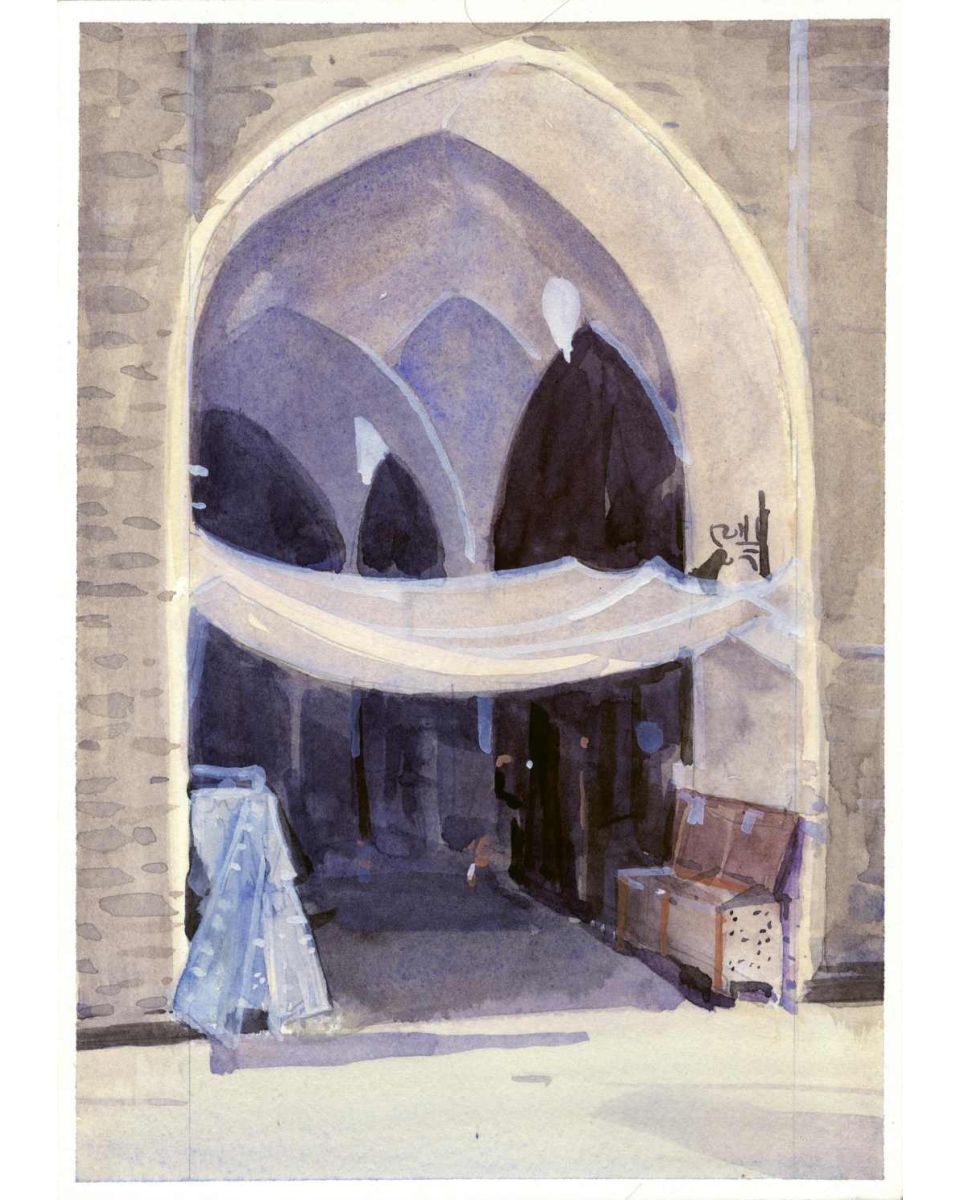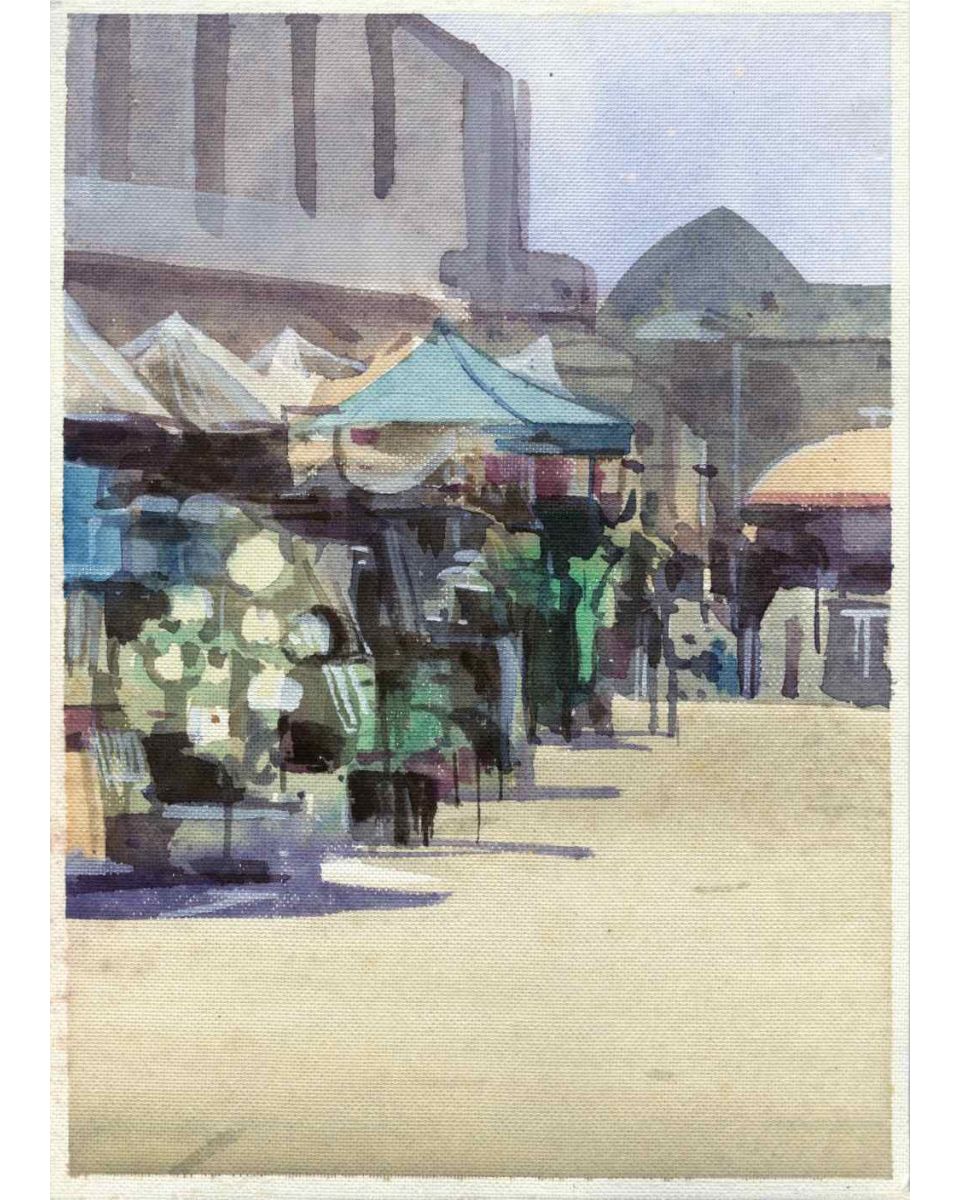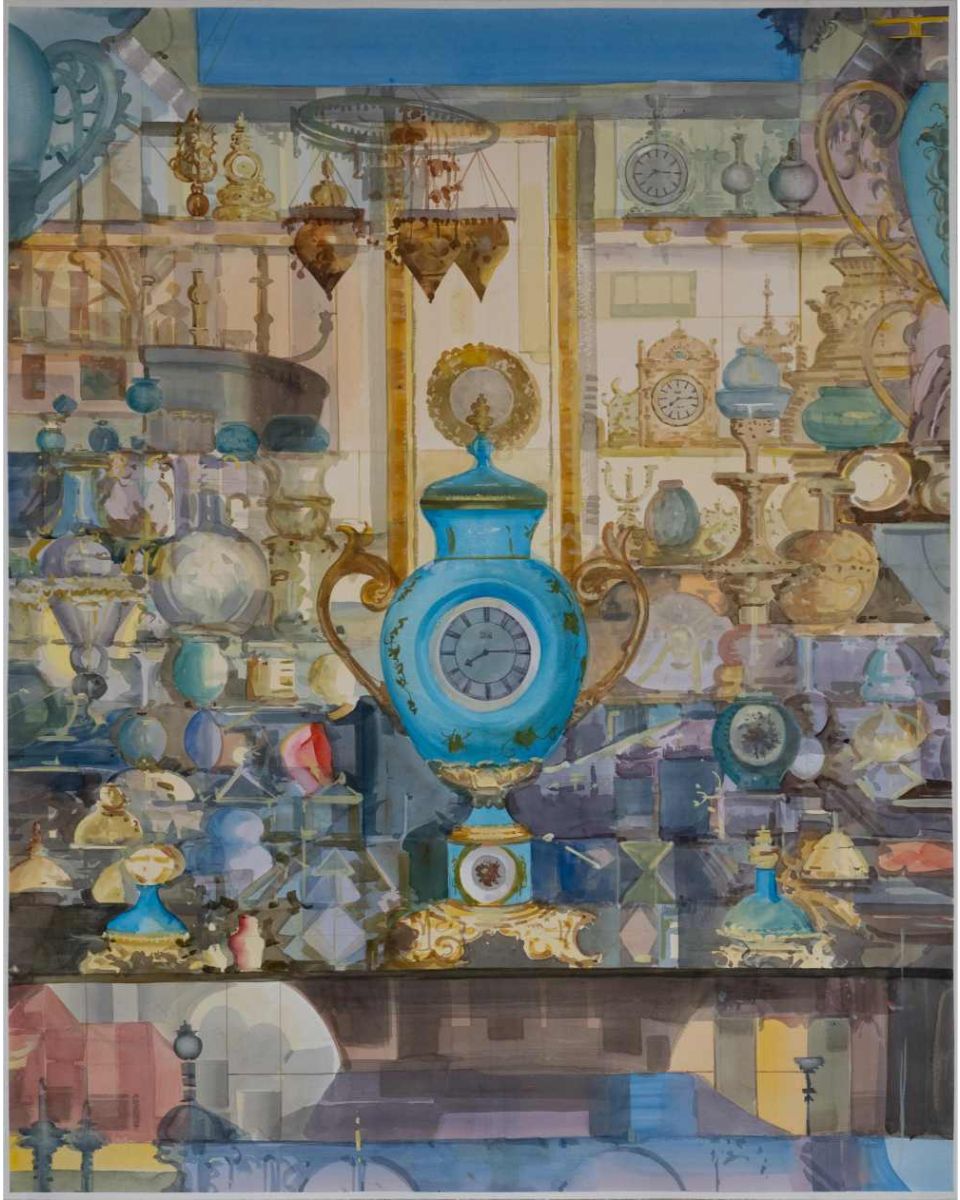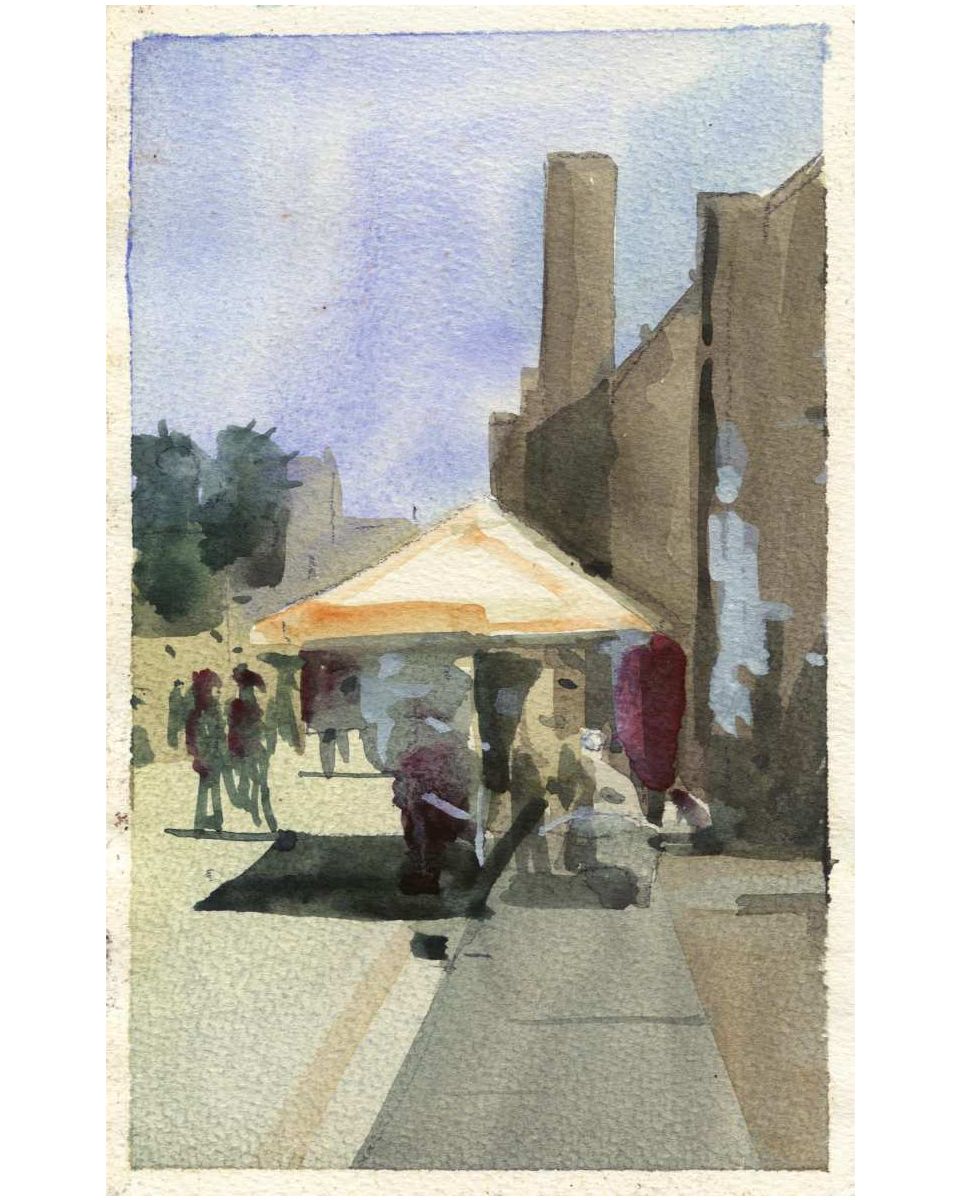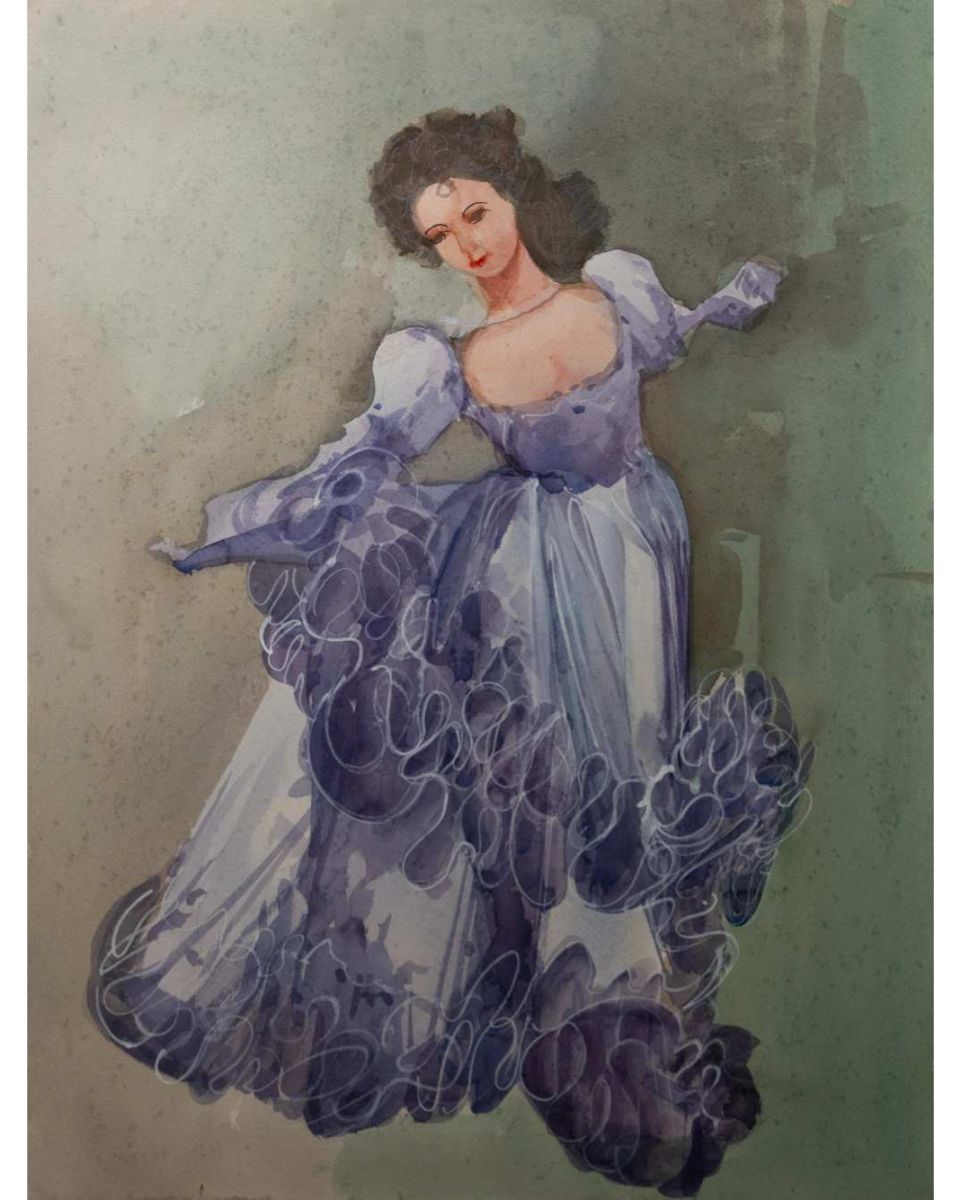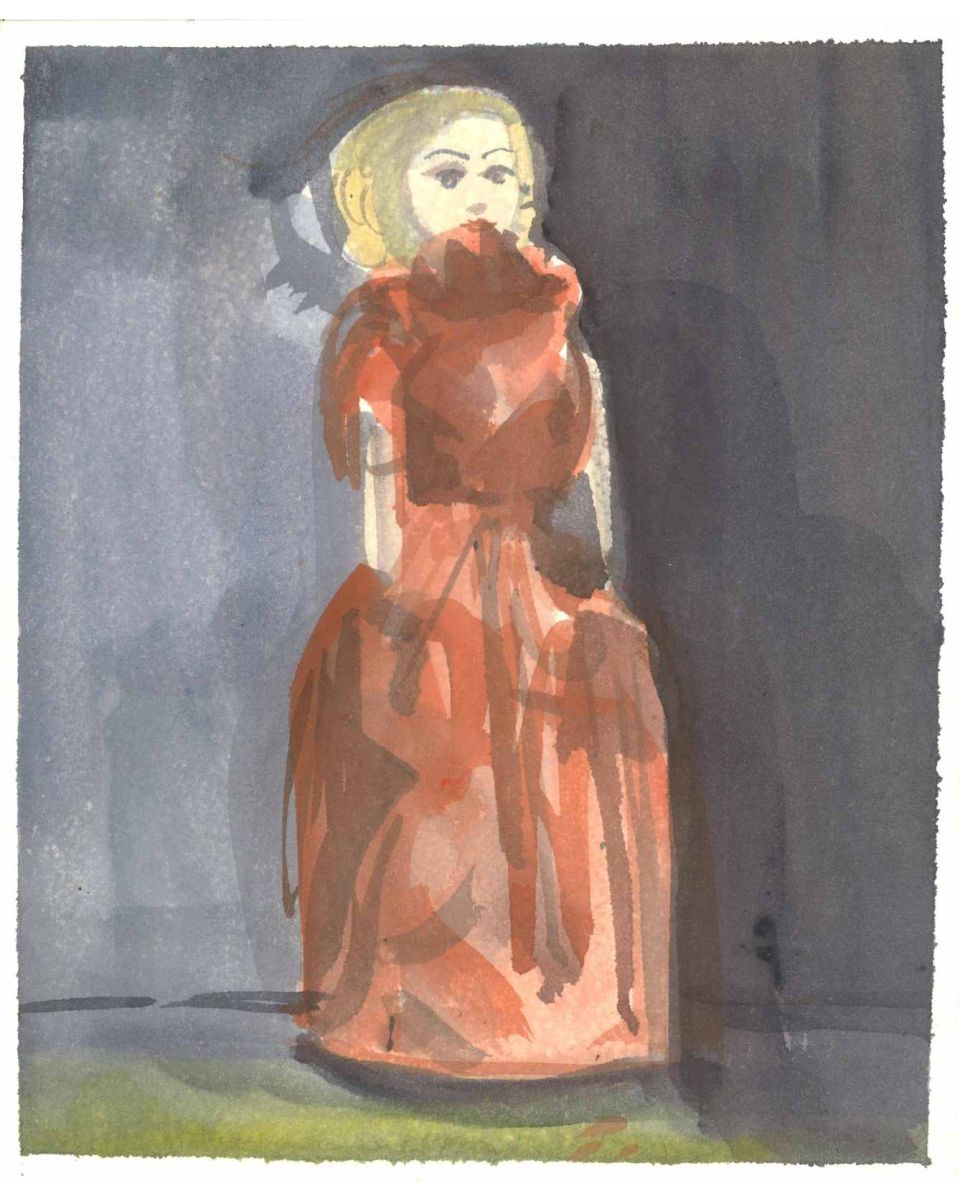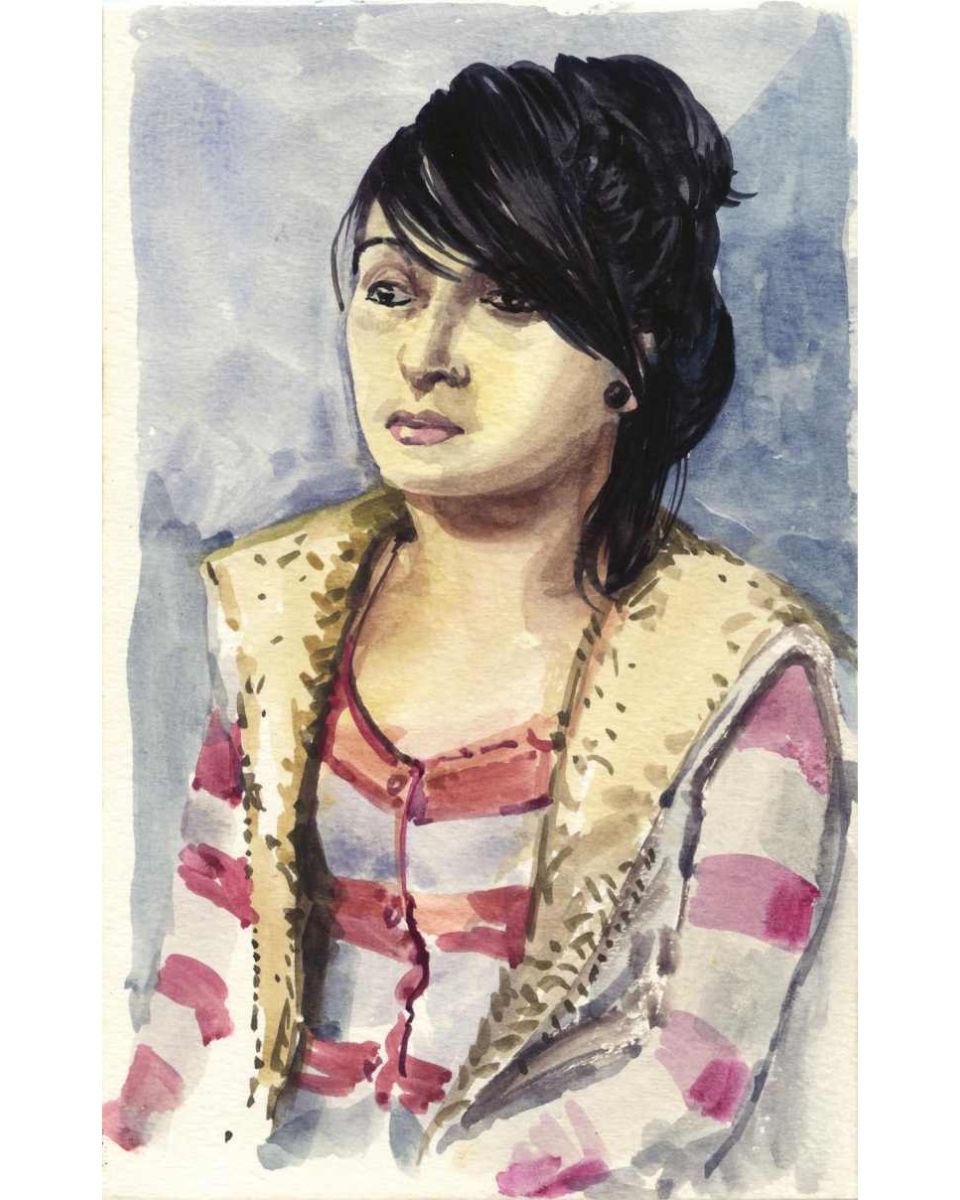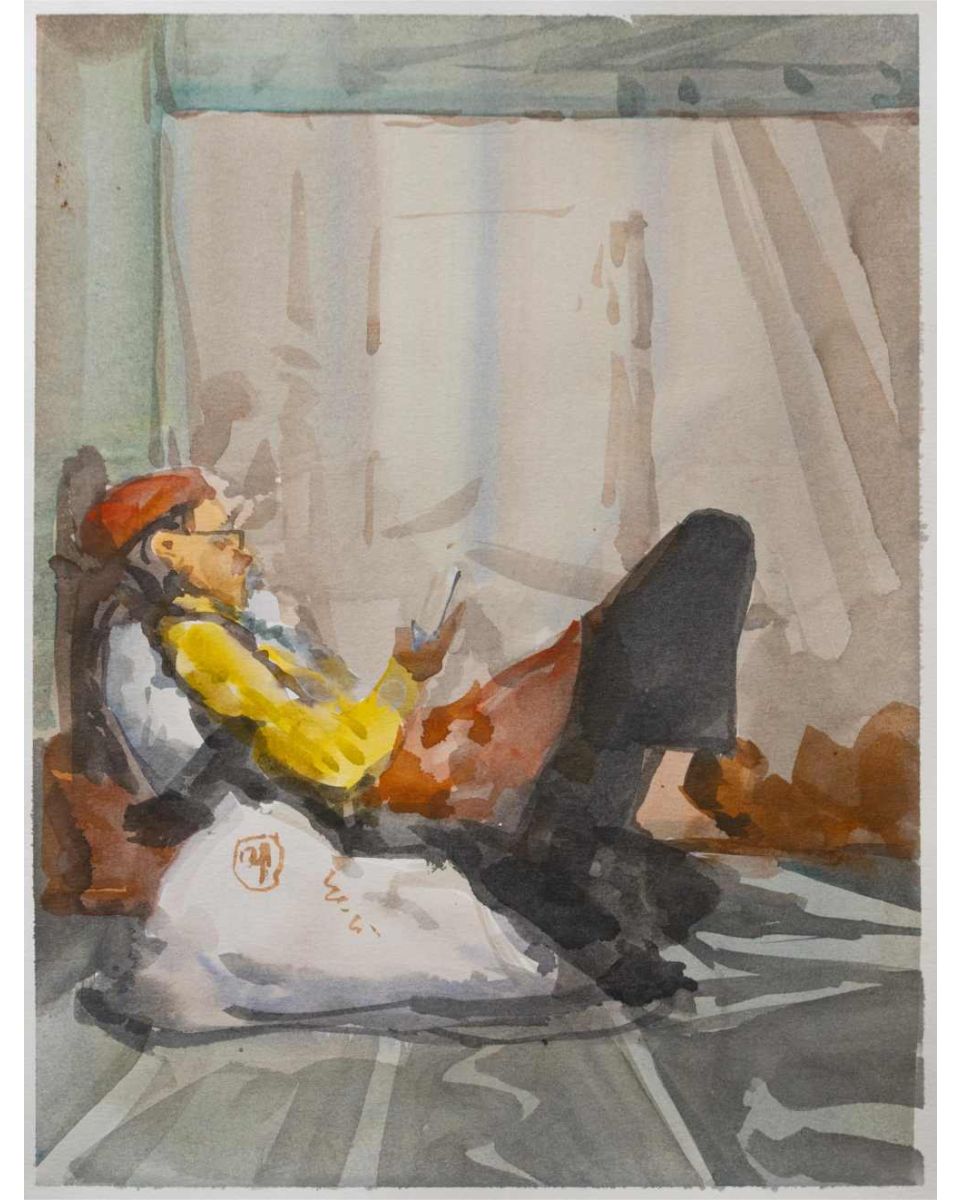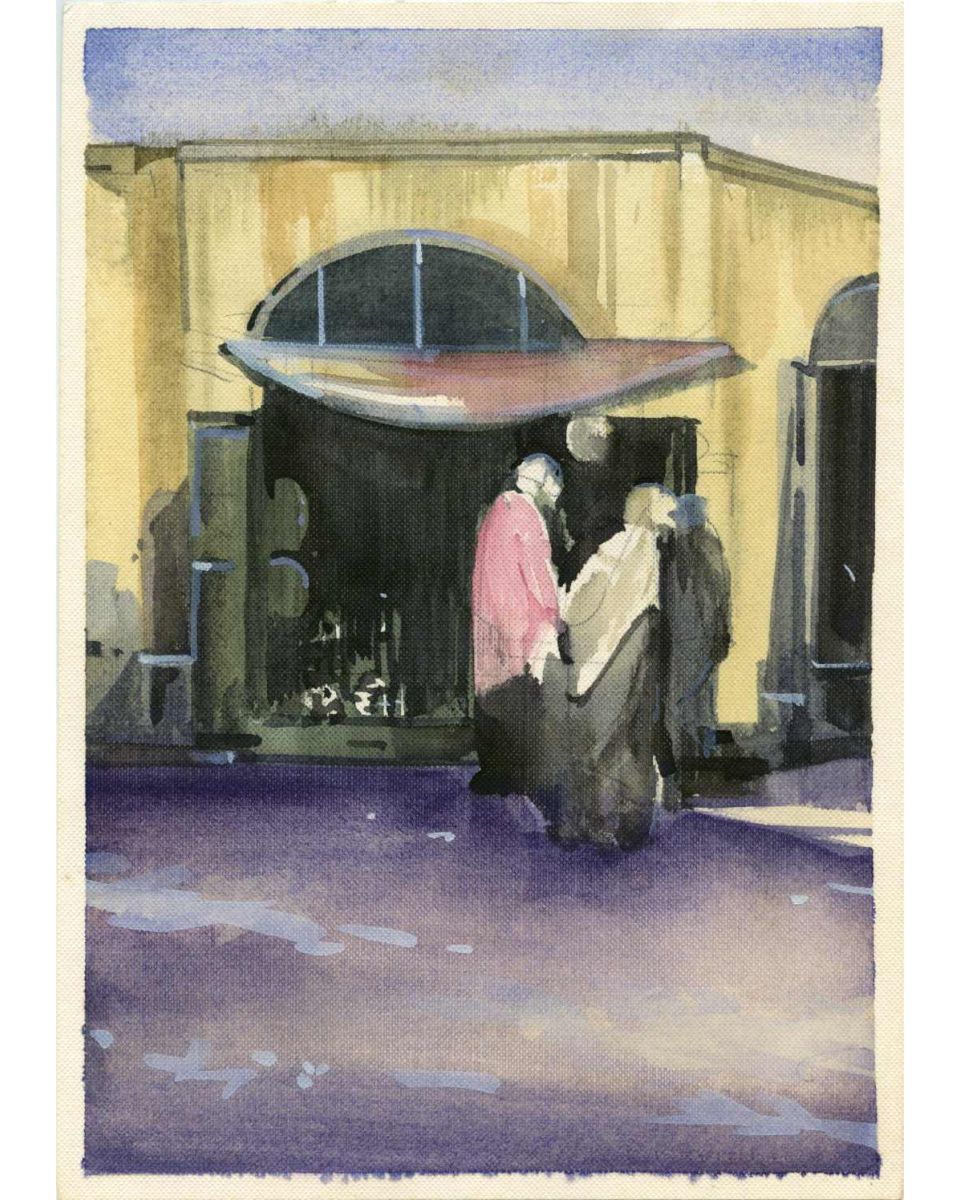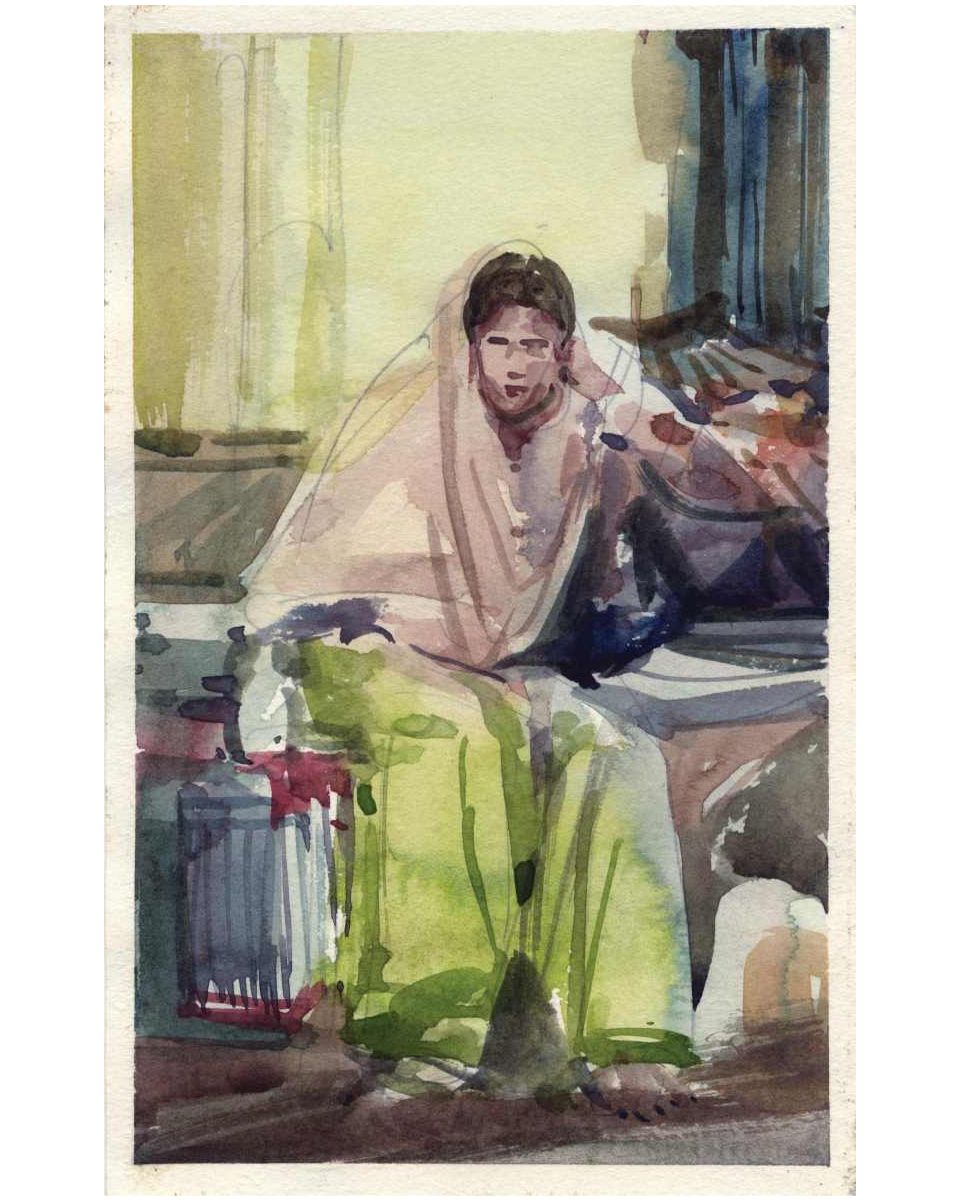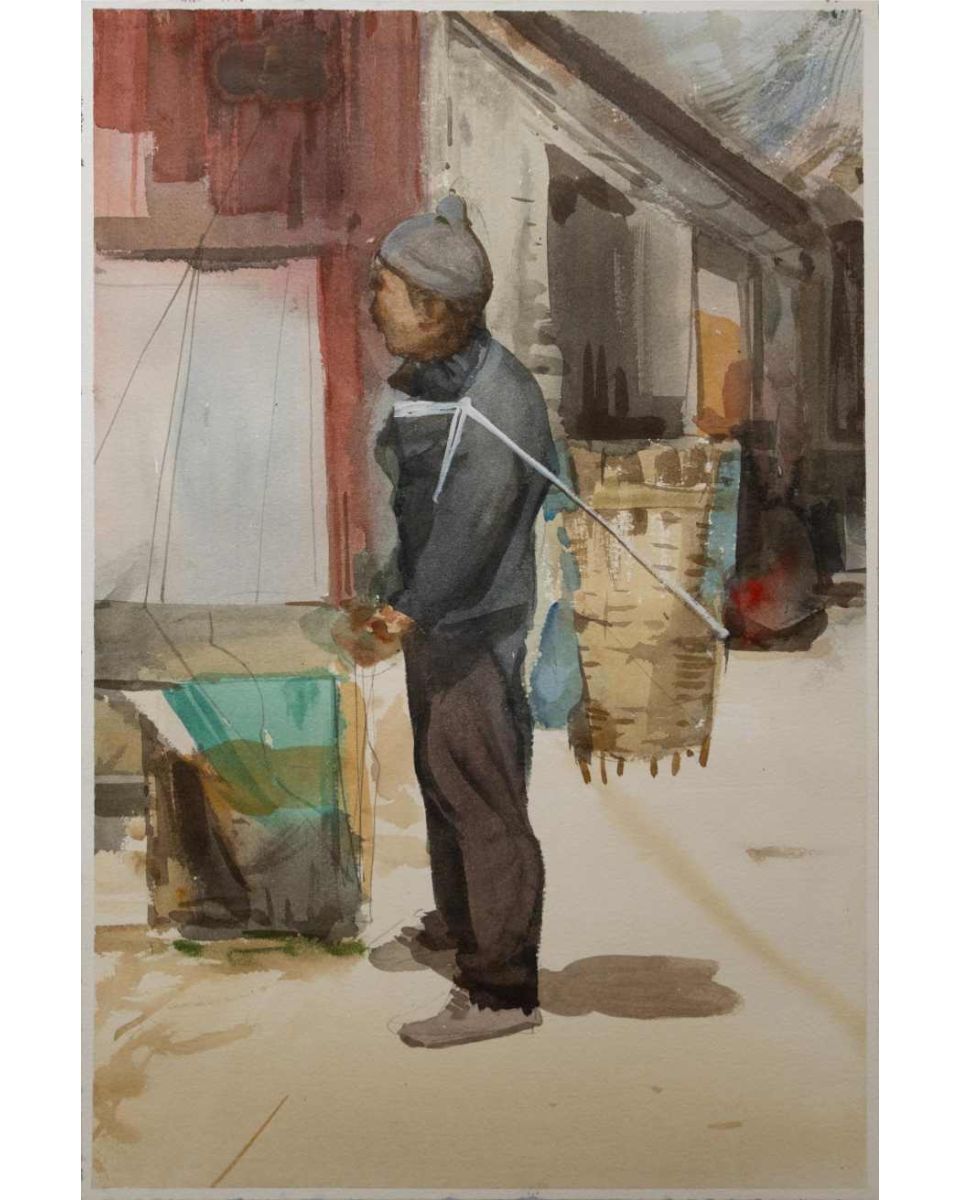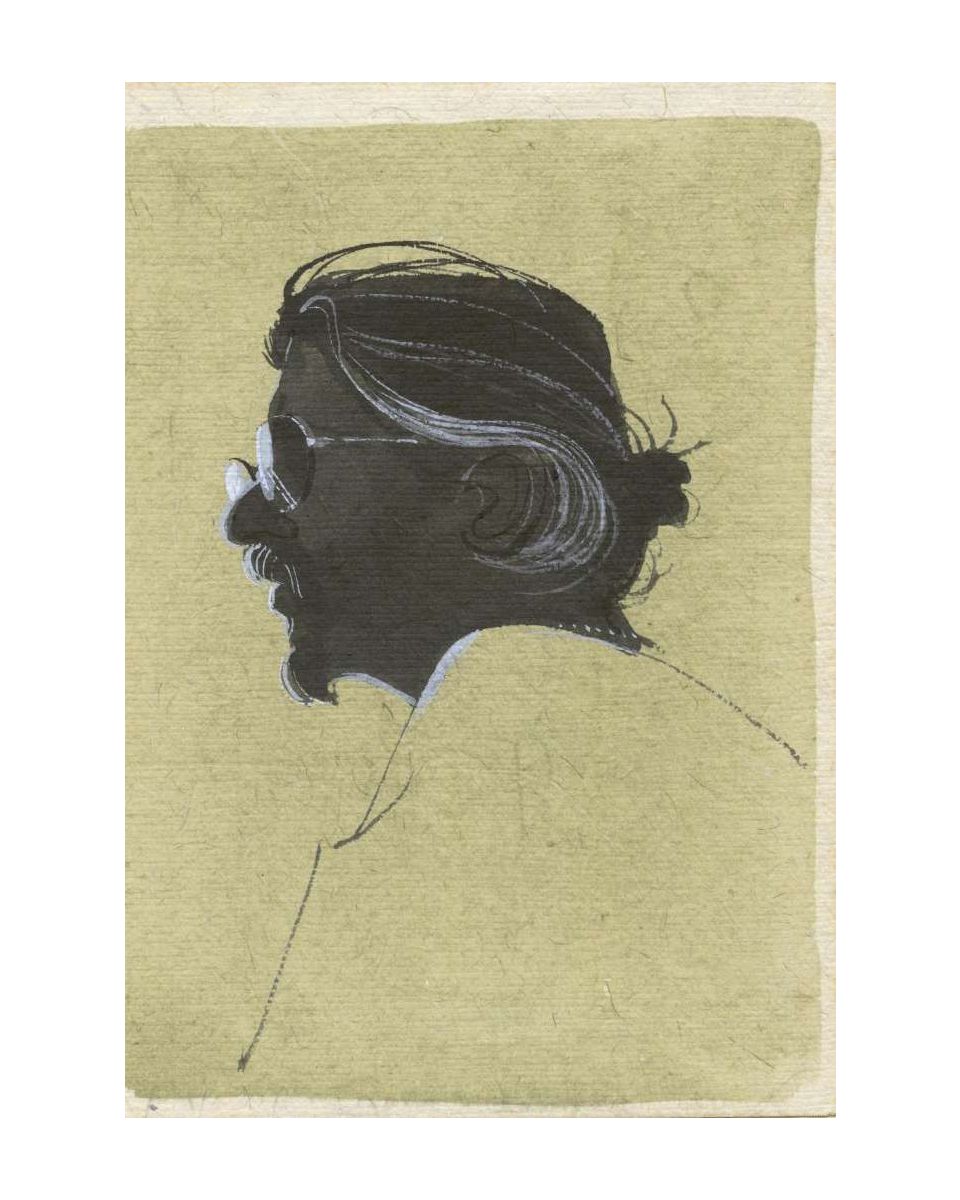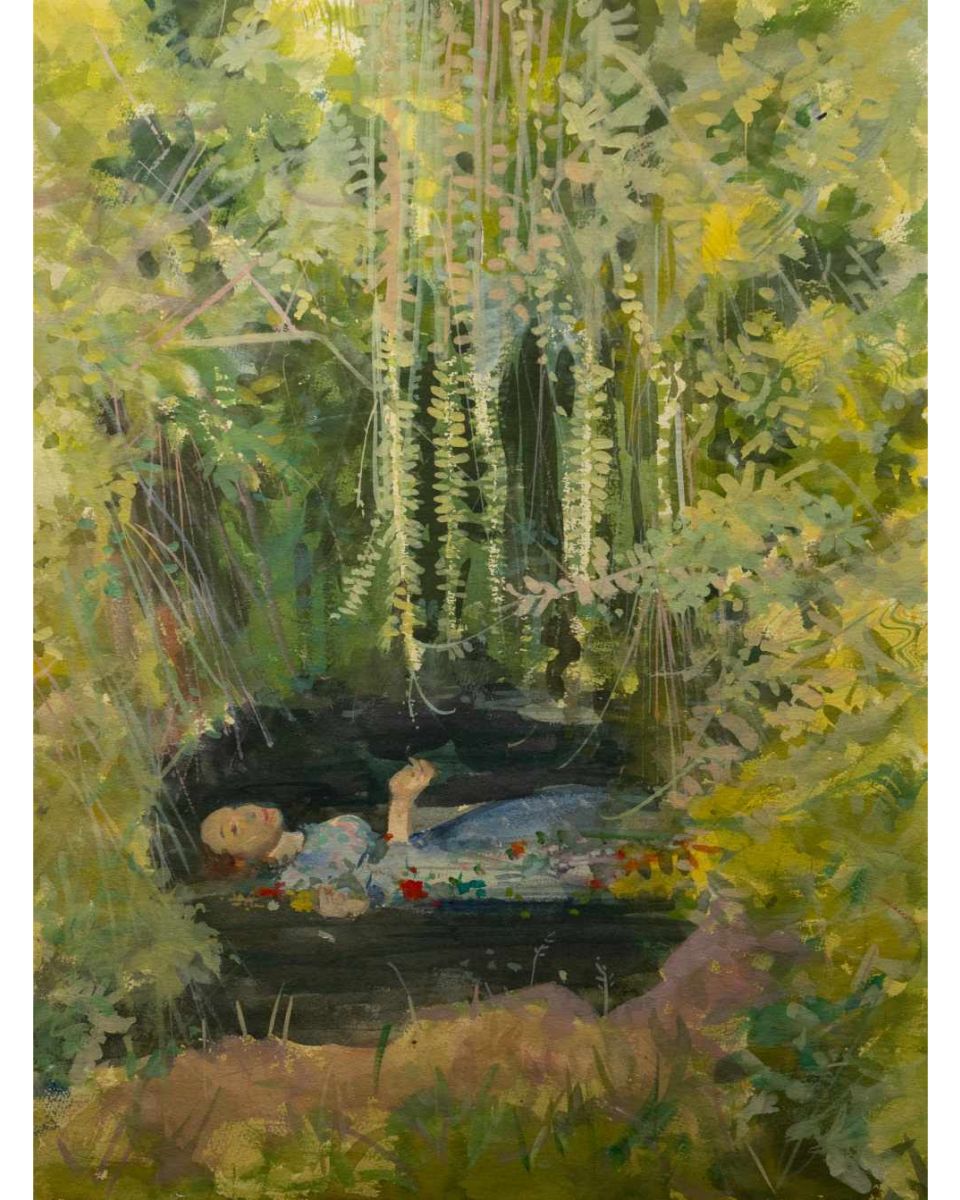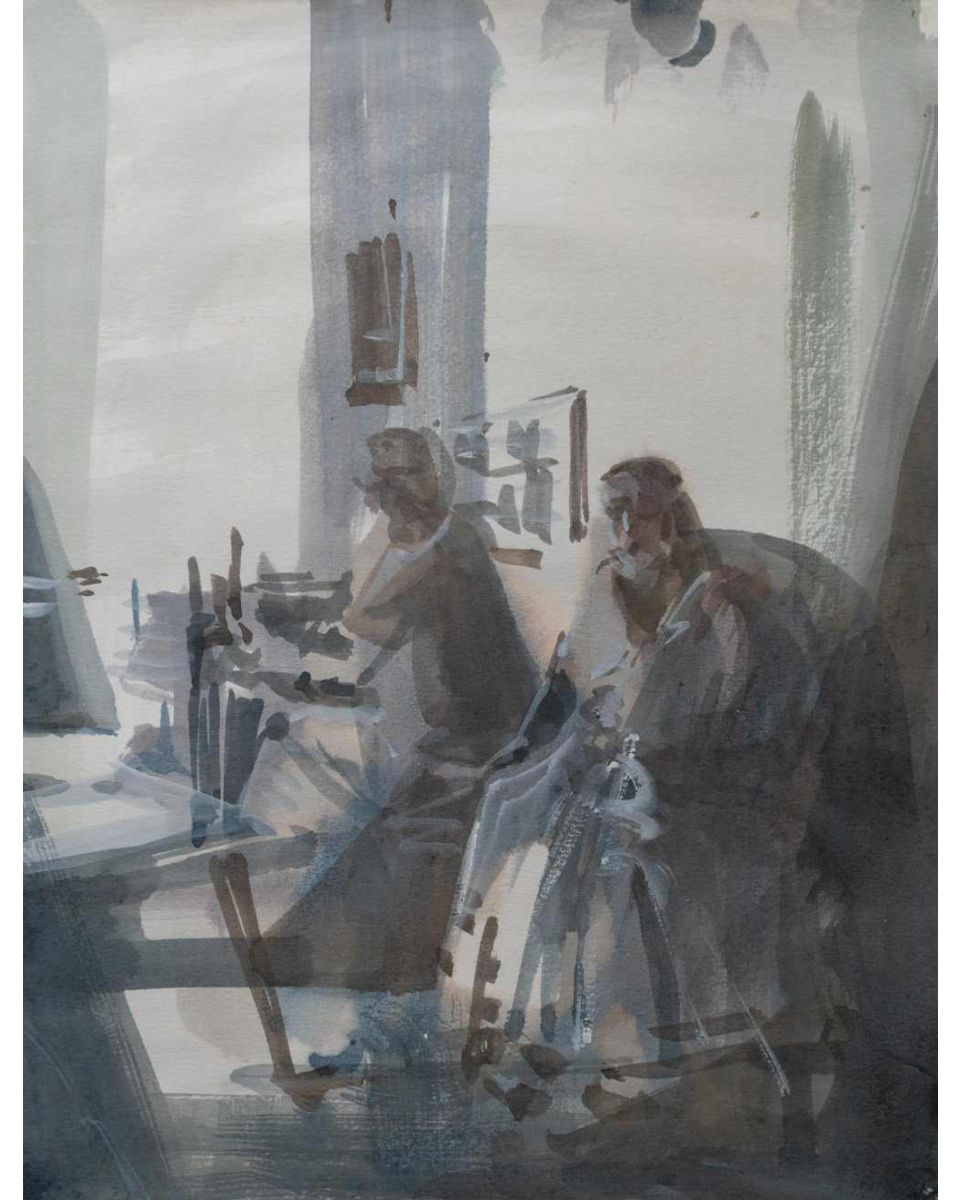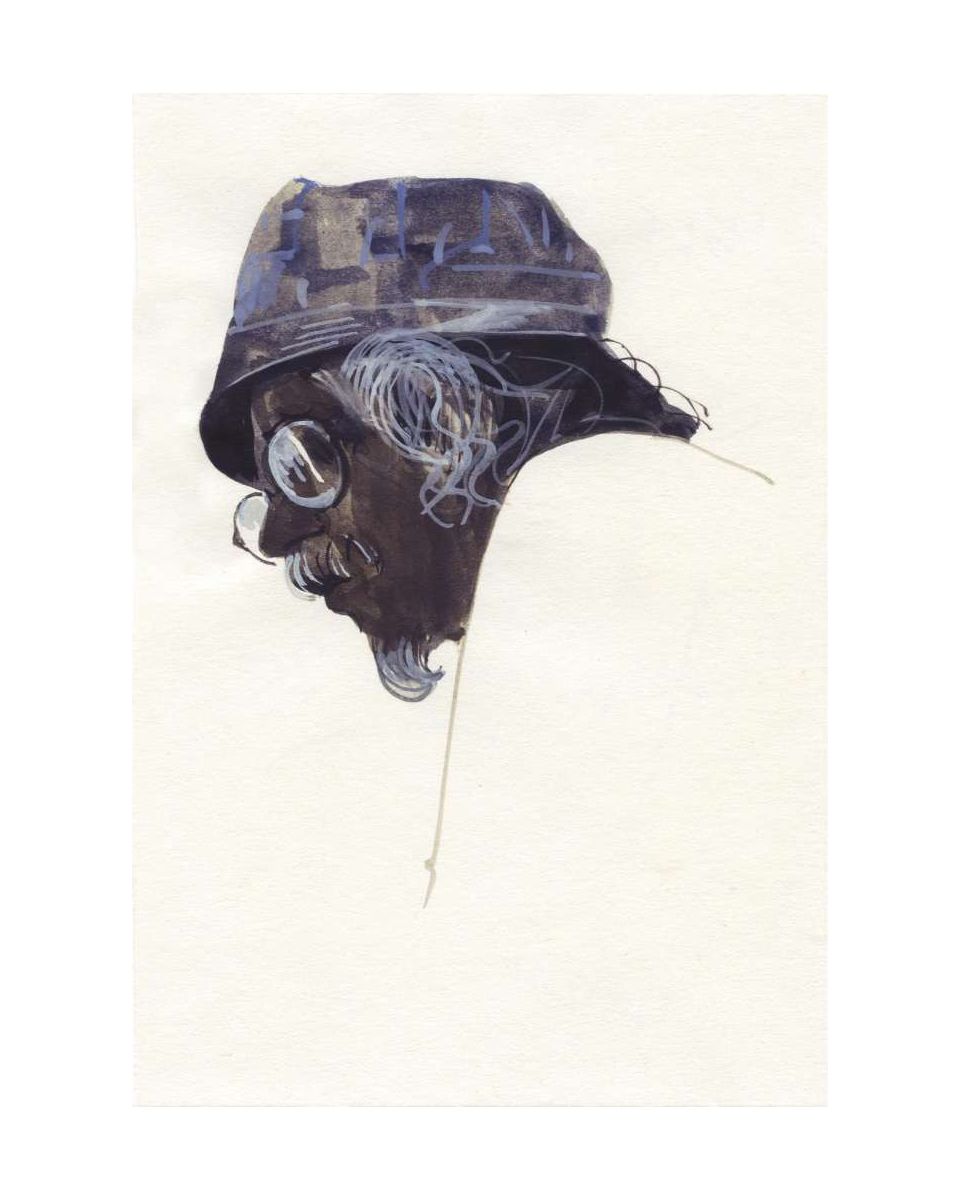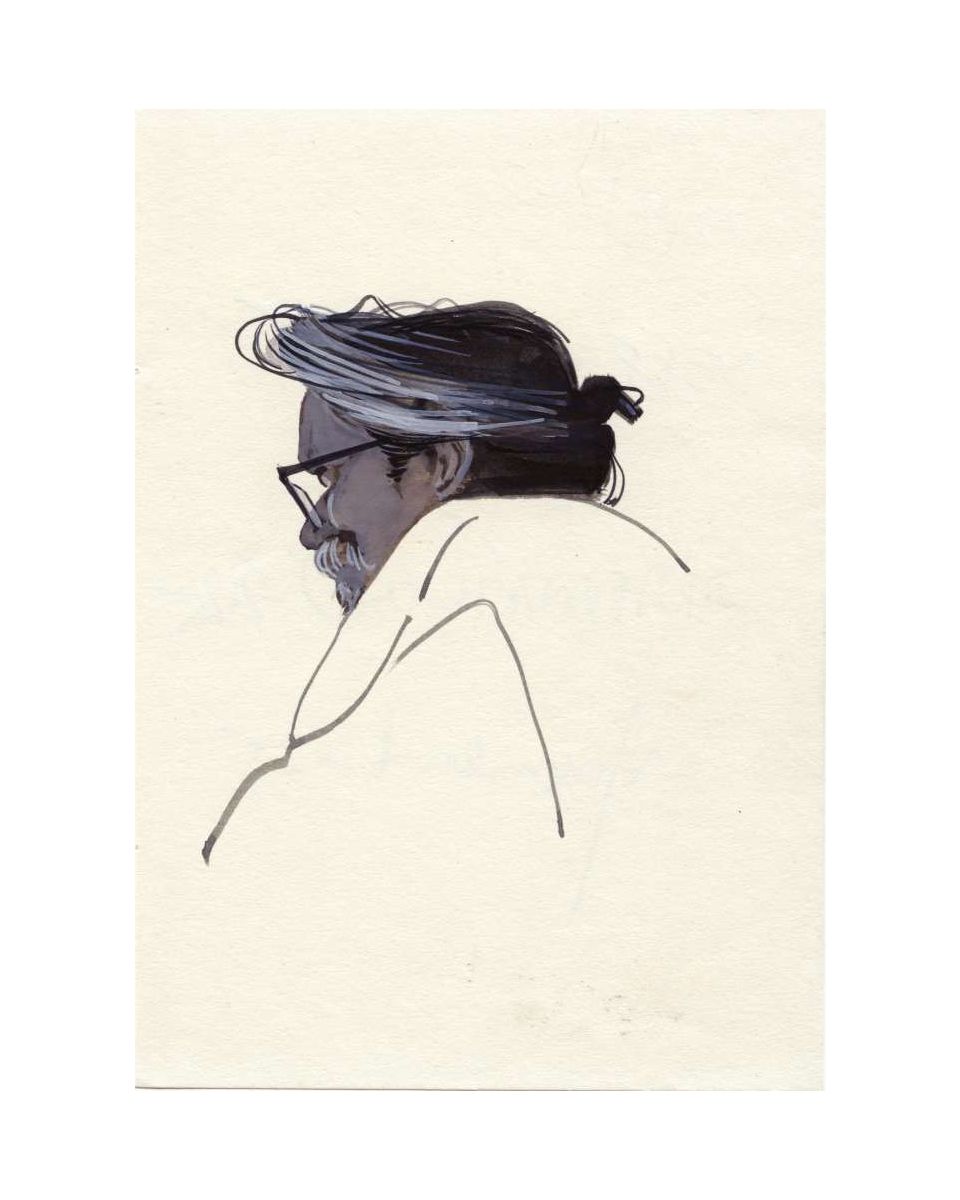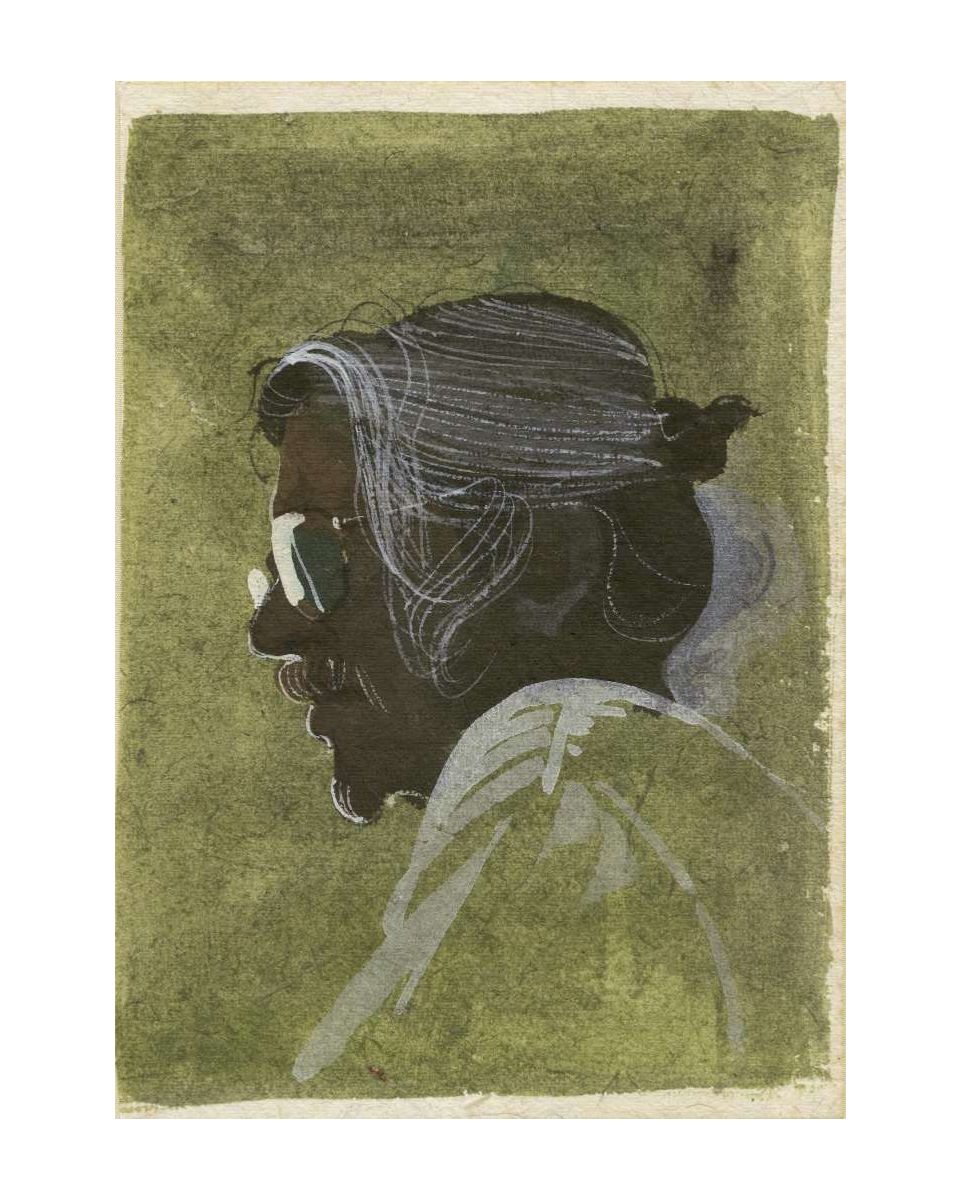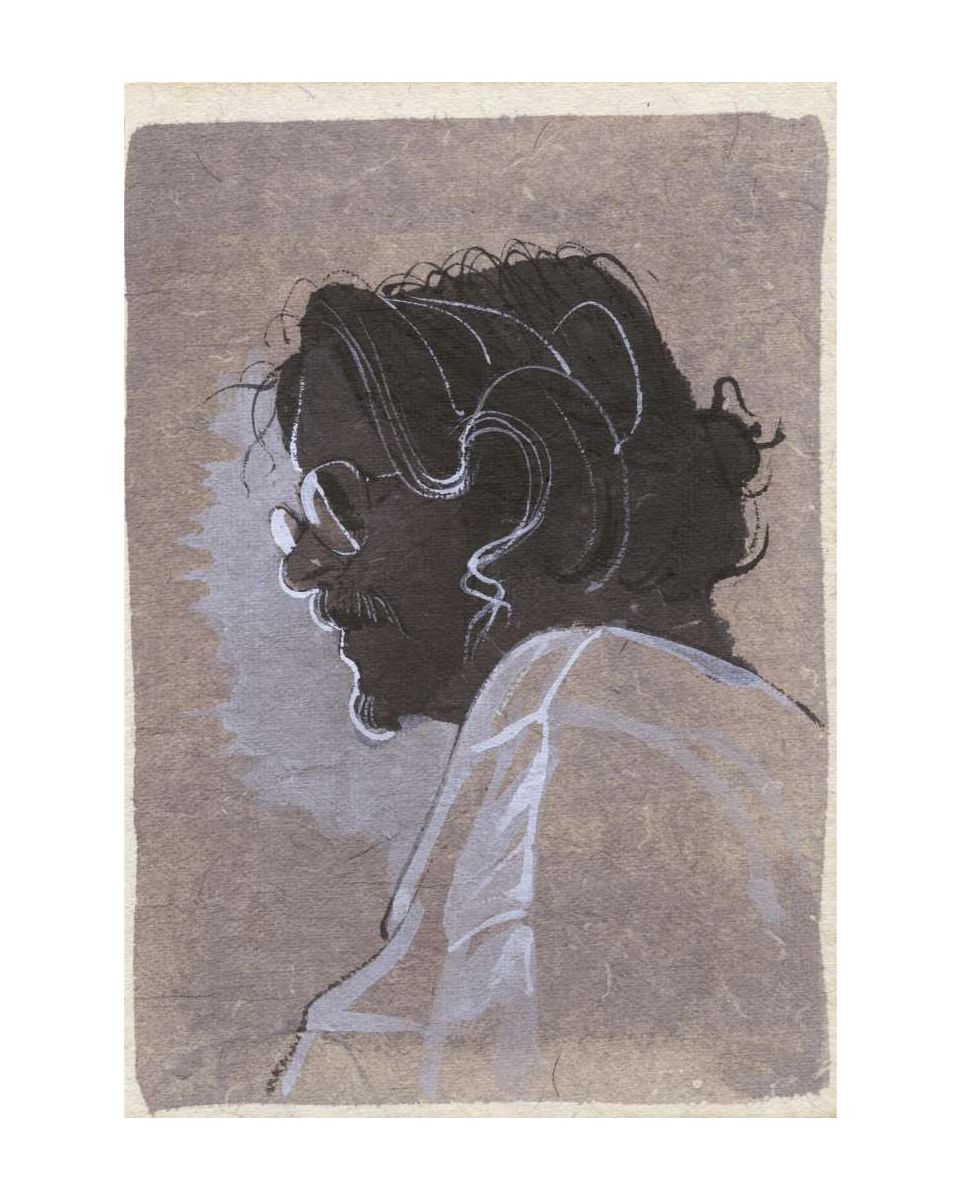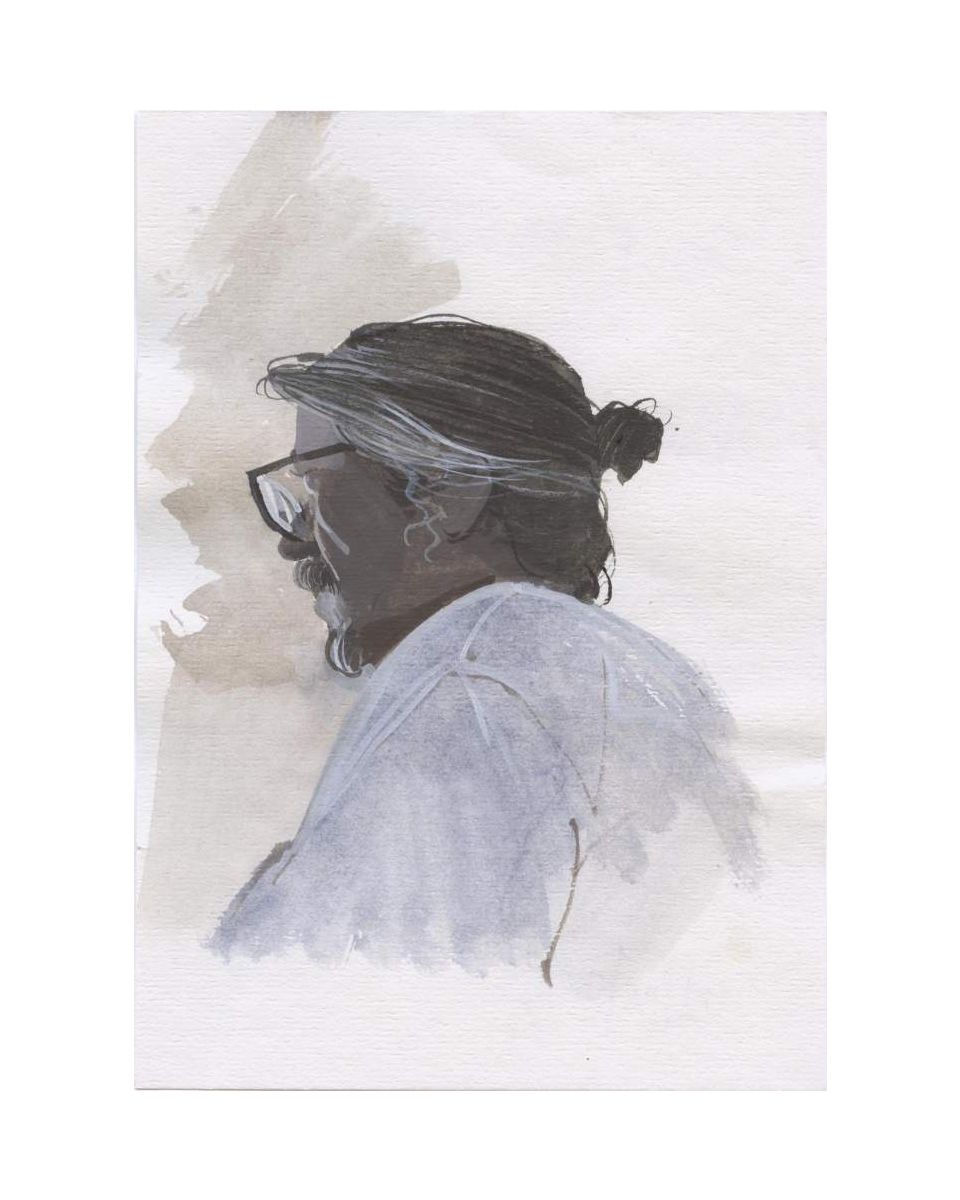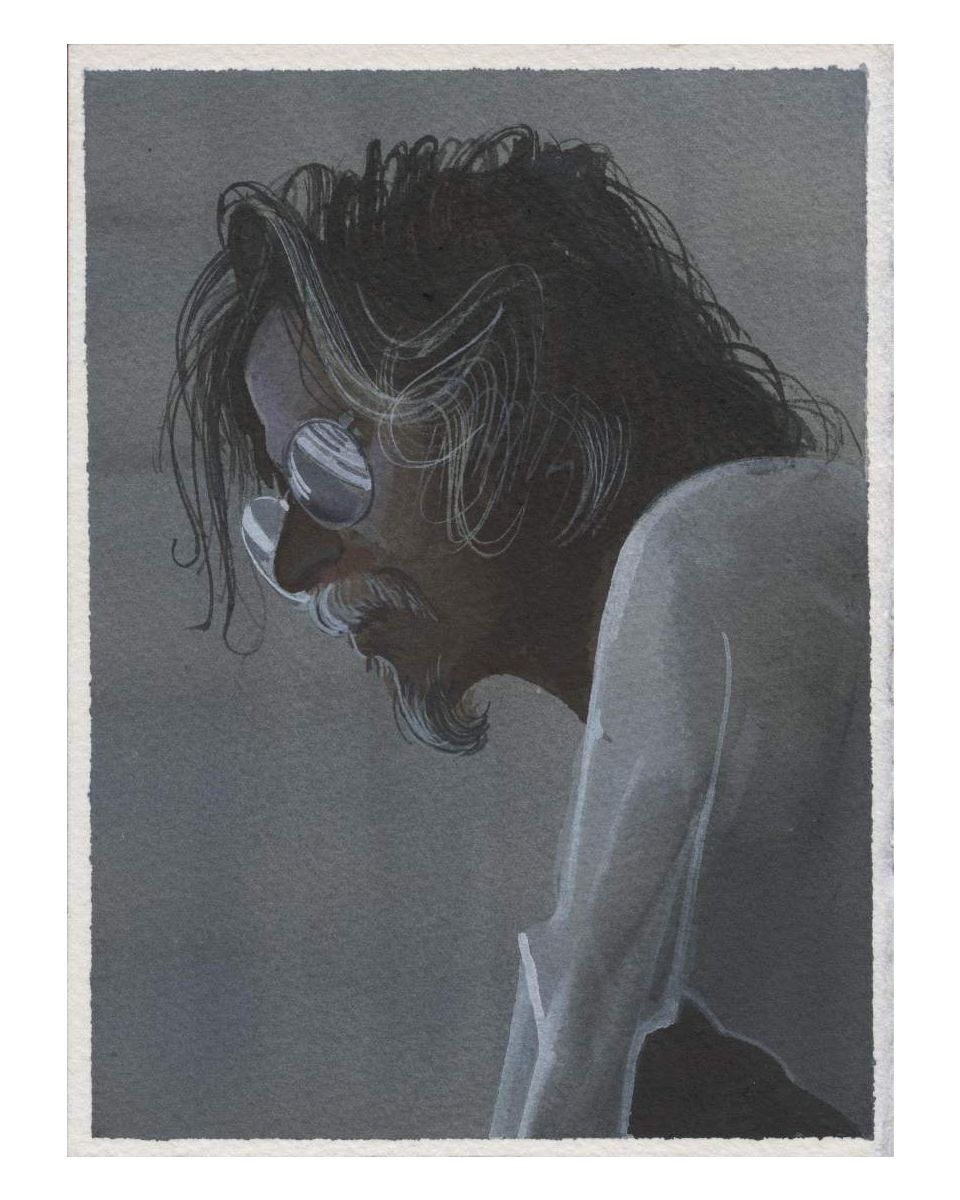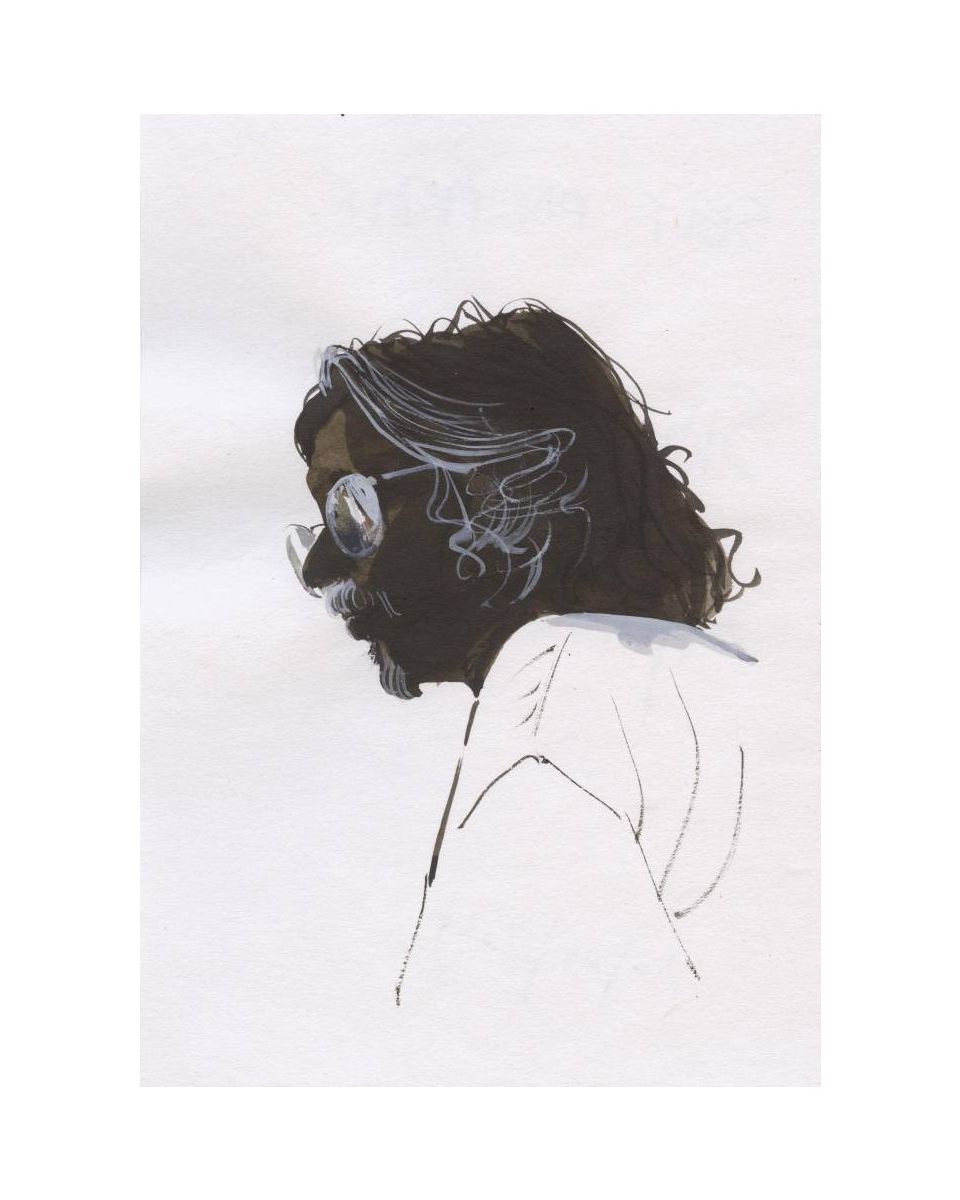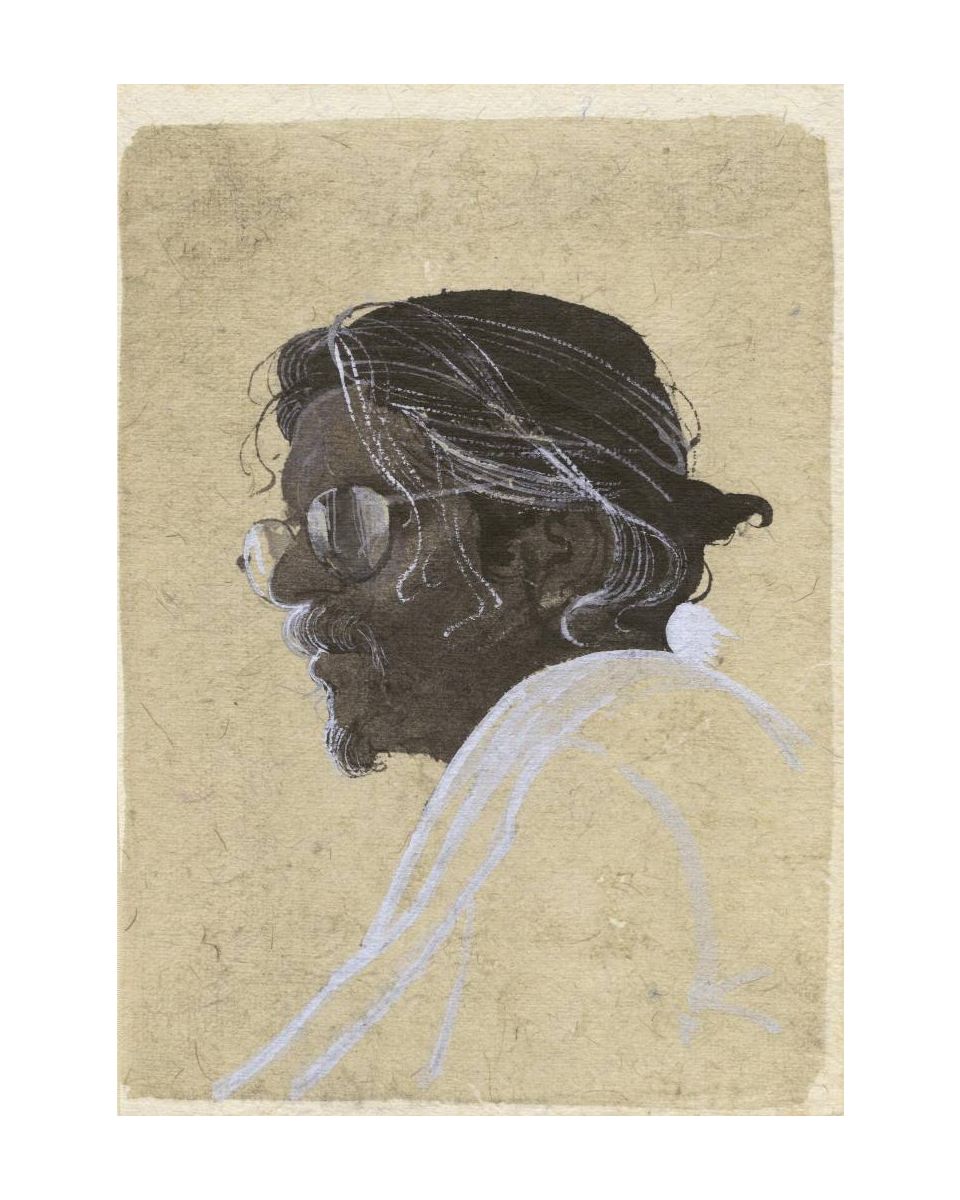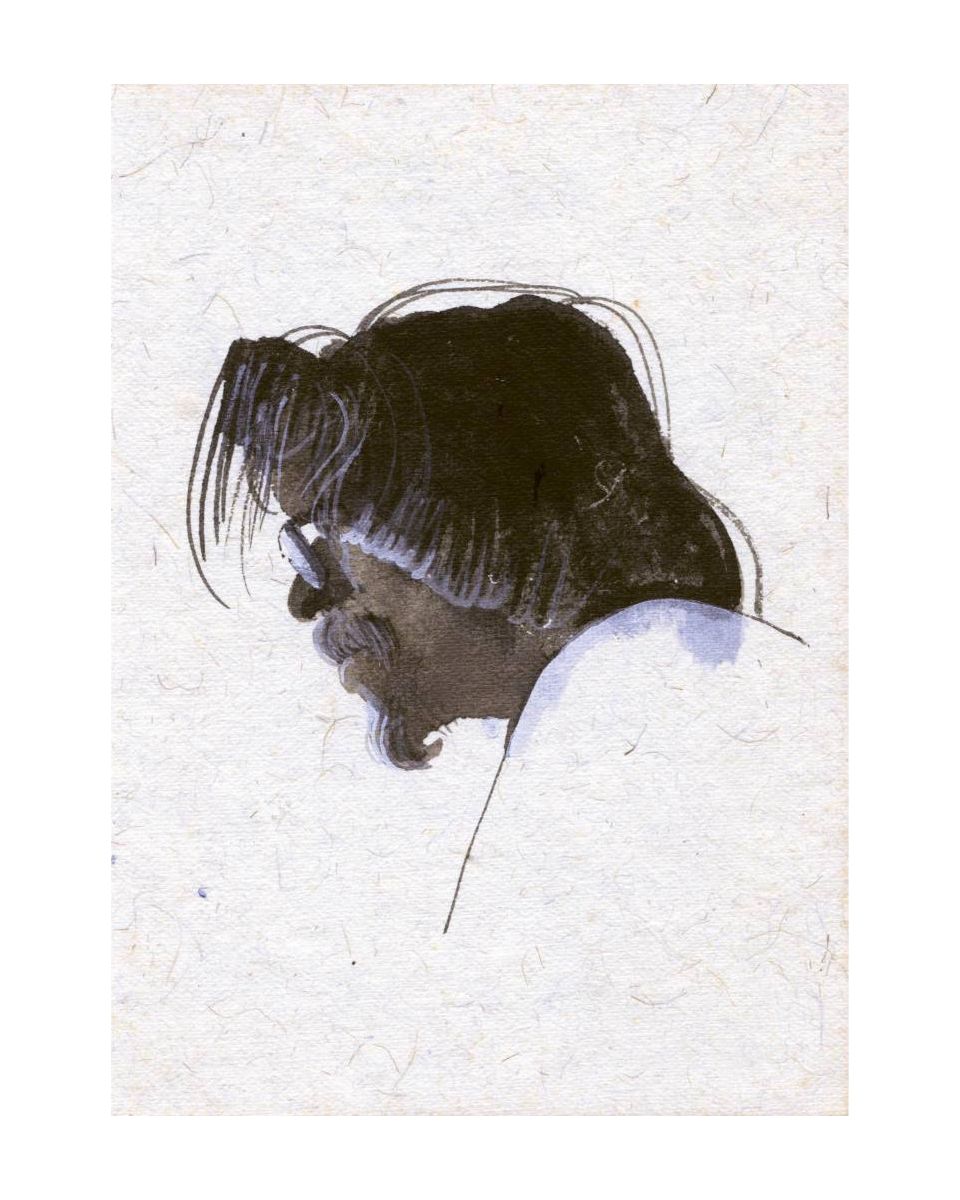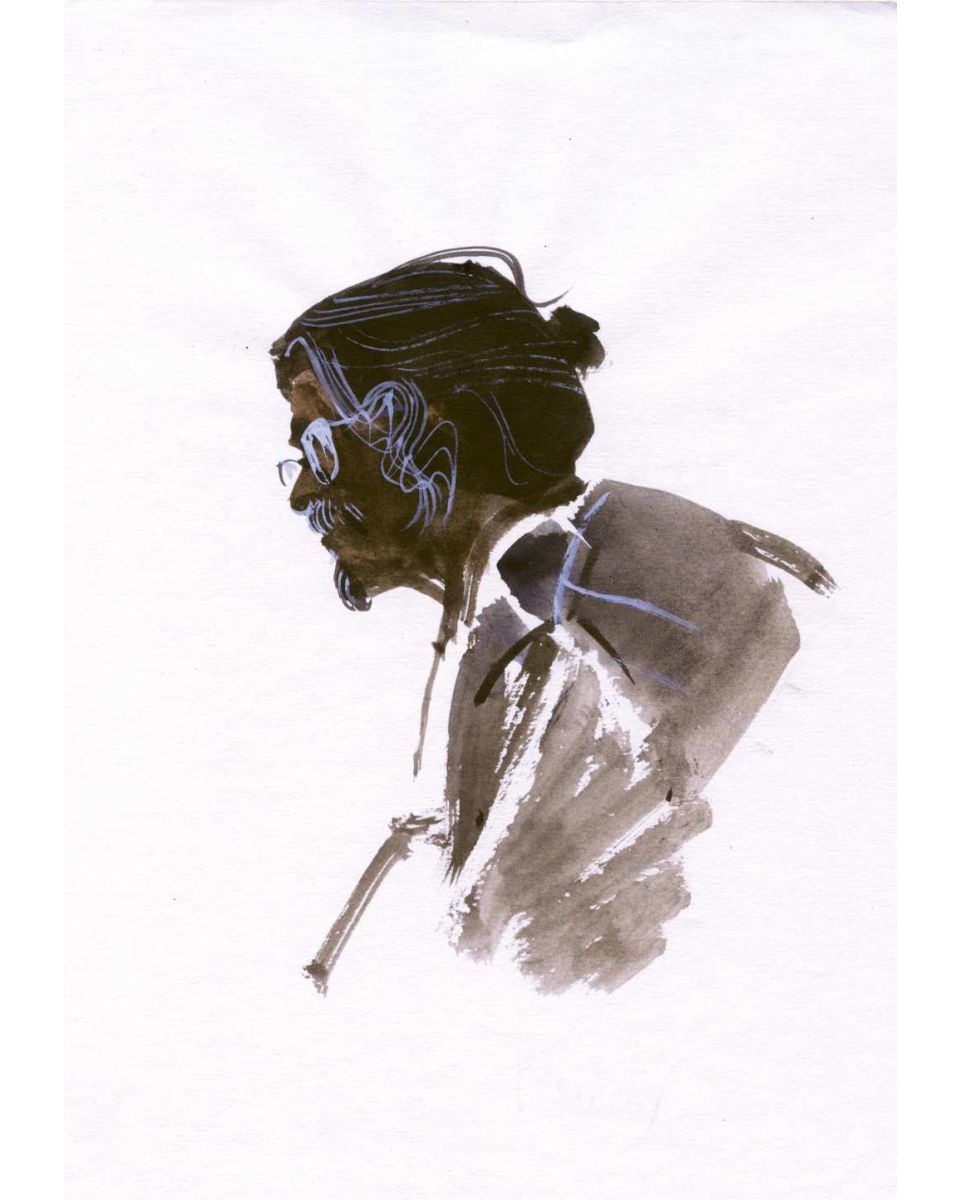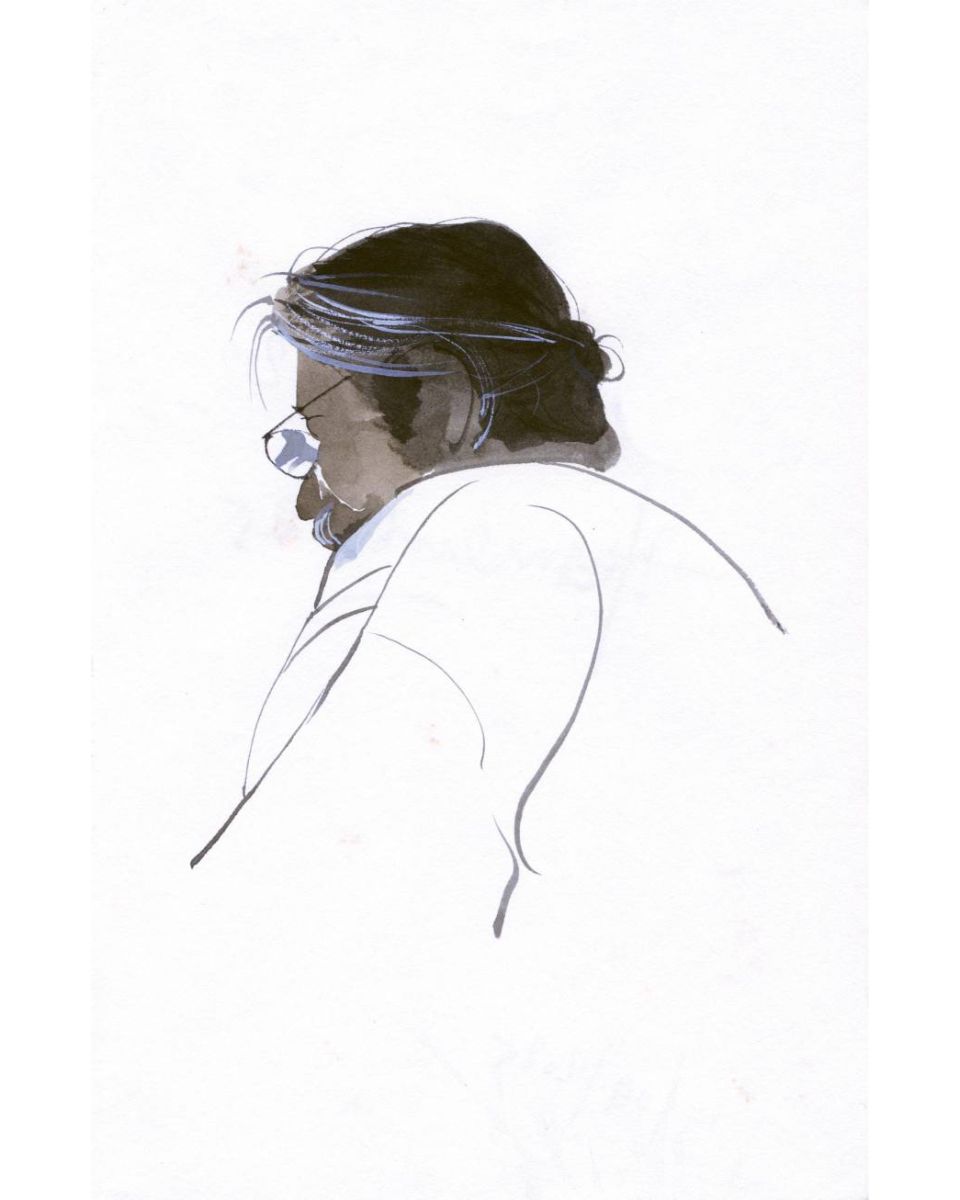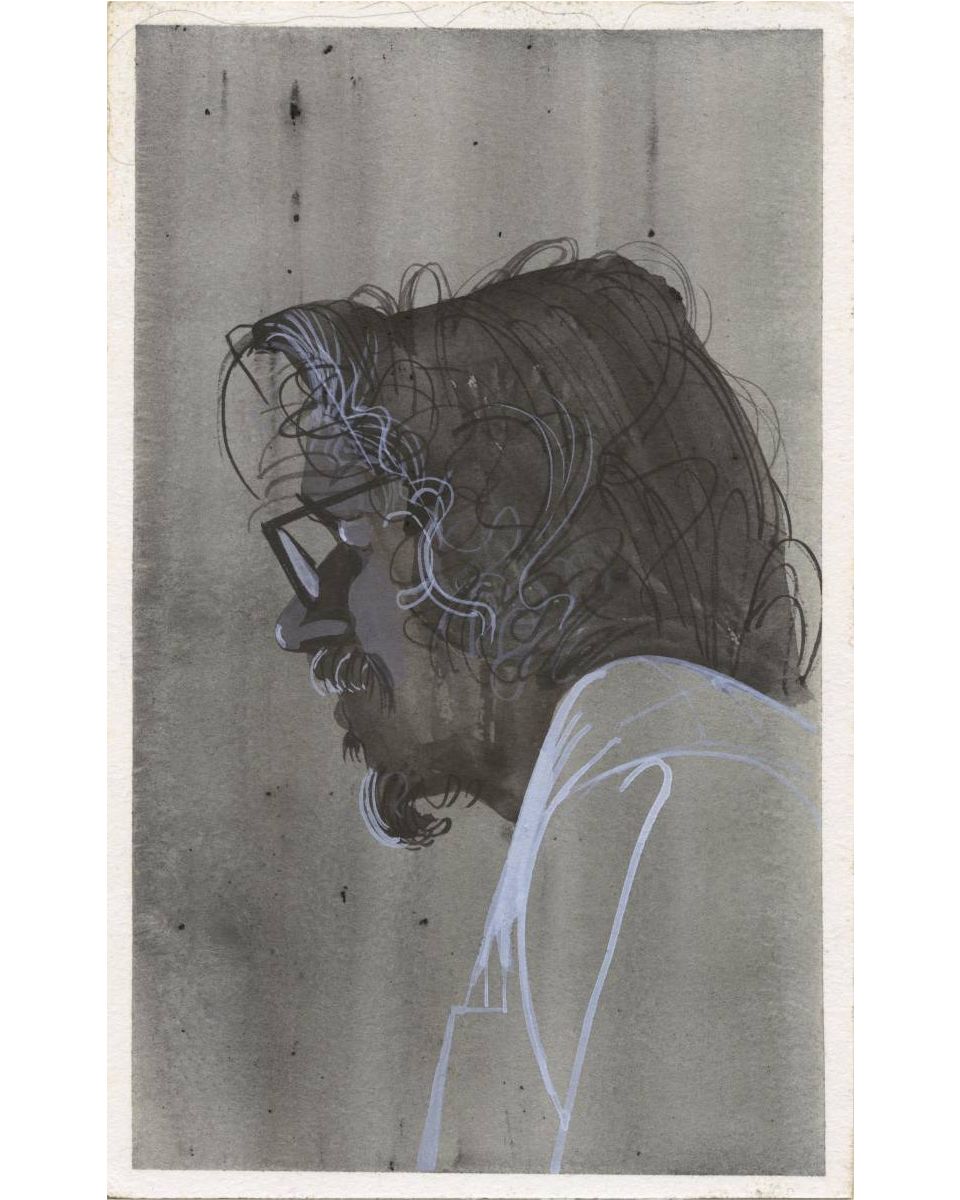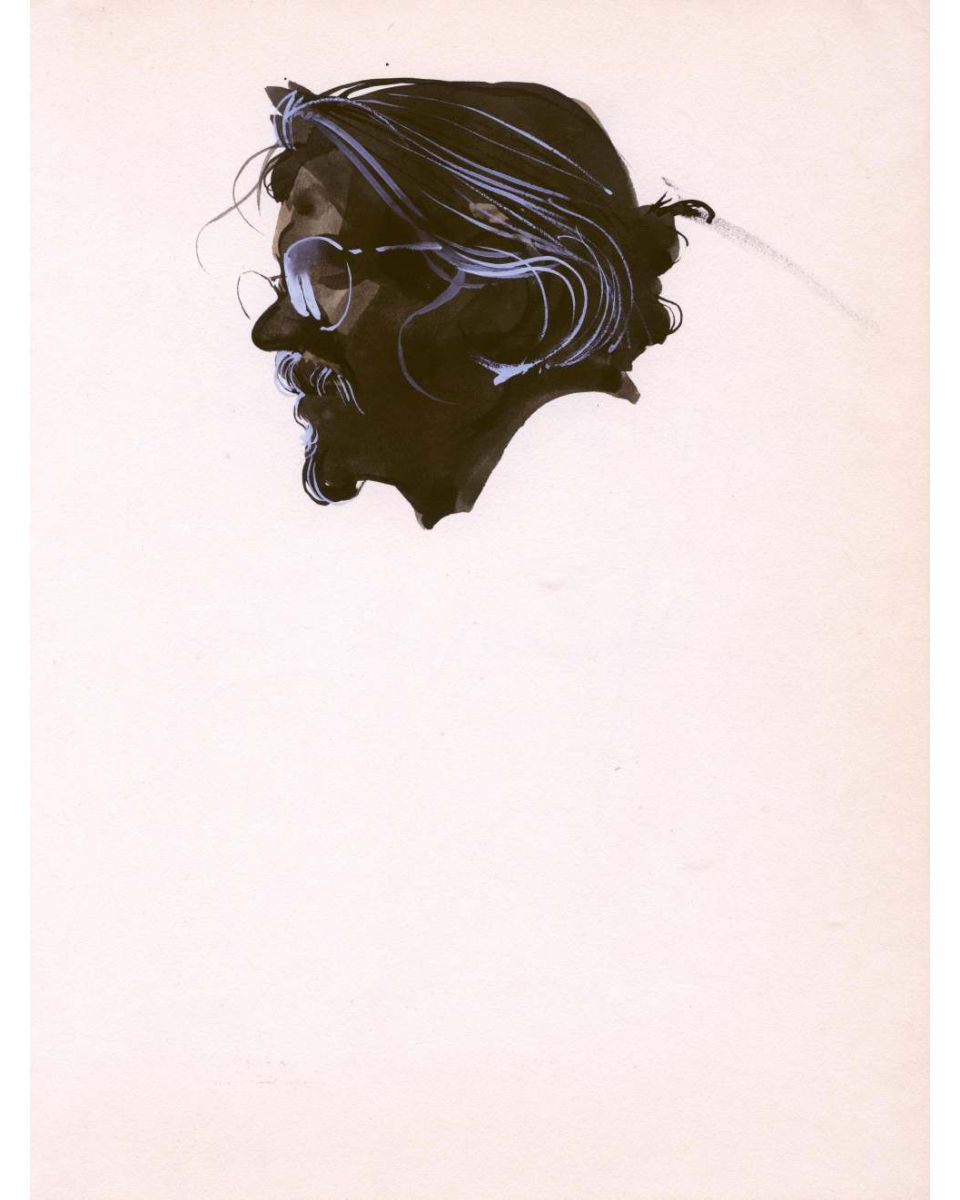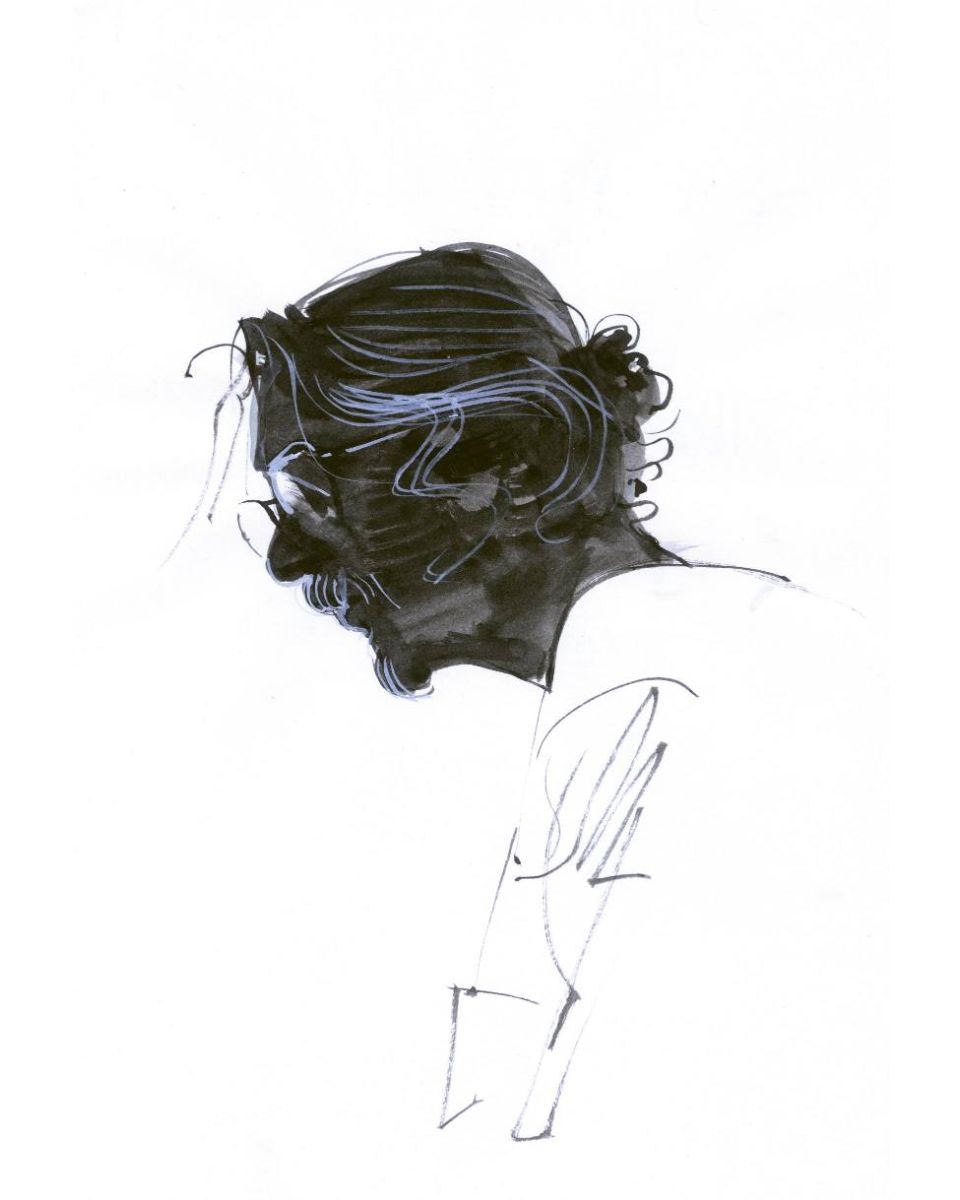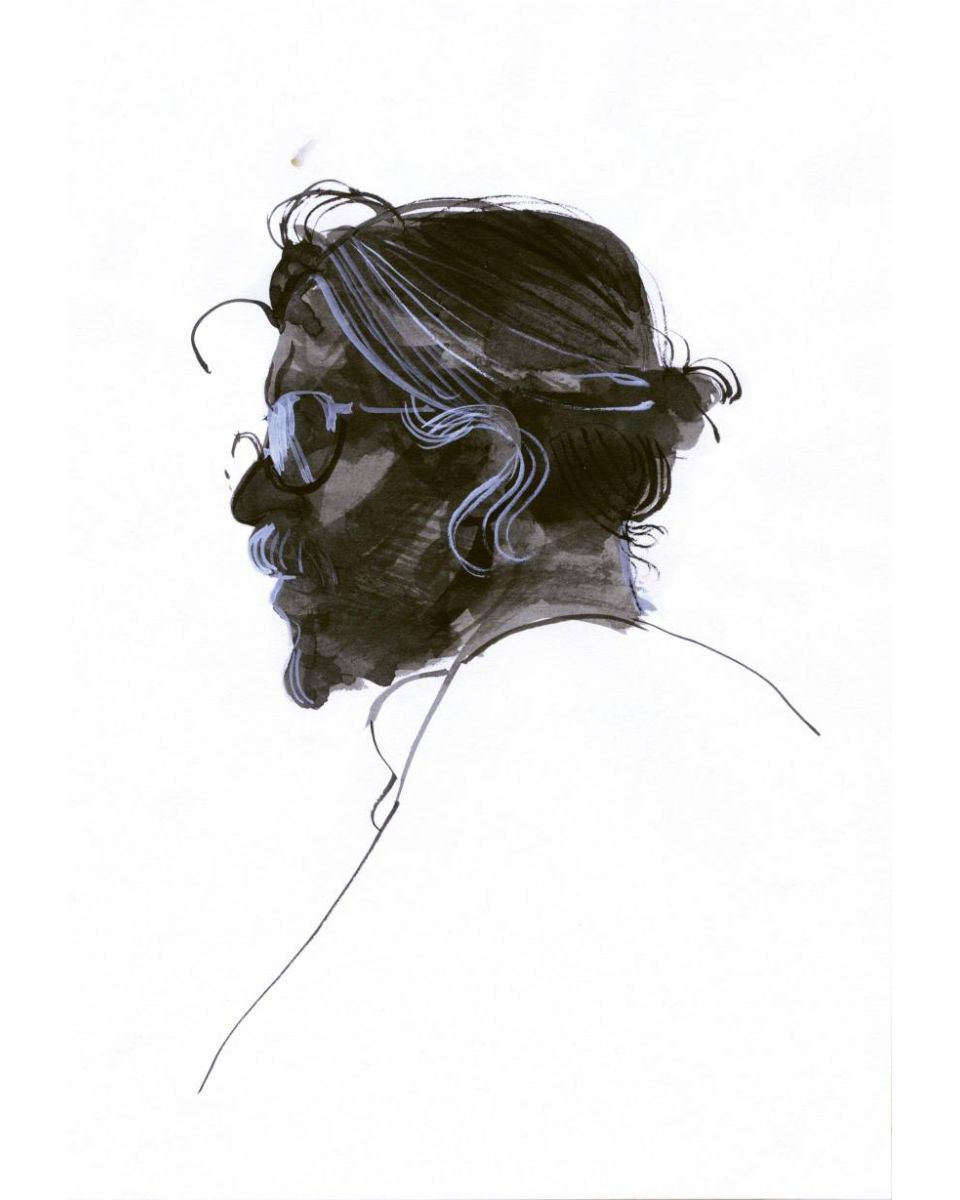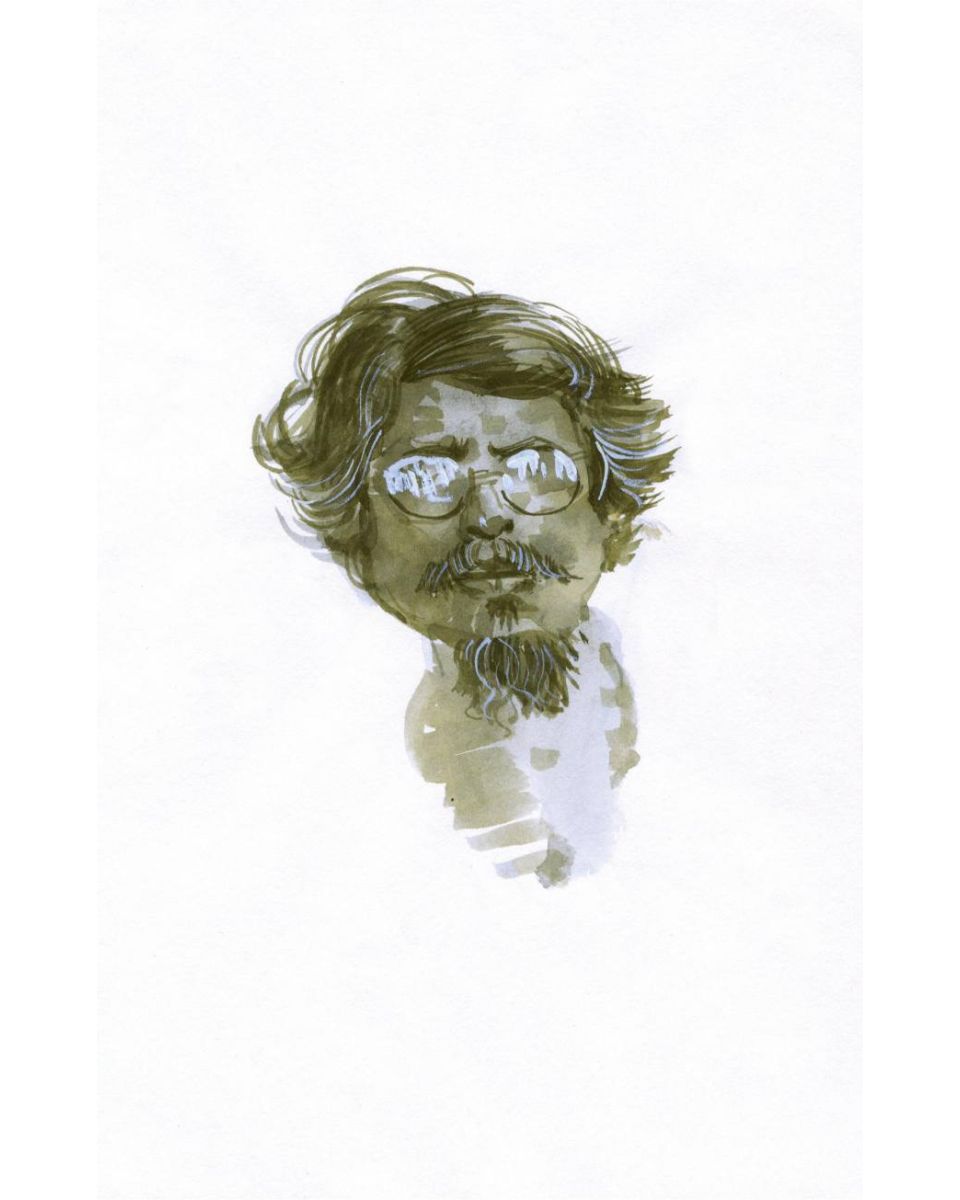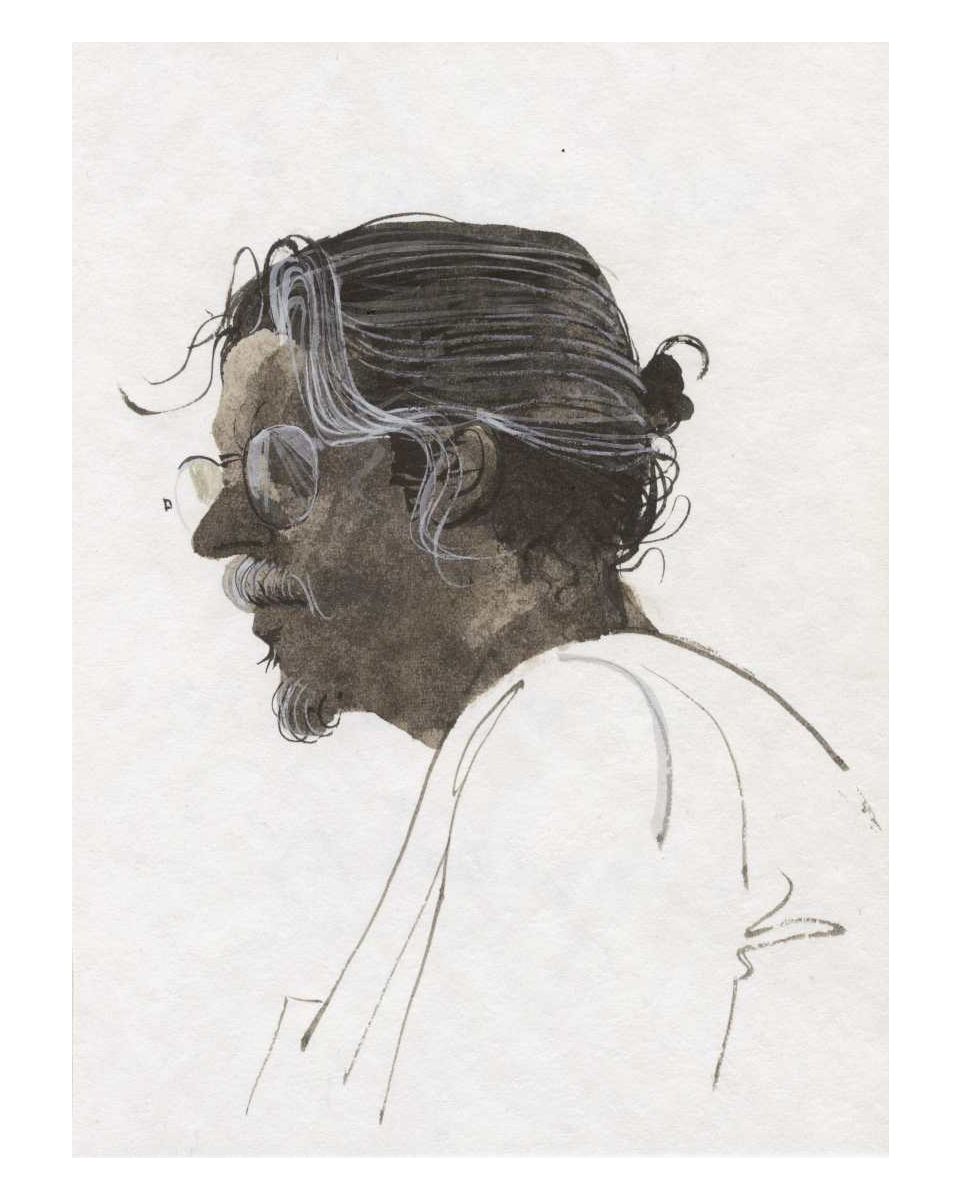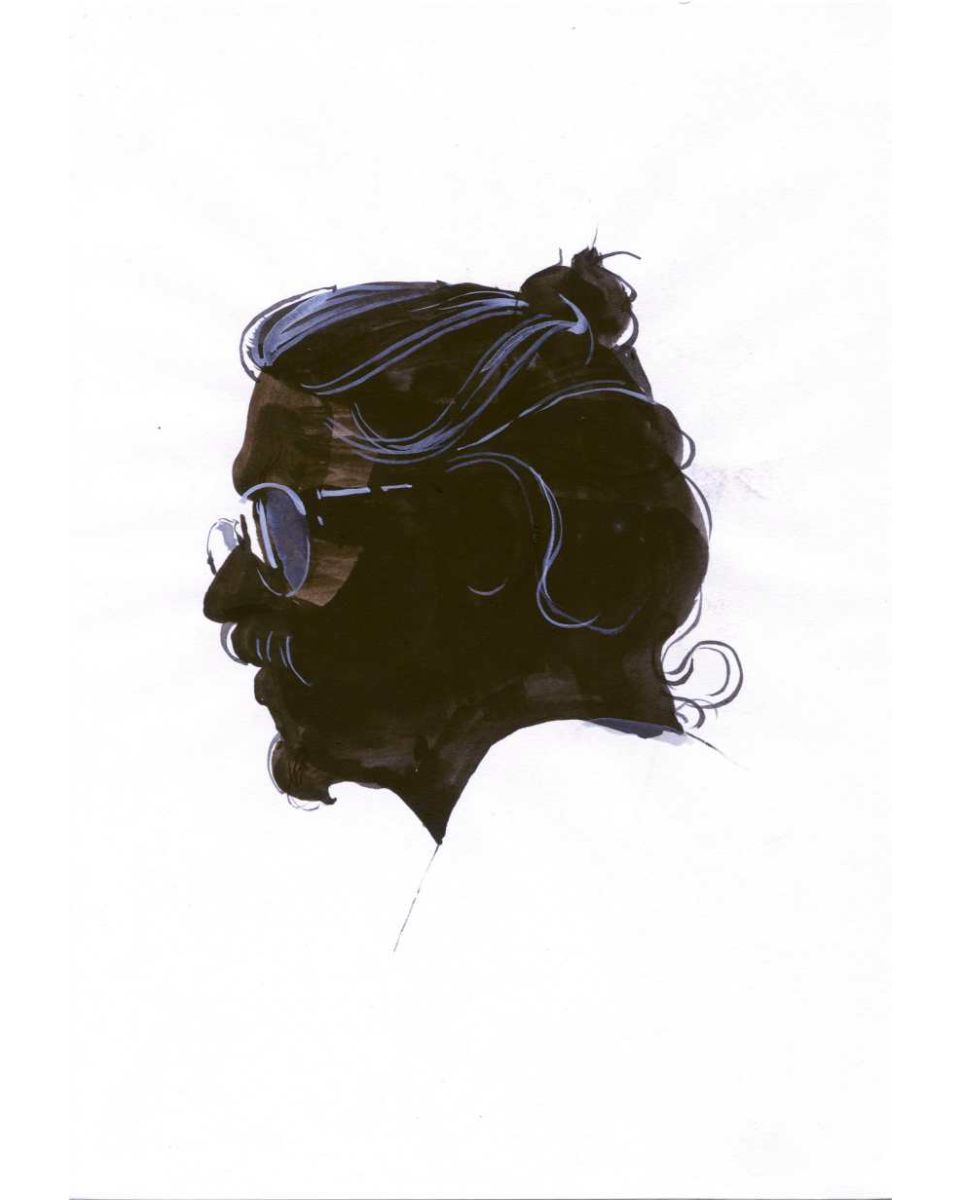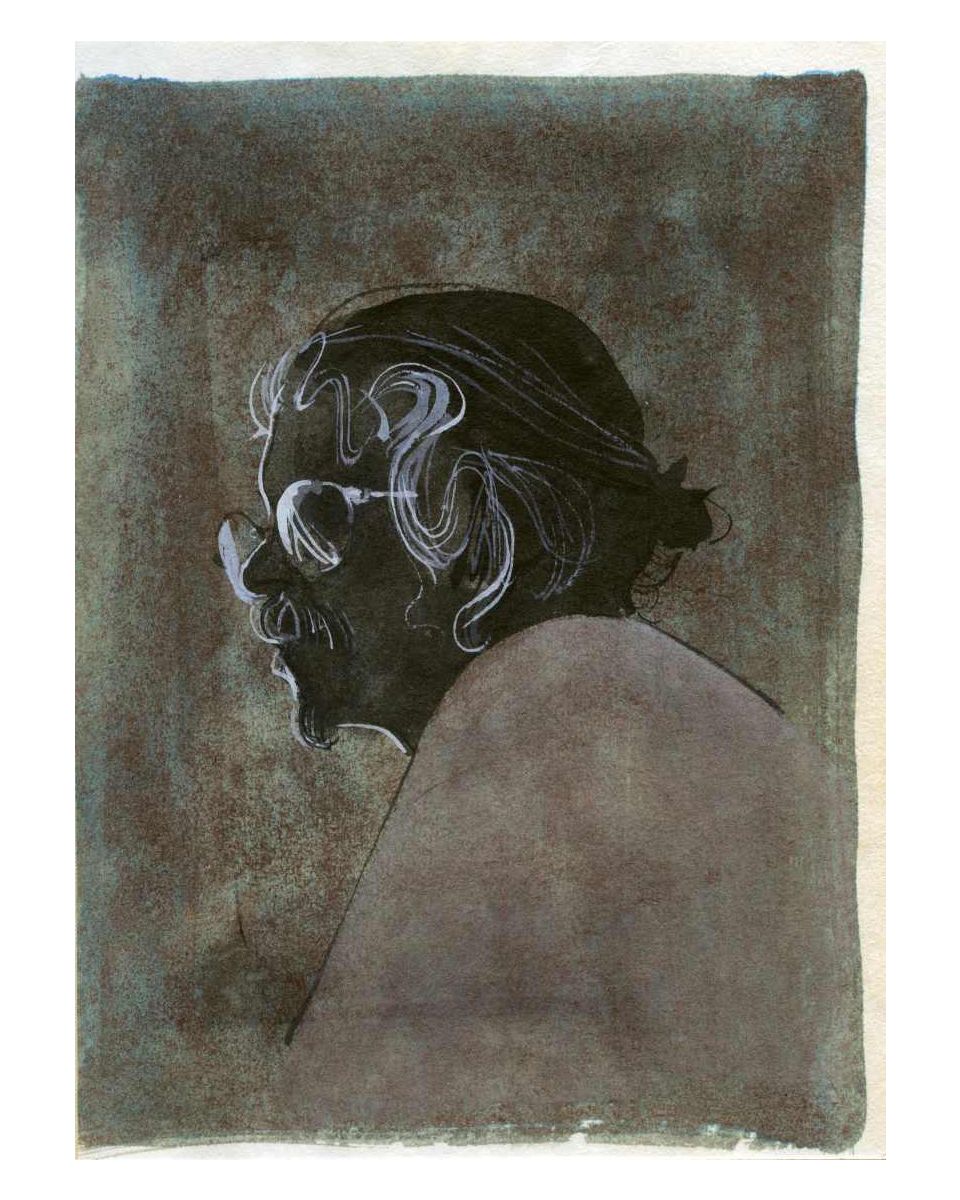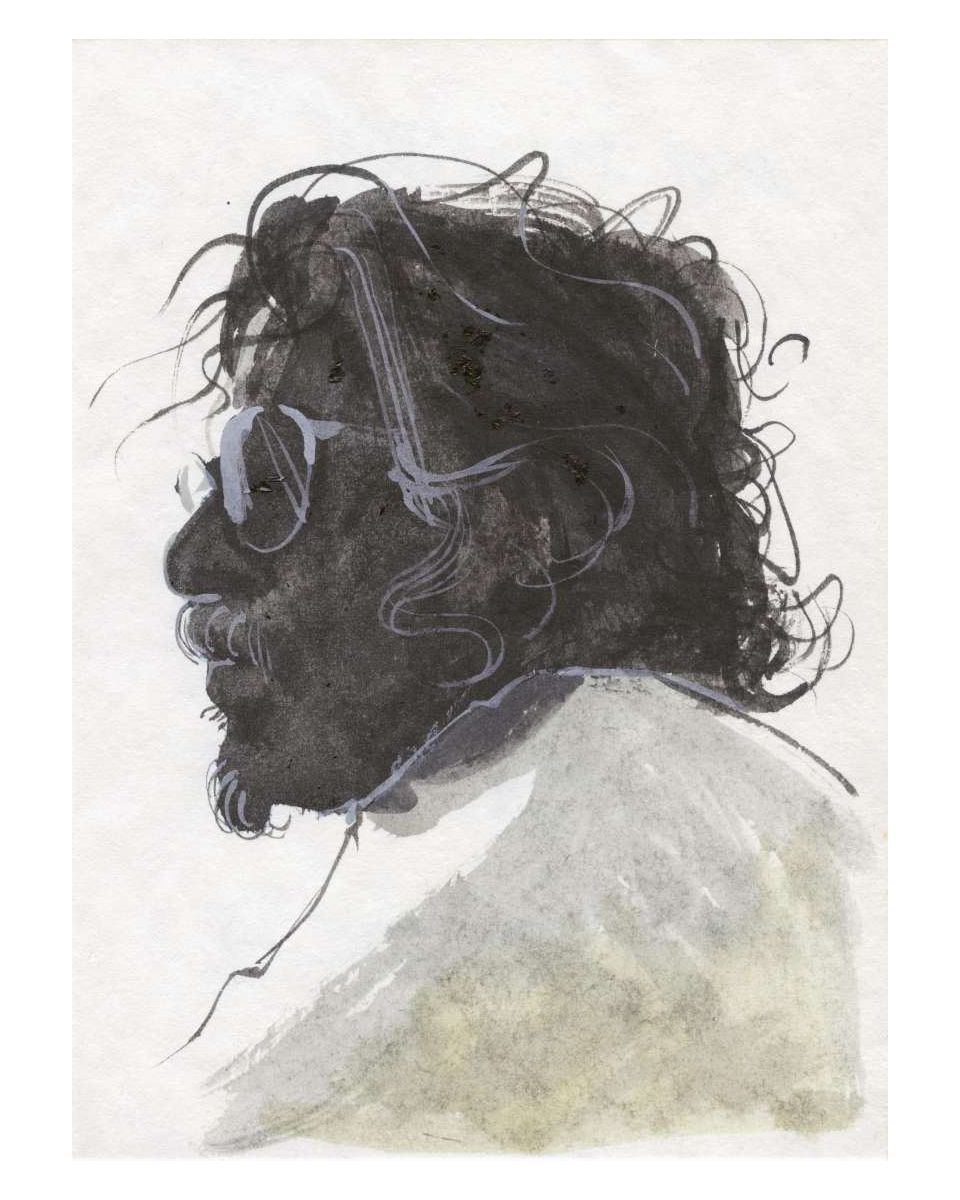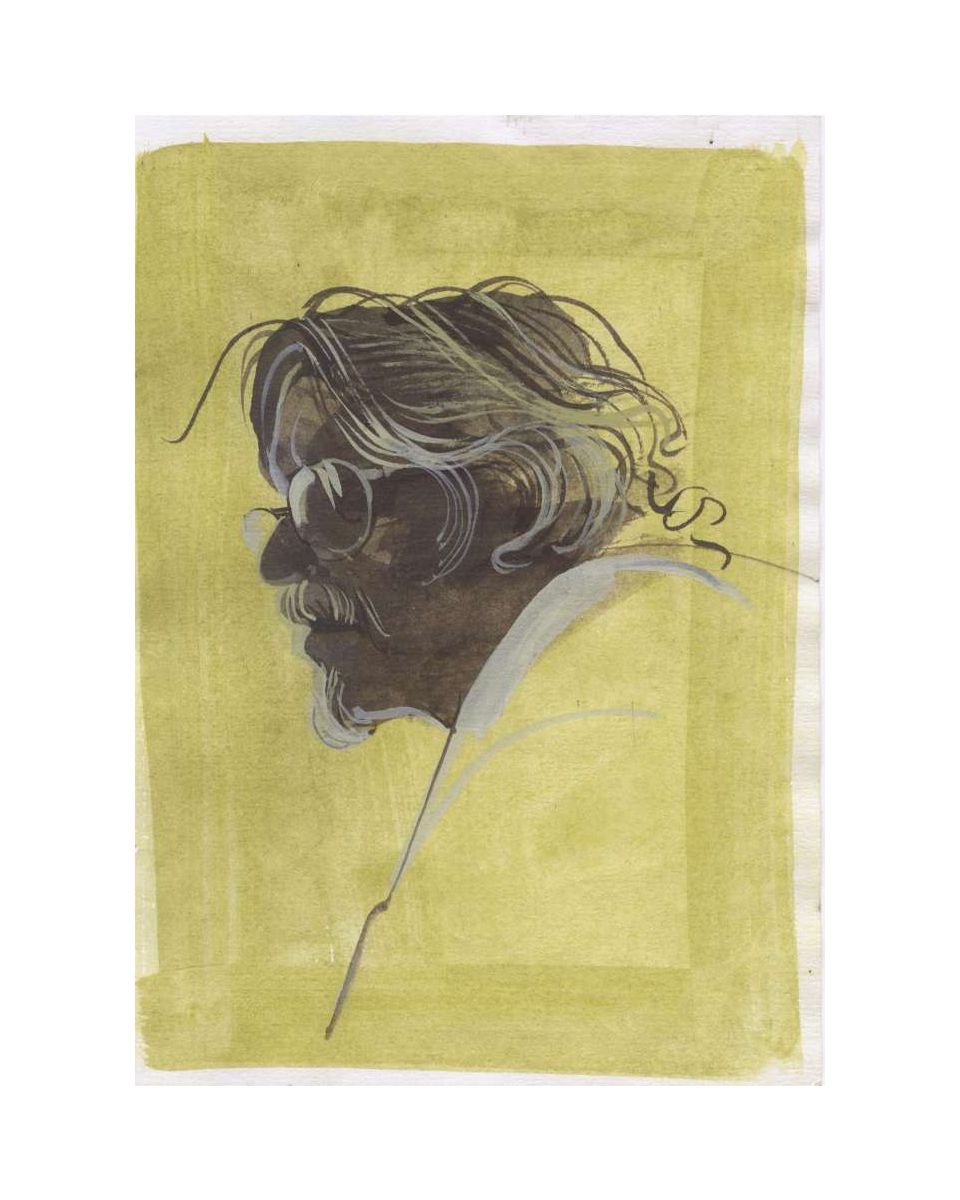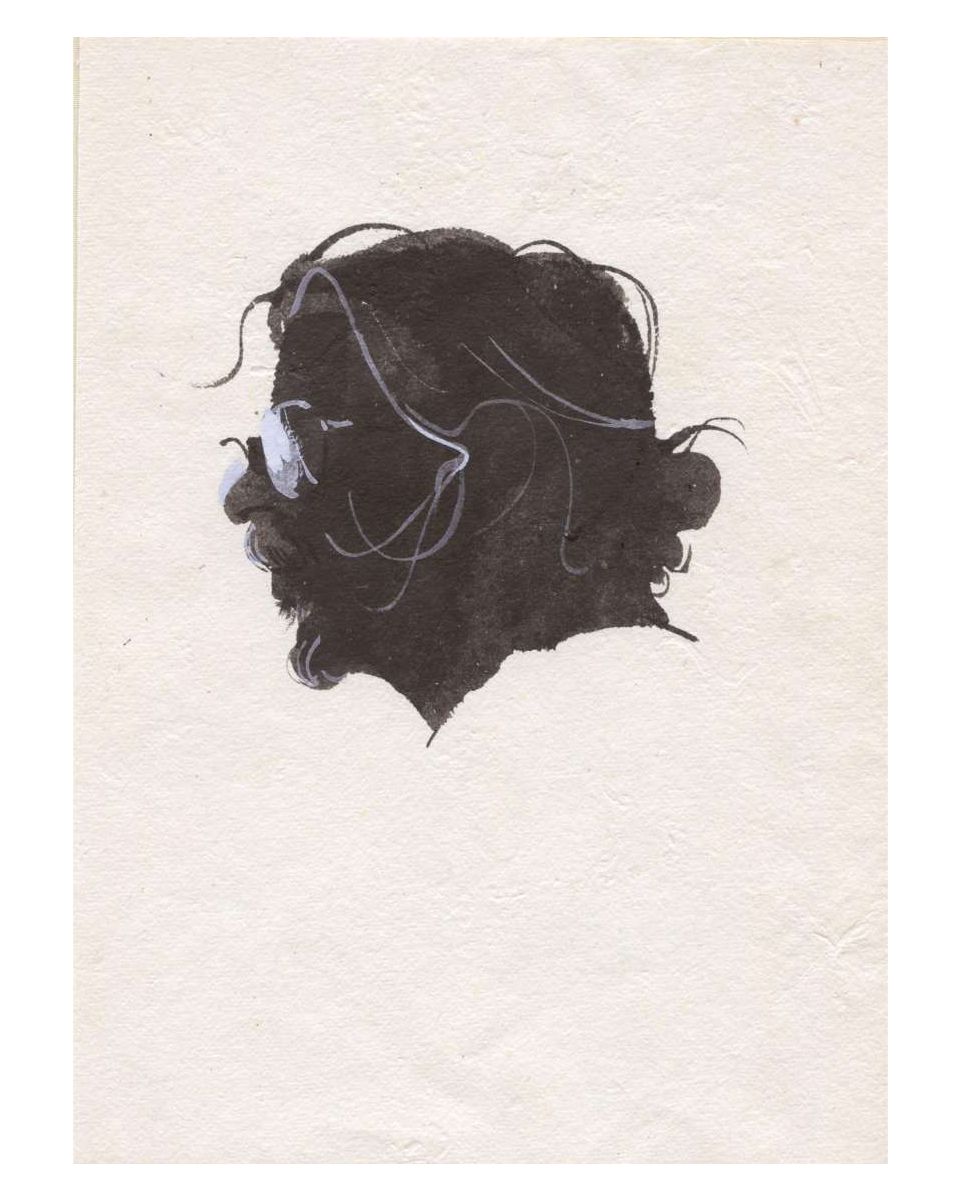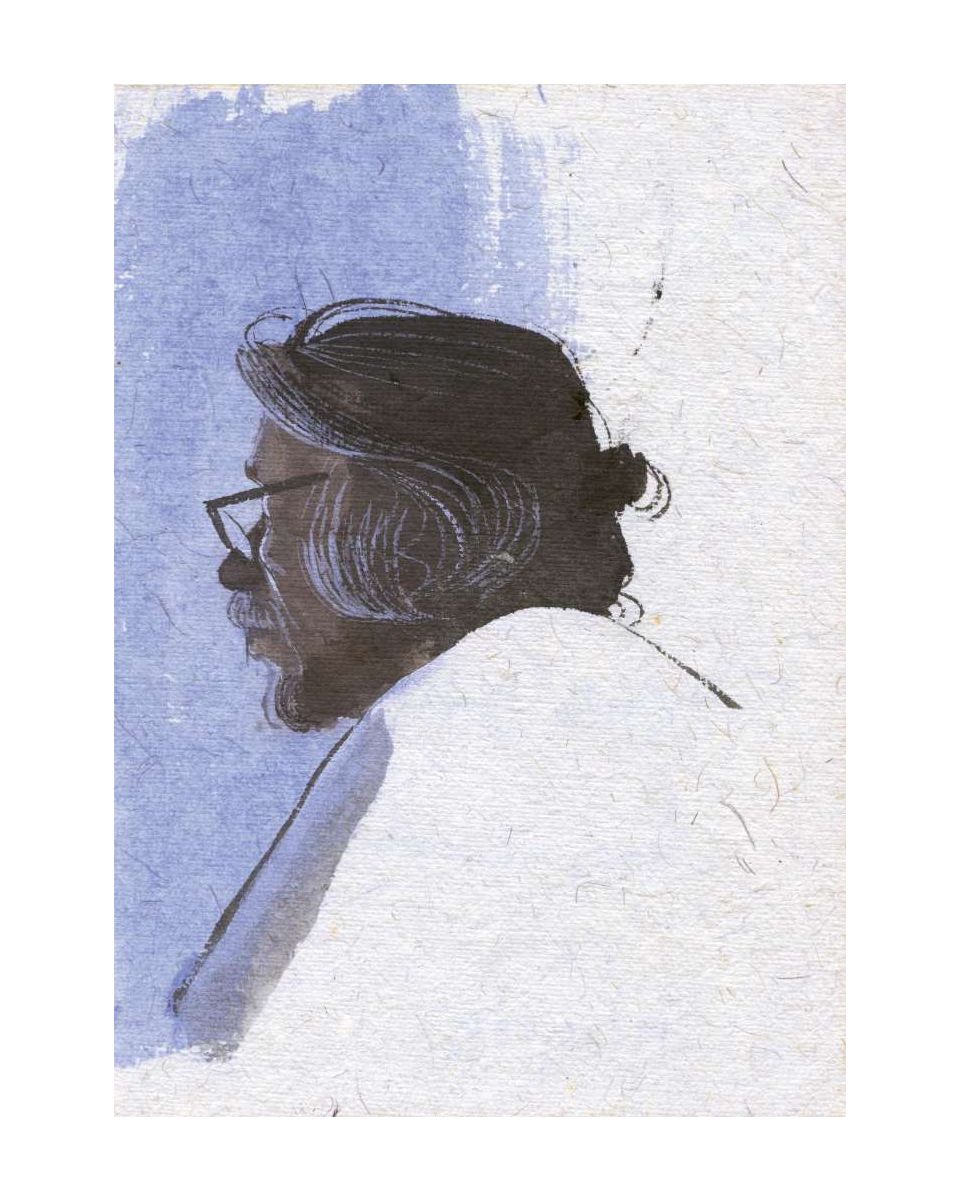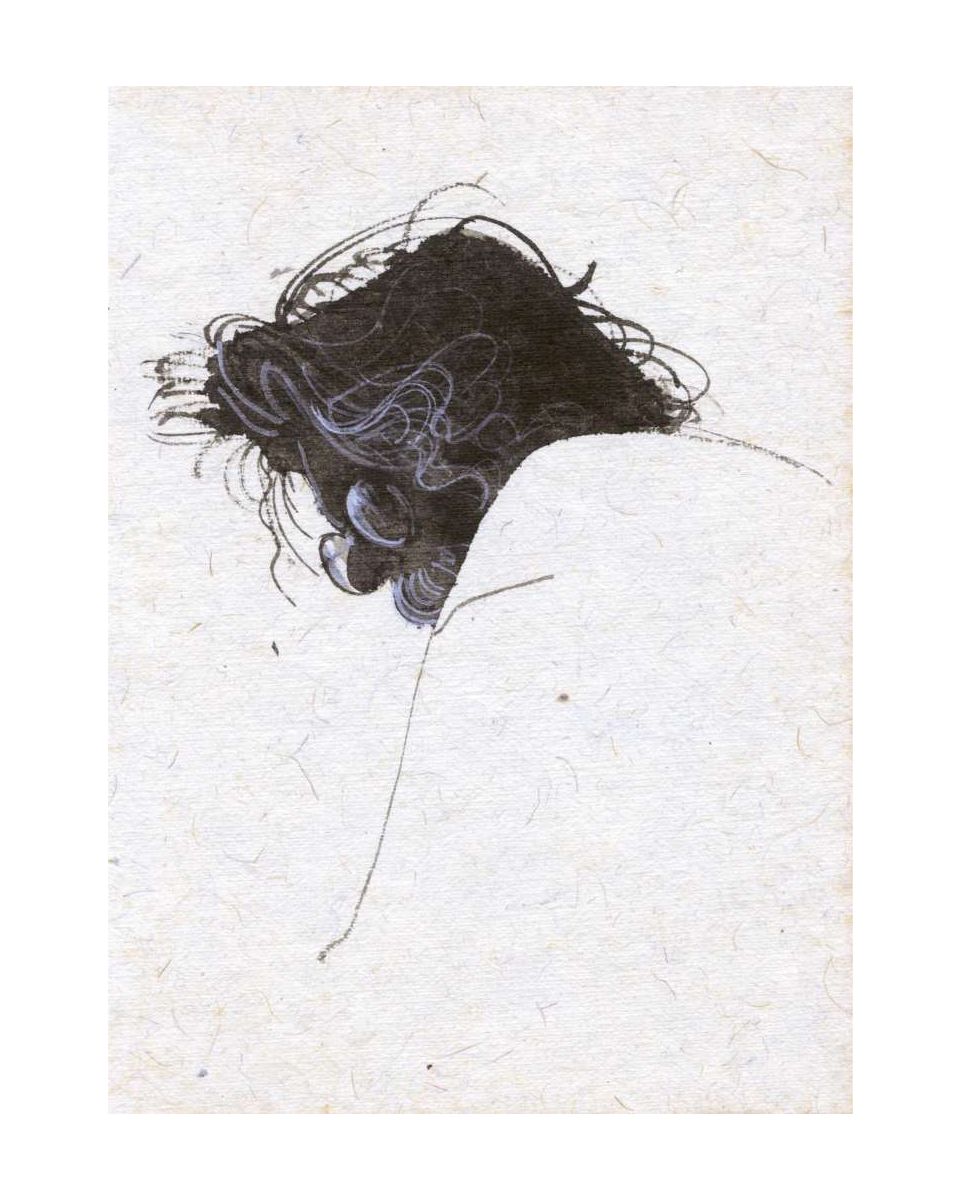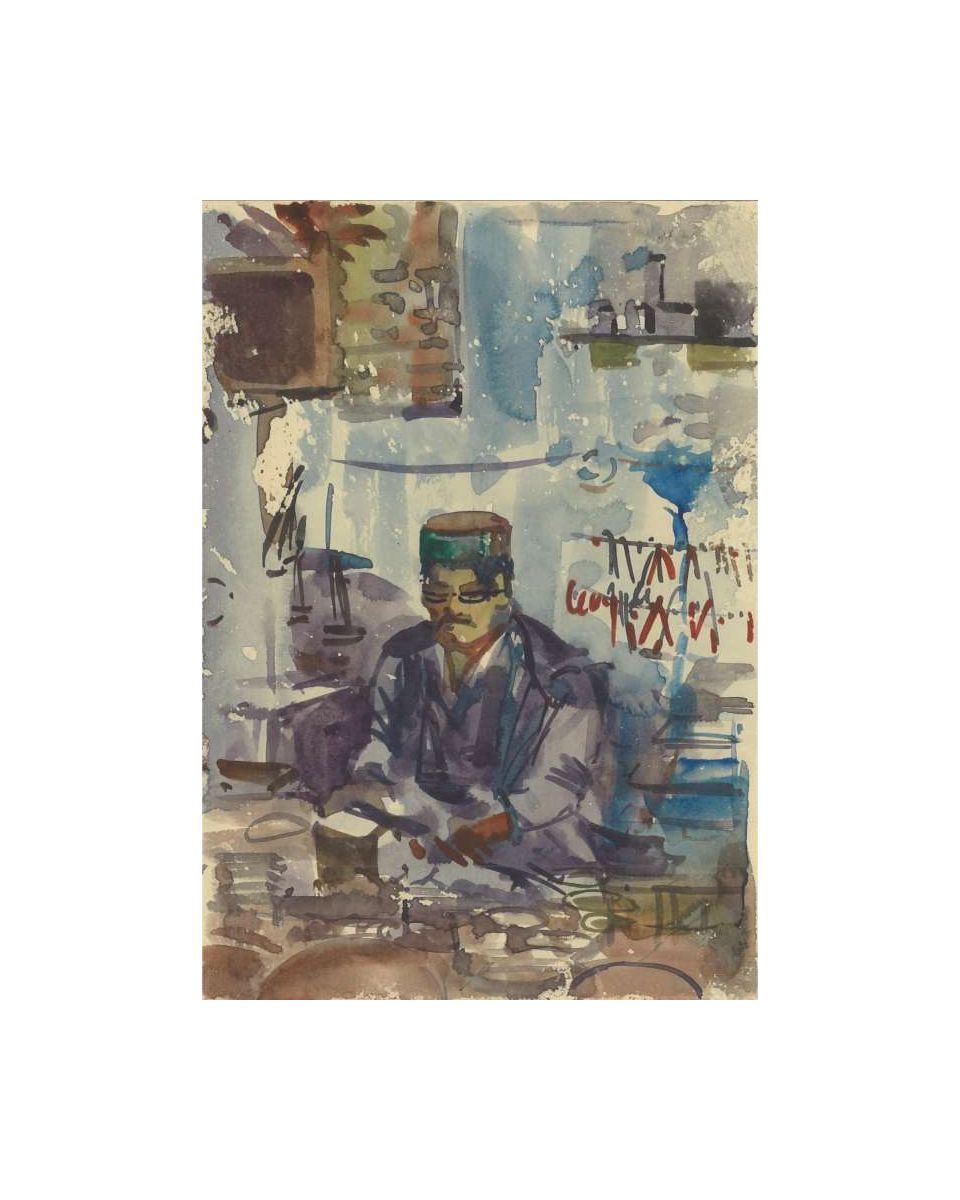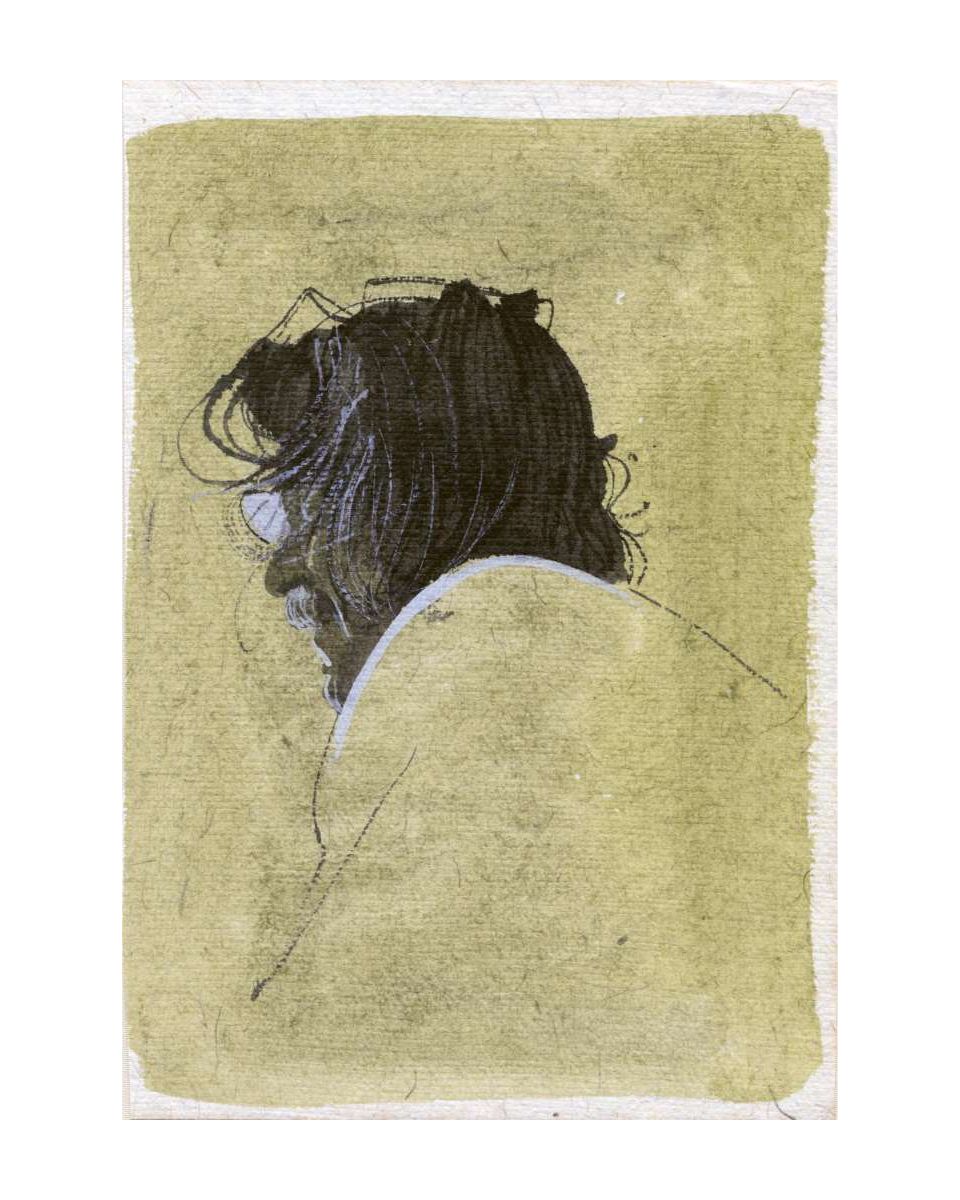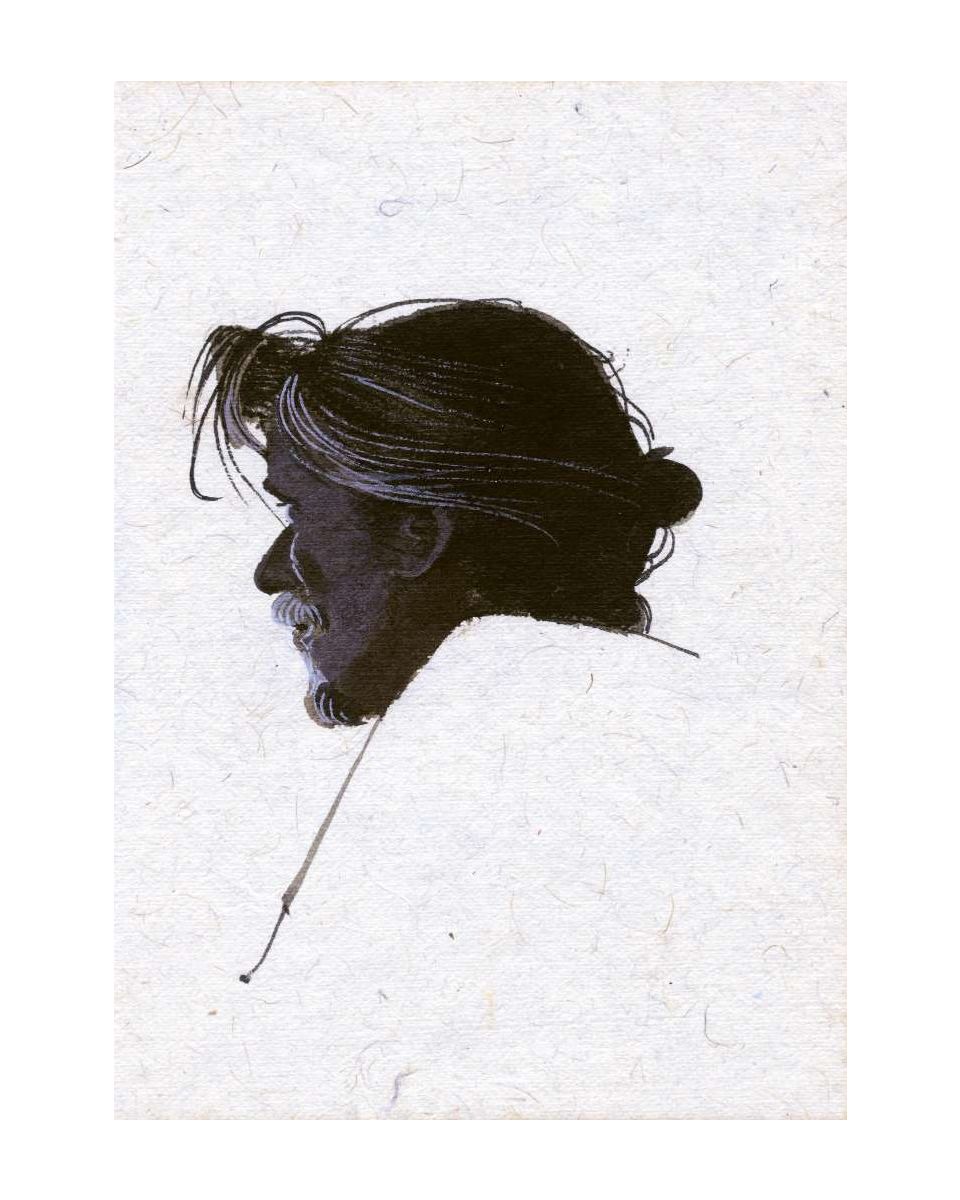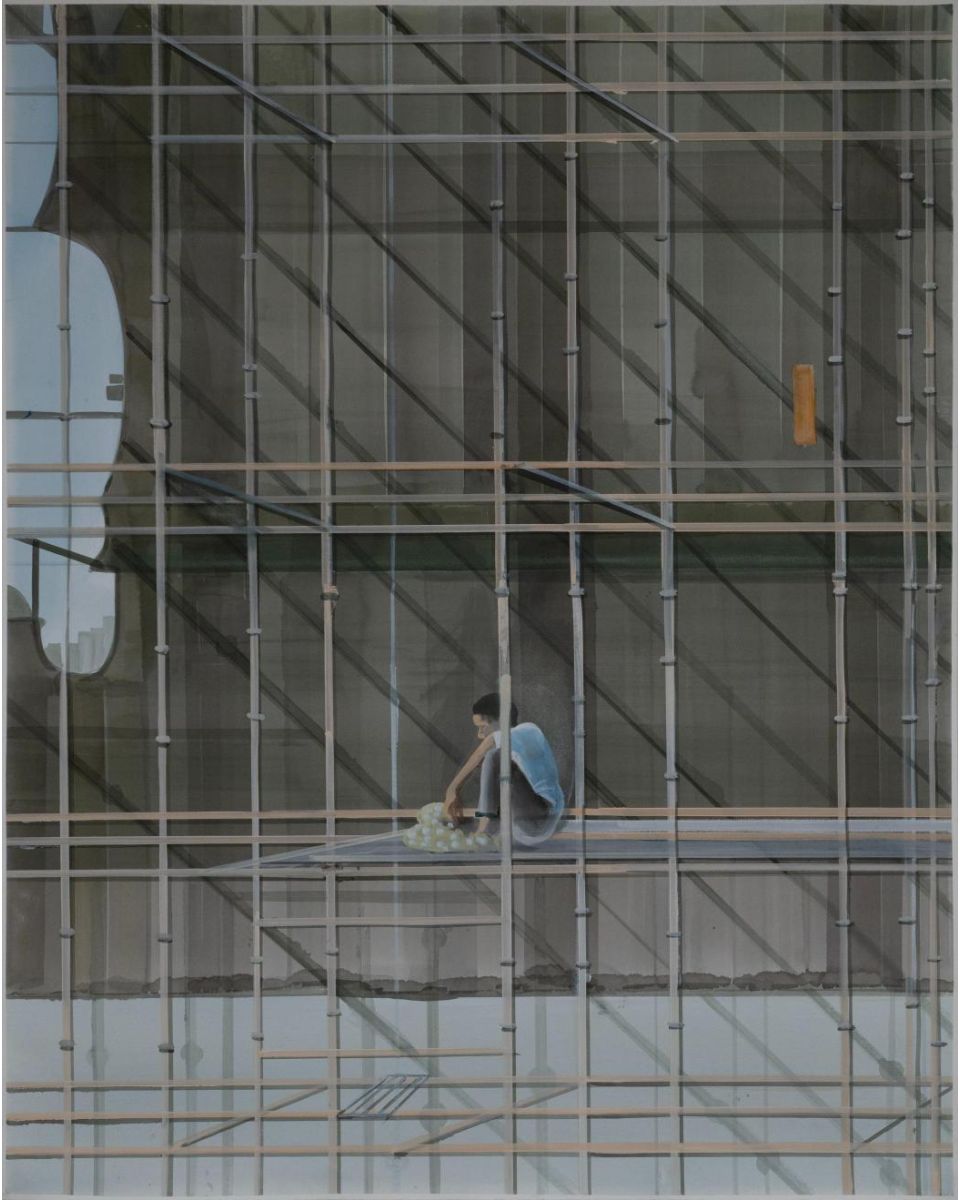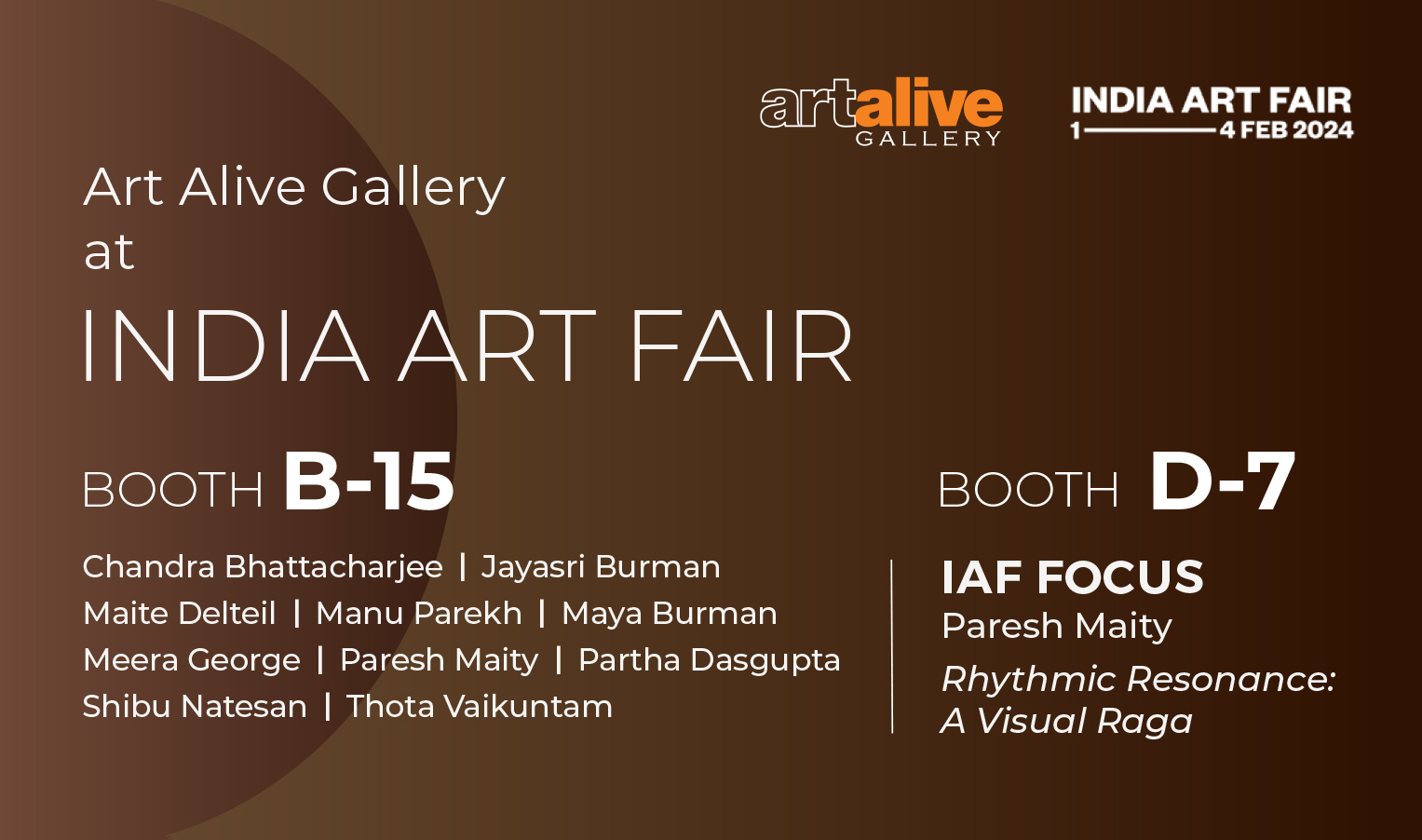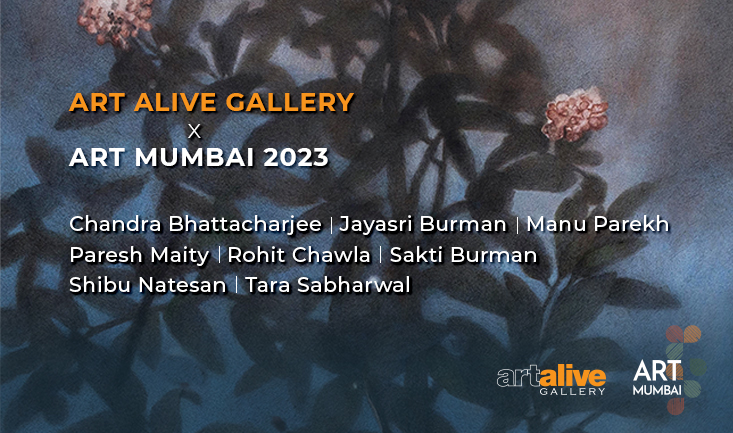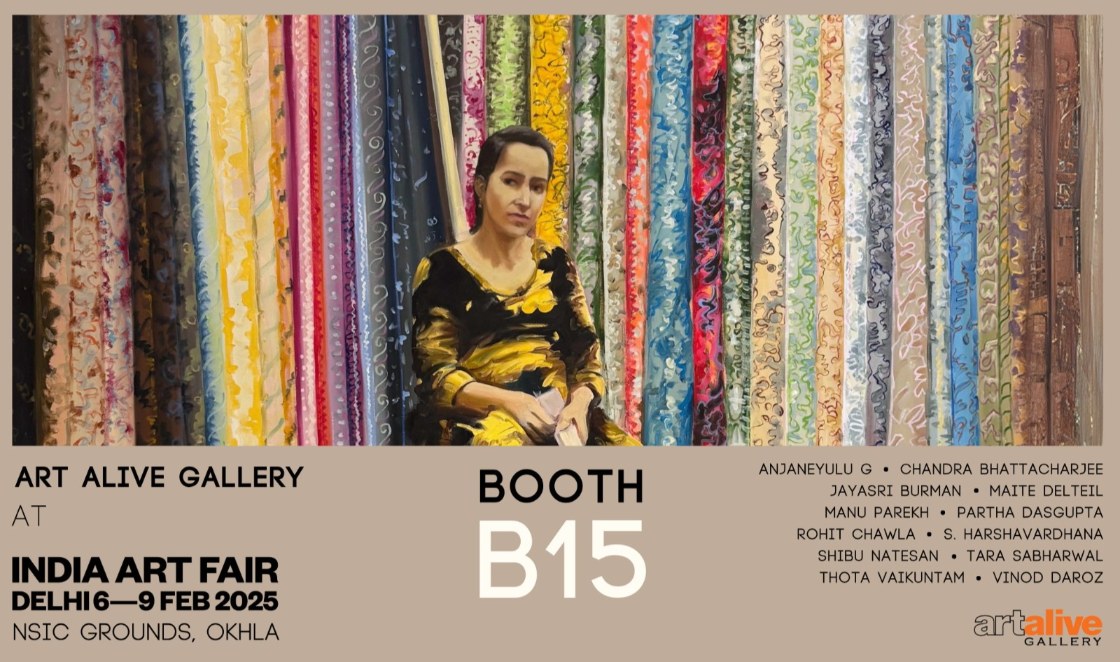Shibu Natesan
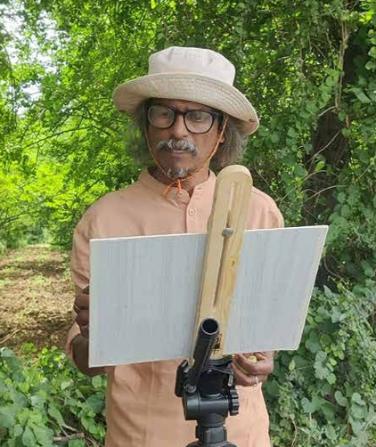
Shibu Natesan was born in Trivandrum in 1966. Painting from a young age, Natesan decided to pursue his interest in art and studied Painting at the College of Fine Arts, Trivandrum, Kerala, in the turbulent 1980s, which played a lasting role in his influences, from Latin American films and literature and the highly influential cinema of the period.
In 1989, this was followed by a Master’s Degree in Printmaking at the Faculty of Fine Arts, M.S. University, Baroda, a period in which Natesan was introduced to the narrative tendencies of the Baroda School and inspired by artists such as Bhupen Khakhar. Natesan’s early works focused on the imbalance in the dominant power structures of society, highlighted through highly photoreal art. His early influences included the photorealistic paintings of Gerhard Richter, the expressive figurative works of Richard Hamilton and Vija Celmins, as well as the broader cultural forces that influenced the Indian art world of the period.
Natesan had his first major exhibition with a series of paintings titled The Futility of Device, held at Sakshi Gallery in 1995, which “displayed [relics] in the grim chambers of memory, symbols of aggression which repeat themselves with oppressive regularity.” In 1996 1997 he was selected for a Residency at the Rijksakademie van Beeldende Kunsten in Amsterdam, where he was awarded the Uriot Prize in 1996.
In the late 1990s and early 2000s, Natesan’s work was characterised by critical responses to the political turmoil of the era, with subject matter derived from popular culture and Expressionist artworks. Marked by characteristic photorealism, glossy finishes and metallic paint, his works of this period encouraged the viewer to focus their gaze so as to address their own beliefs, ranging from the sociopolitical to the religious to the issues of migration.
This was followed by a turn away from photographic art, with a slow transition into plein air and still life painting. Natesan’s recent works are primarily landscapes and still lifes, with attention given to the painterly aspects of the genres as light, shadow, and atmosphere in the manner of 19th- and early-20th-century European Impressionists, whom he is inspired by. Natesan makes a study of the changing conditions that he paints with an eye that is almost photographic, and transfers the serenity that he says painting gives him into his brushstrokes.
Natesan’s work has been exhibited widely both in India and internationally. He has held solo exhibitions with international galleries such as Grosvenor Gallery, London; Aicon Gallery, New York; Jack Shainman Gallery, New York; and Galerie Nanky de Vreeze, Amsterdam.
Some of his major participations and international shows include Sightings: Out of the Wild, curated by Roobina Karode, Kiran Nadar Museum of Art, 2019; Bhupen Khakhar’s Contemporaries: India 1960-2016, Grosvenor Gallery, London, 2016; Mapmakers II: The Evolution of Contemporary Indian Art, Aicon Gallery, New York, 2013; Art for Humanity.
CSMVS, Mumbai, 2012; Of Gods and Goddesses: Cinema, Cricket: The New Cultural Icons of India, curated by Arshiya Lokhandwala, Jehangir Art Gallery, Mumbai, 2011; Parallel Realities, The Fukuoka Asian Art Triennale, Japan, 2005; ARS 01: Unfolding Perspectives, Museum of Contemporary Art Kiasma, Helsinki, Finland, 2002; Pictures of Pictures, curated by Lynda Morris, Arnolfini Gallery, Bristol, Norwich Gallery, Norwich, England; among others.



